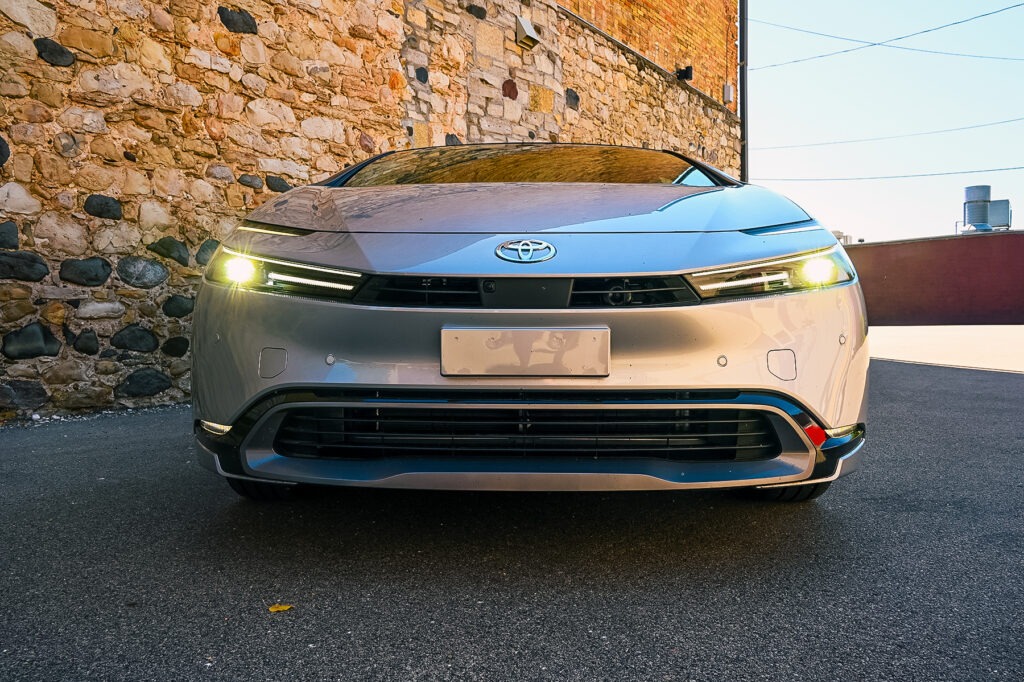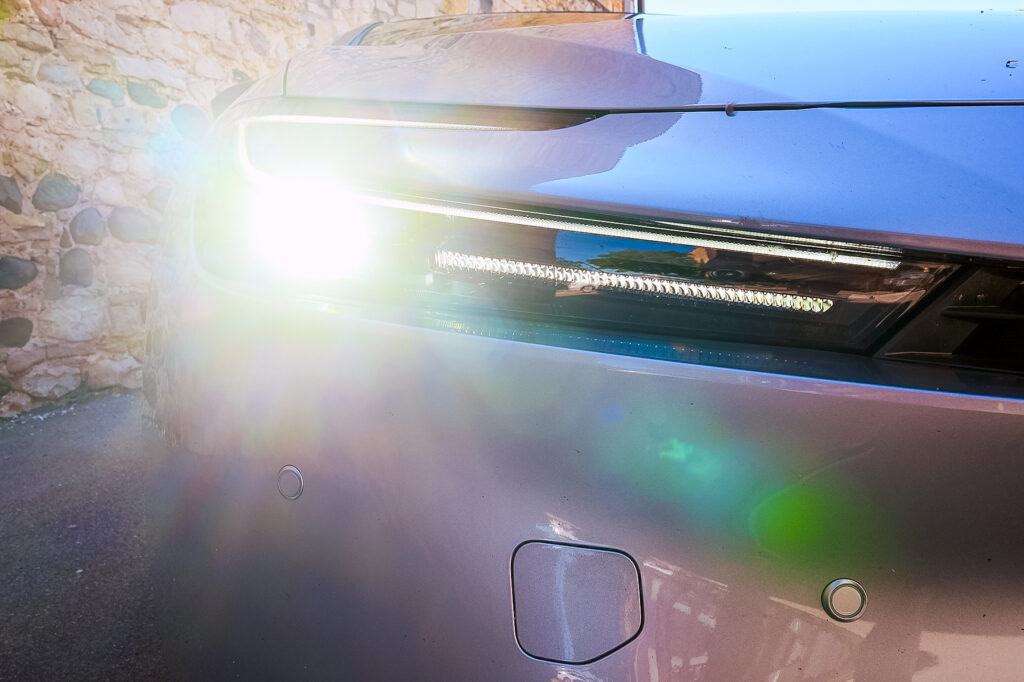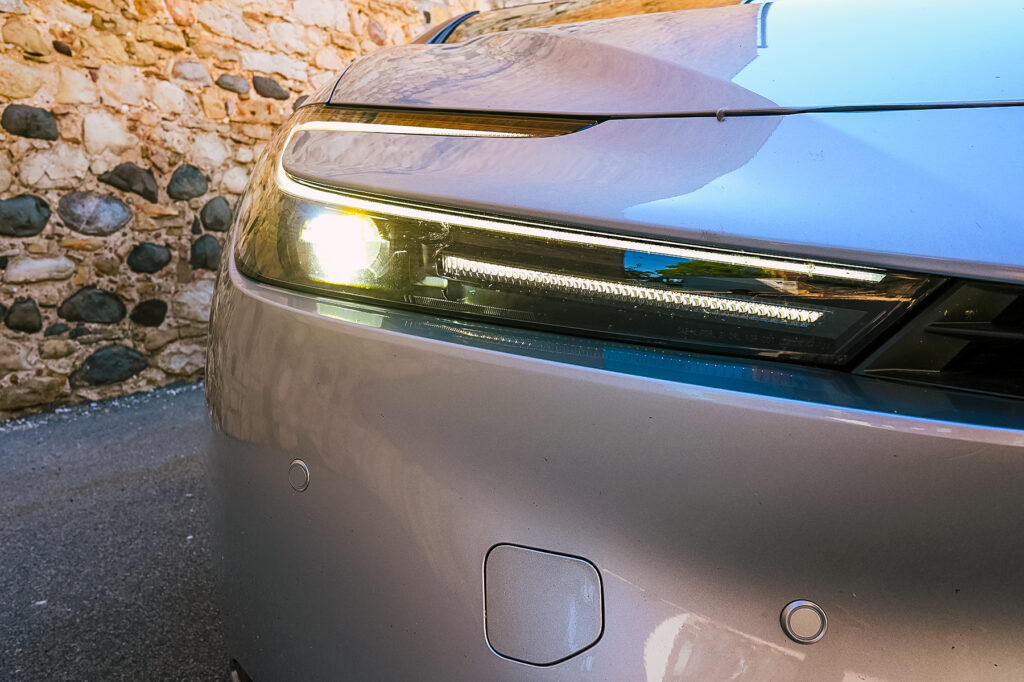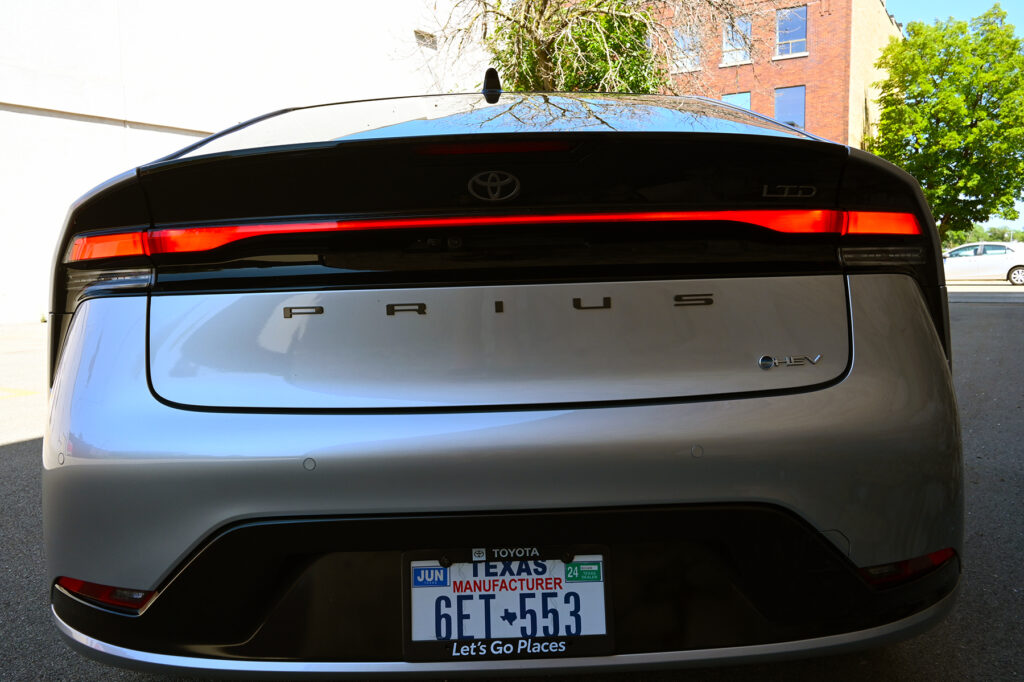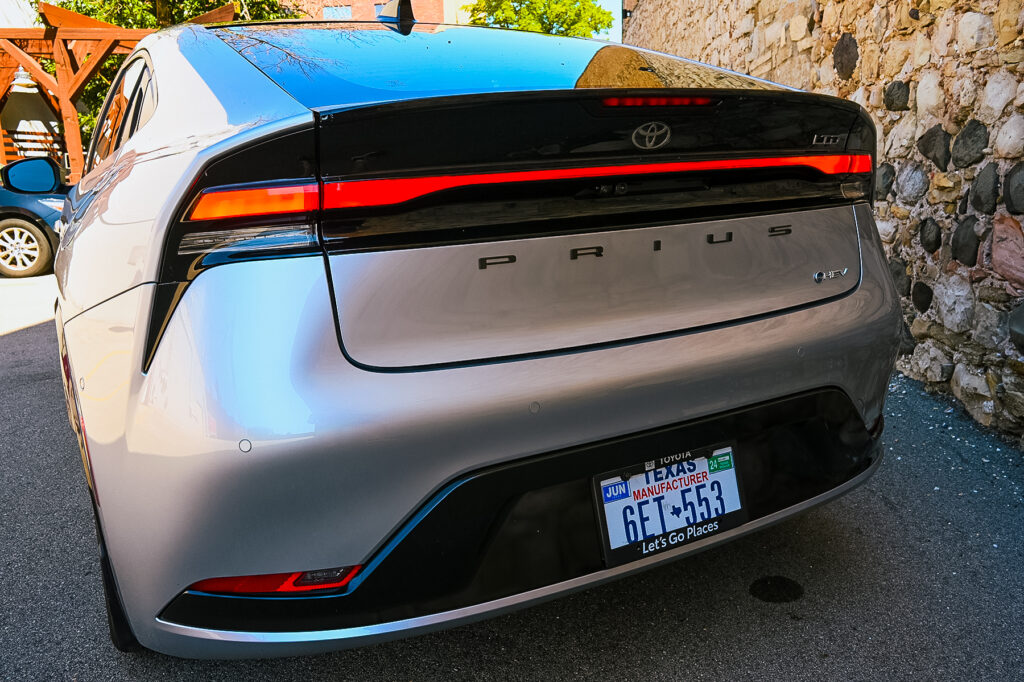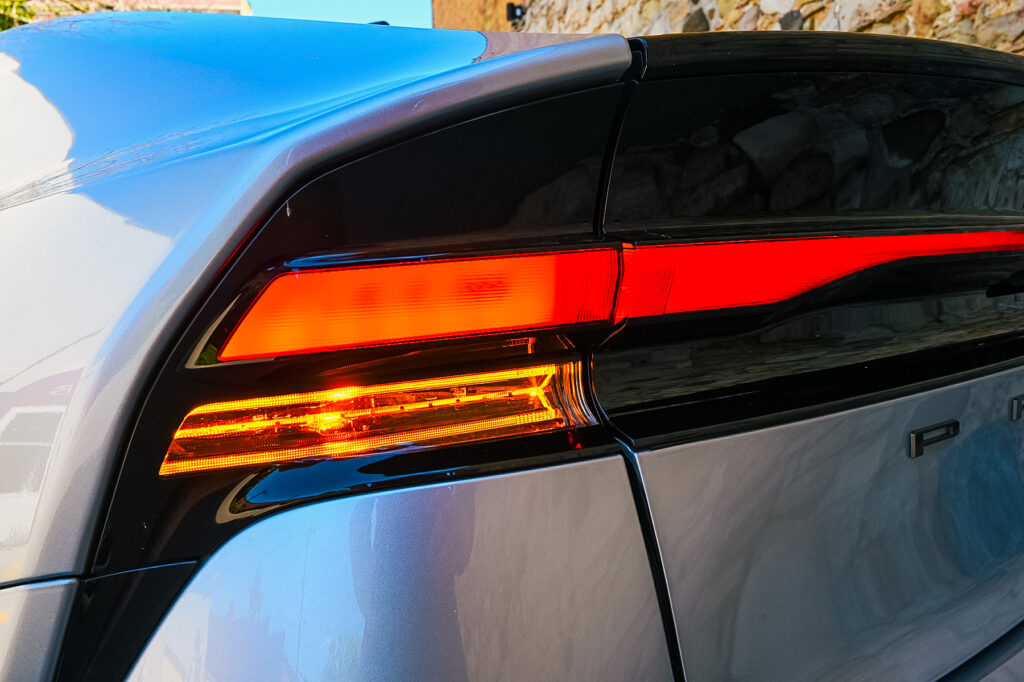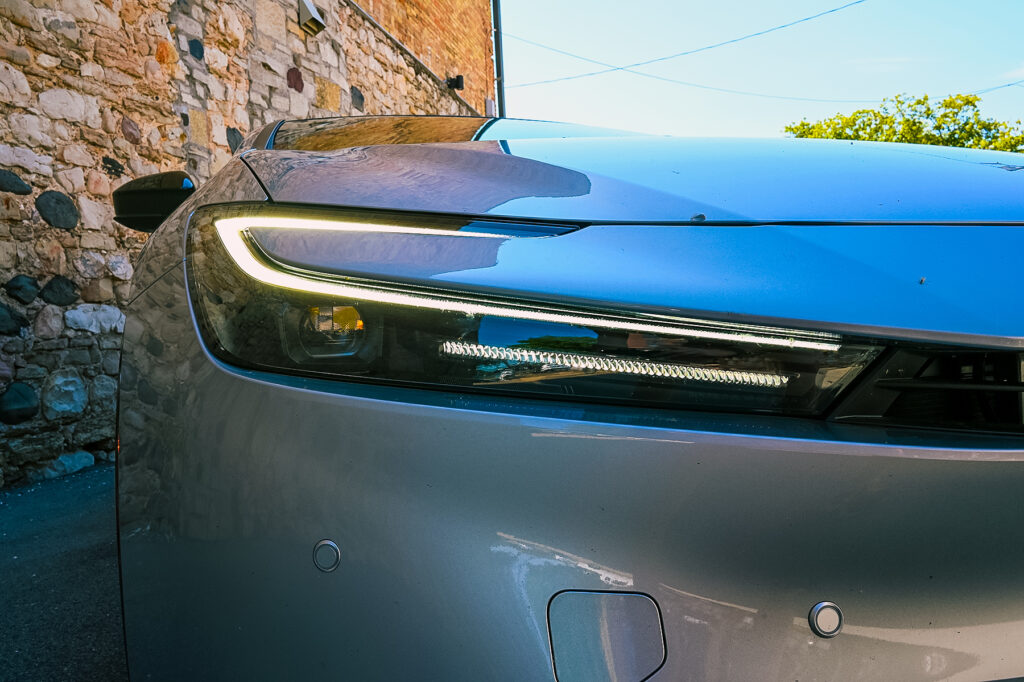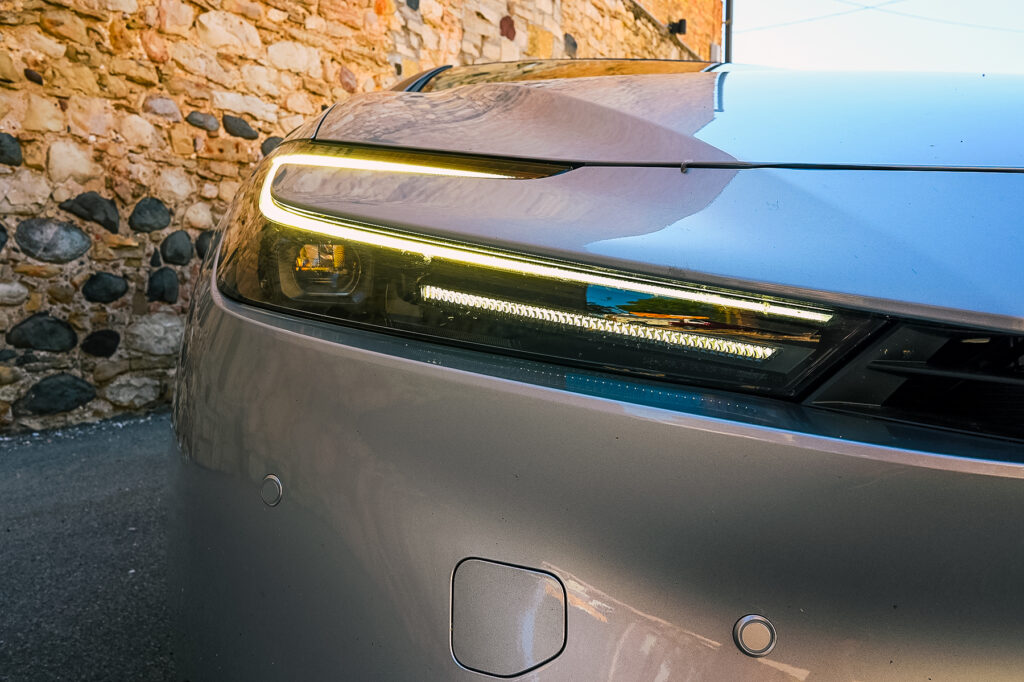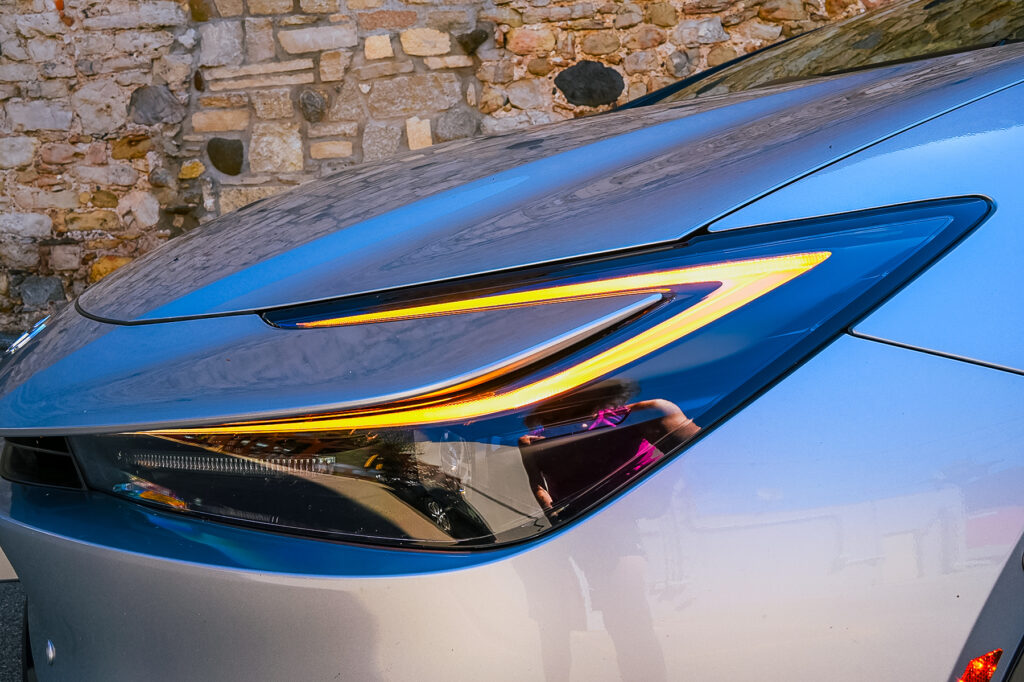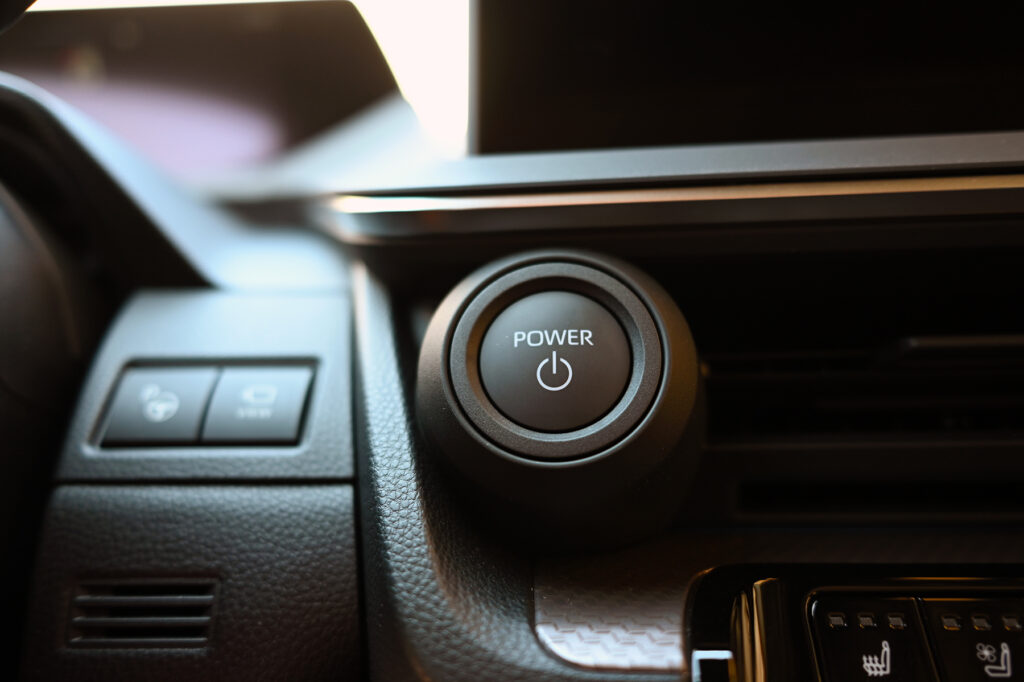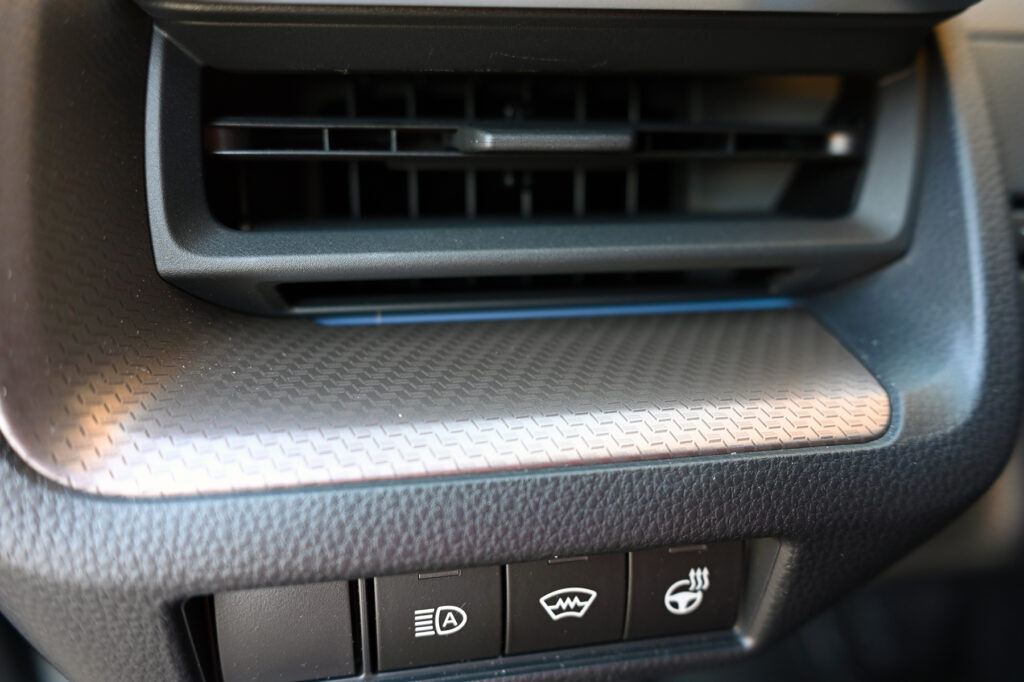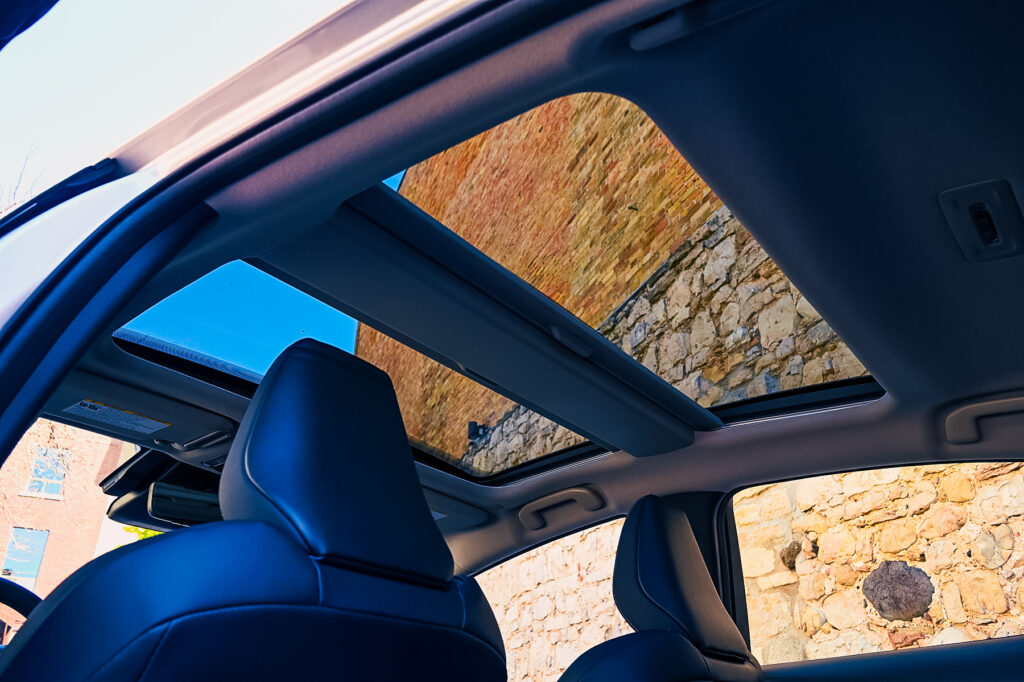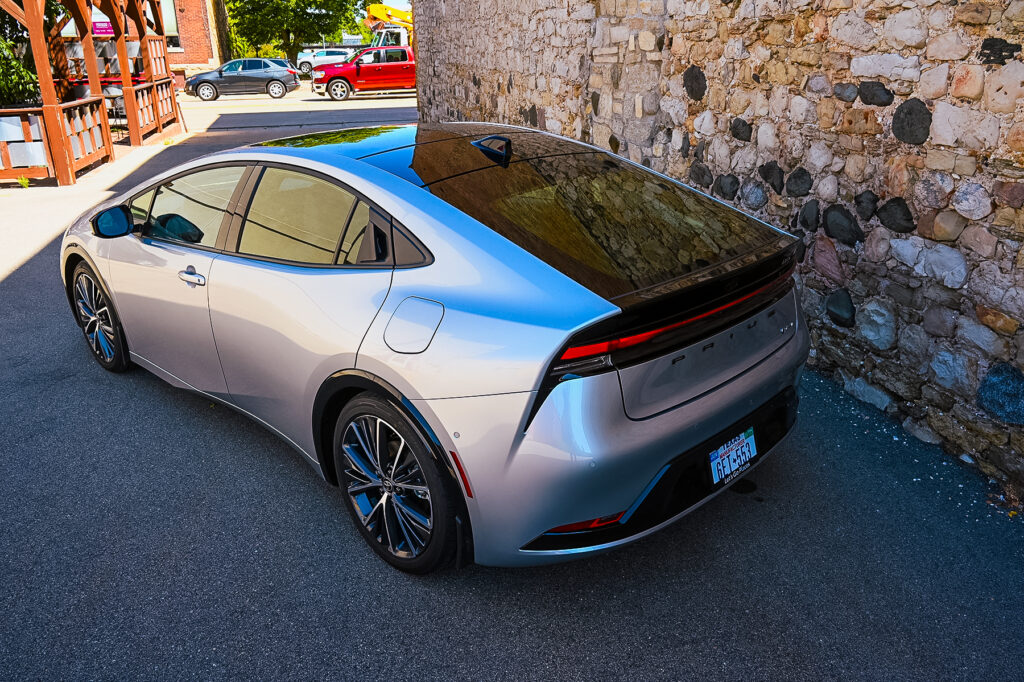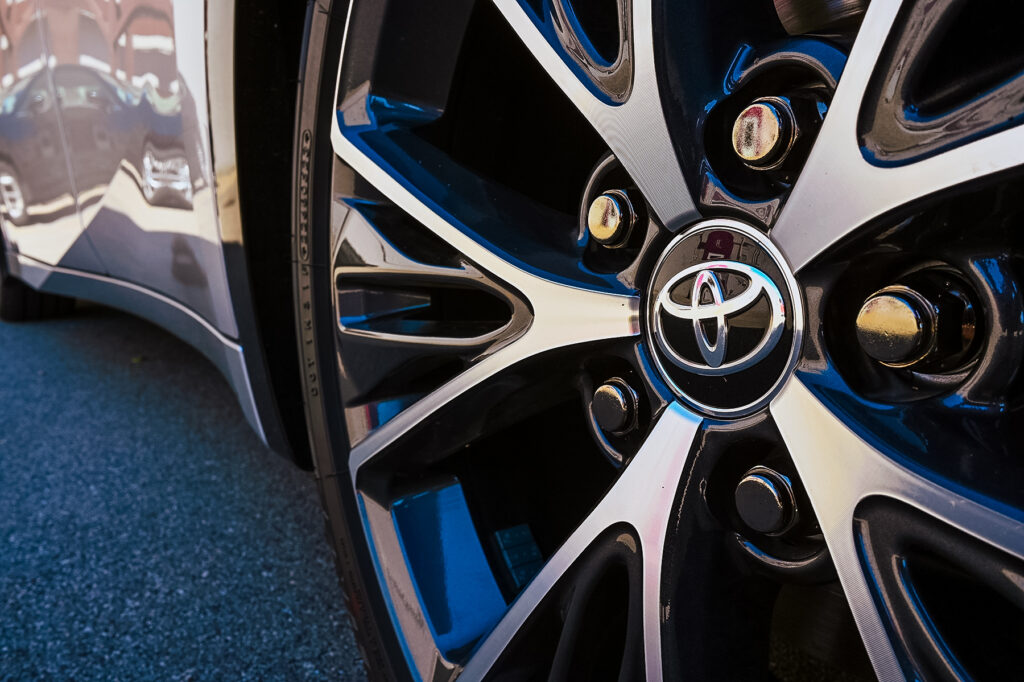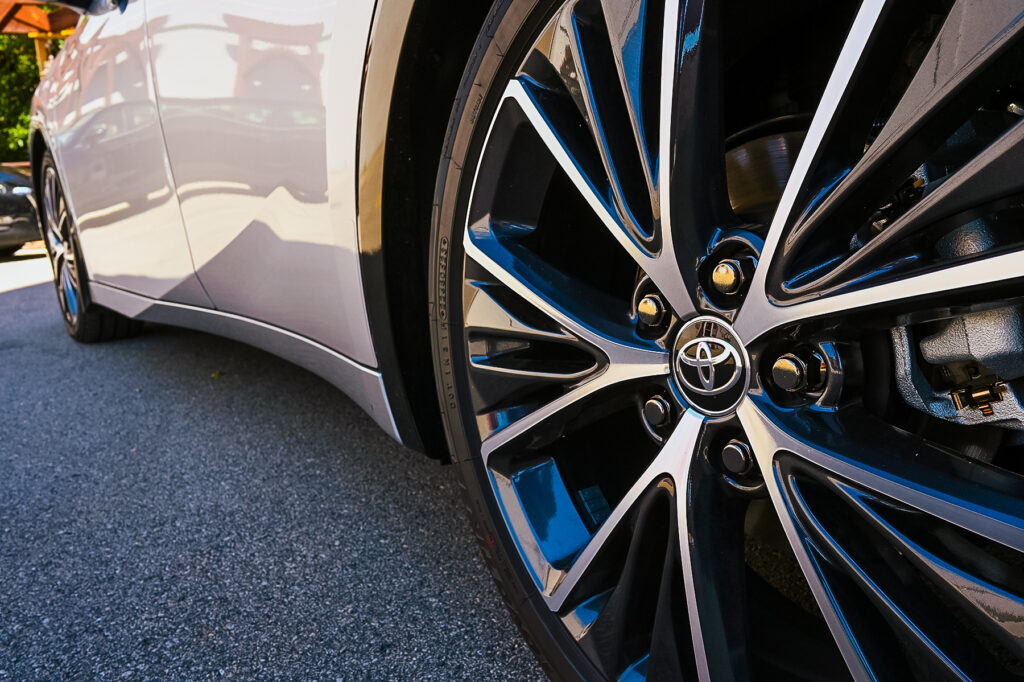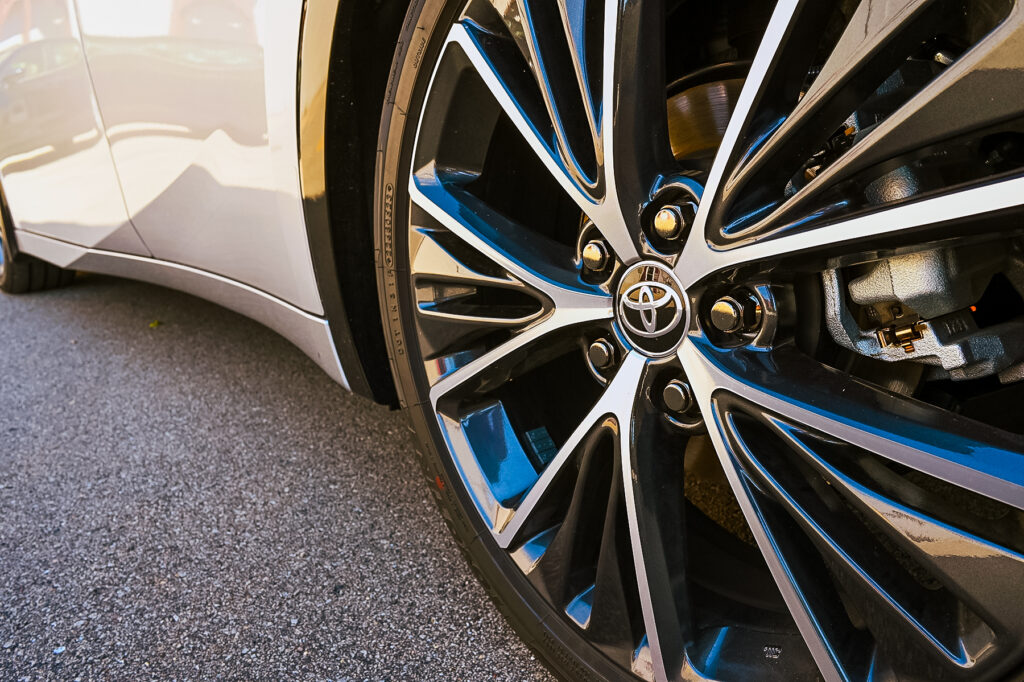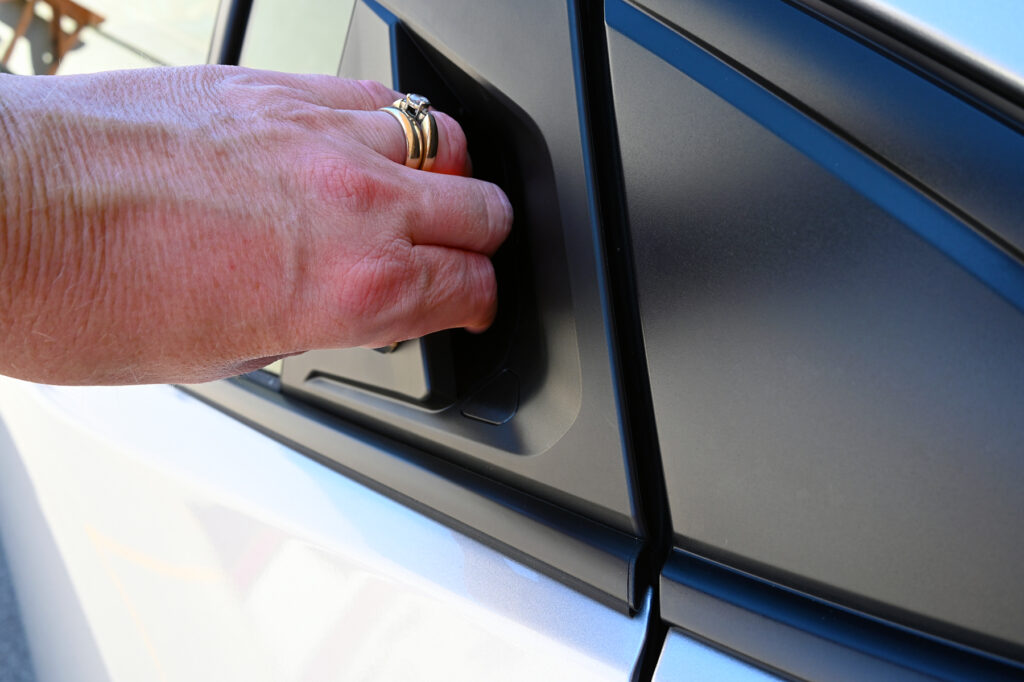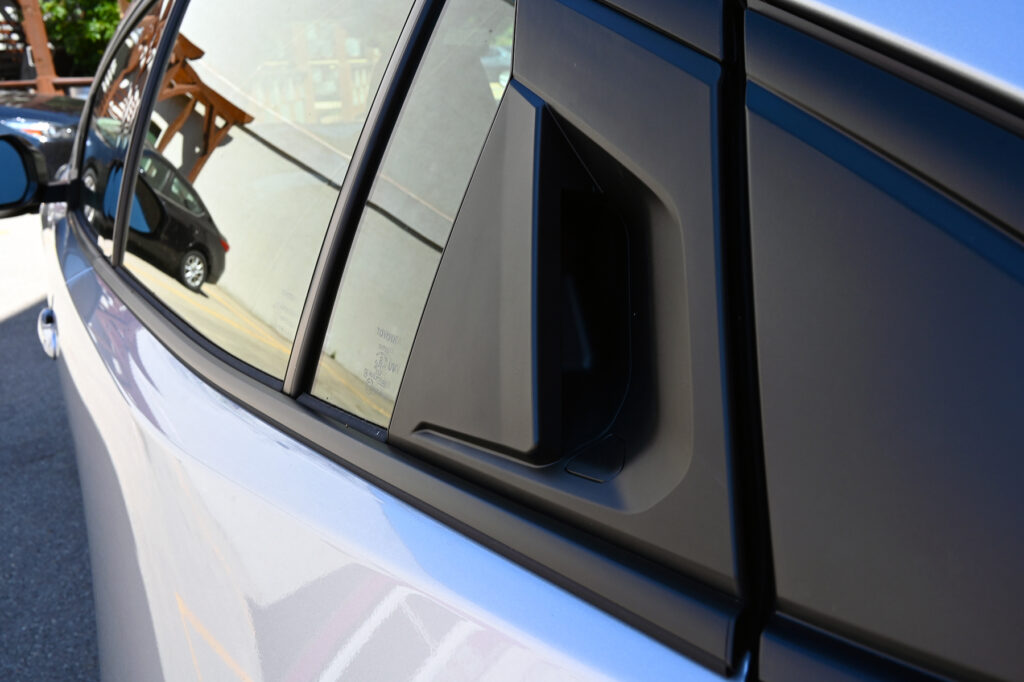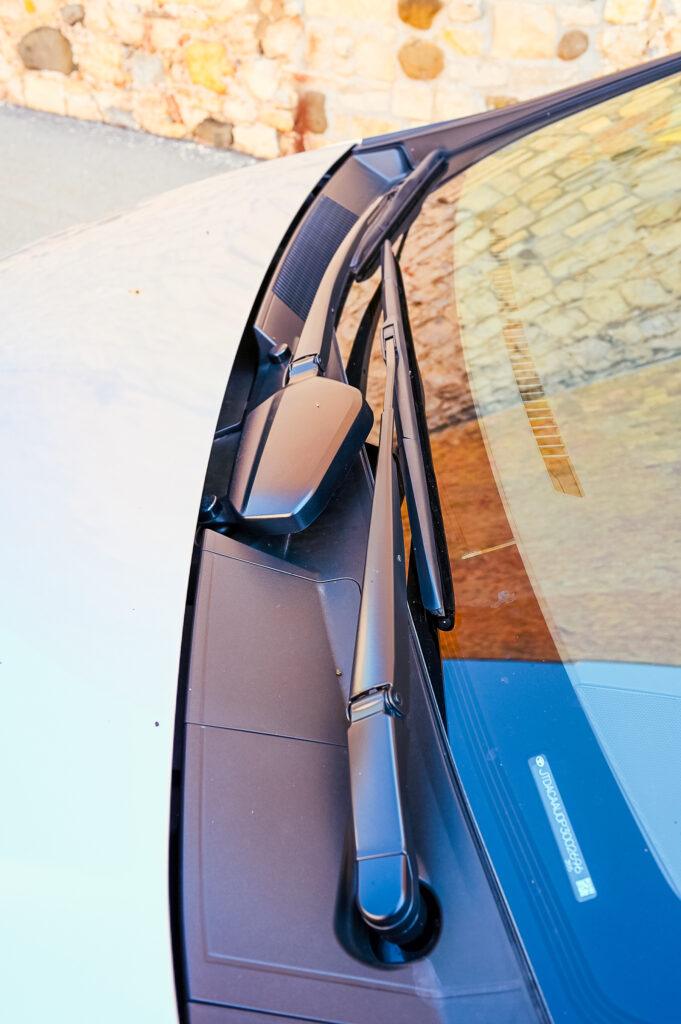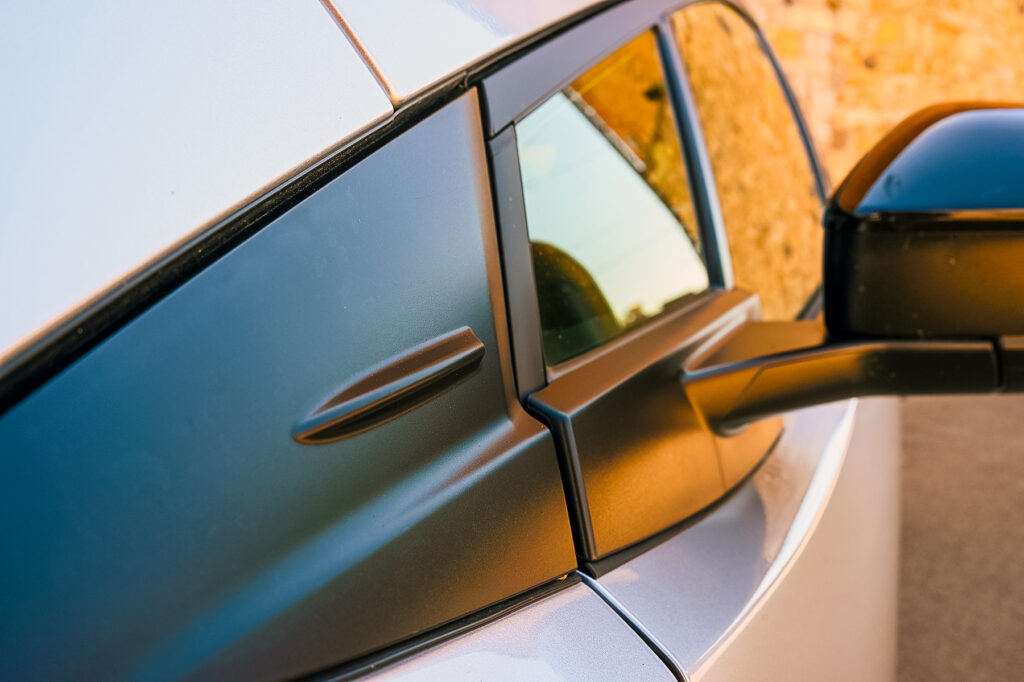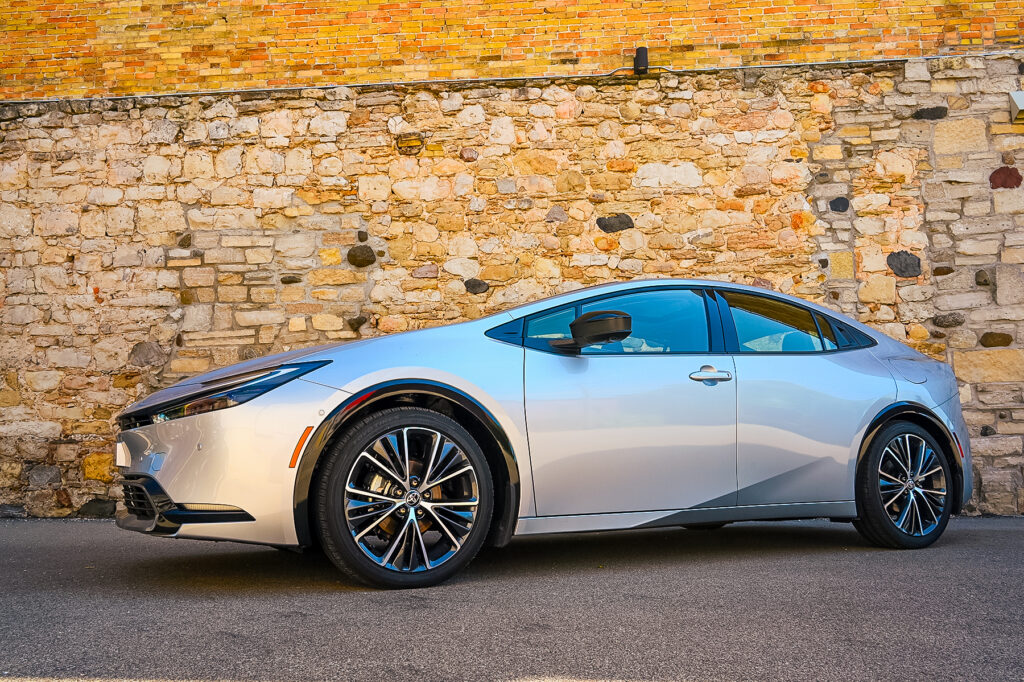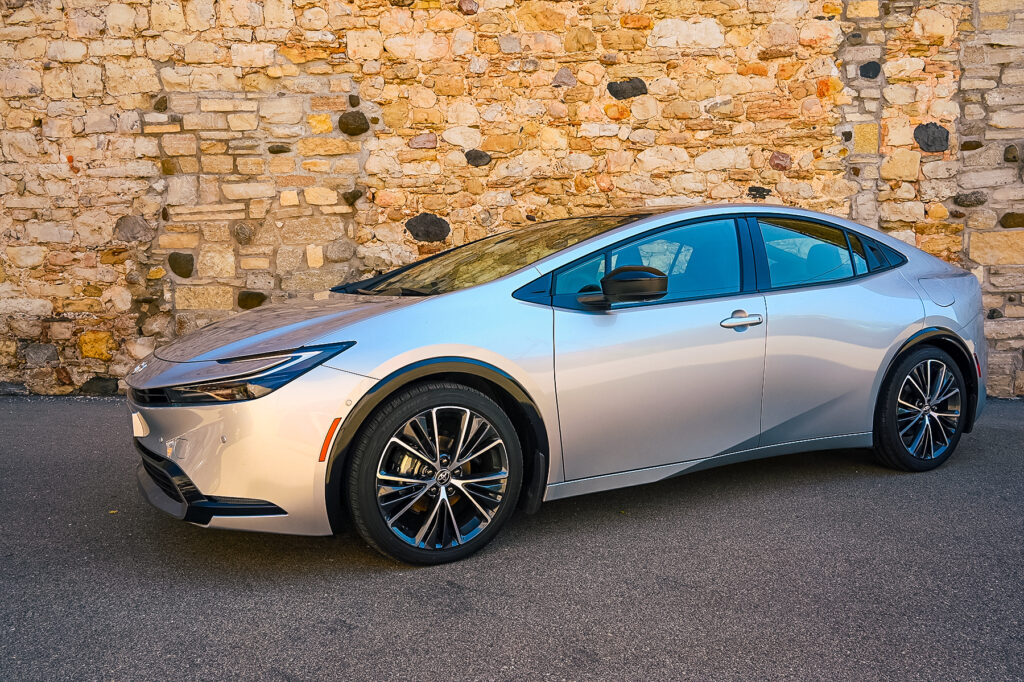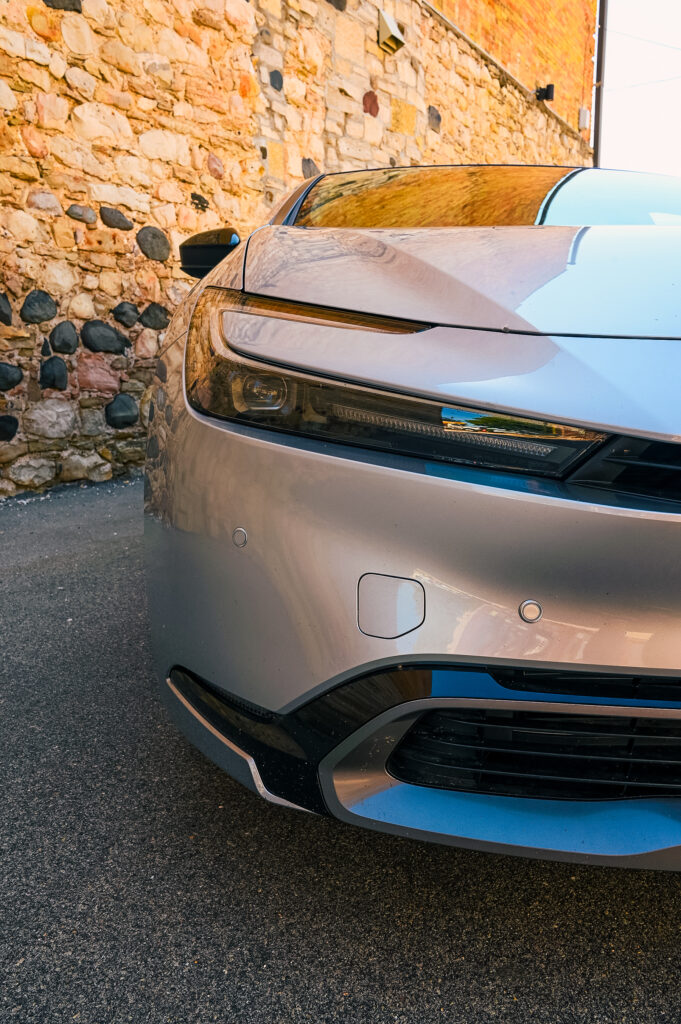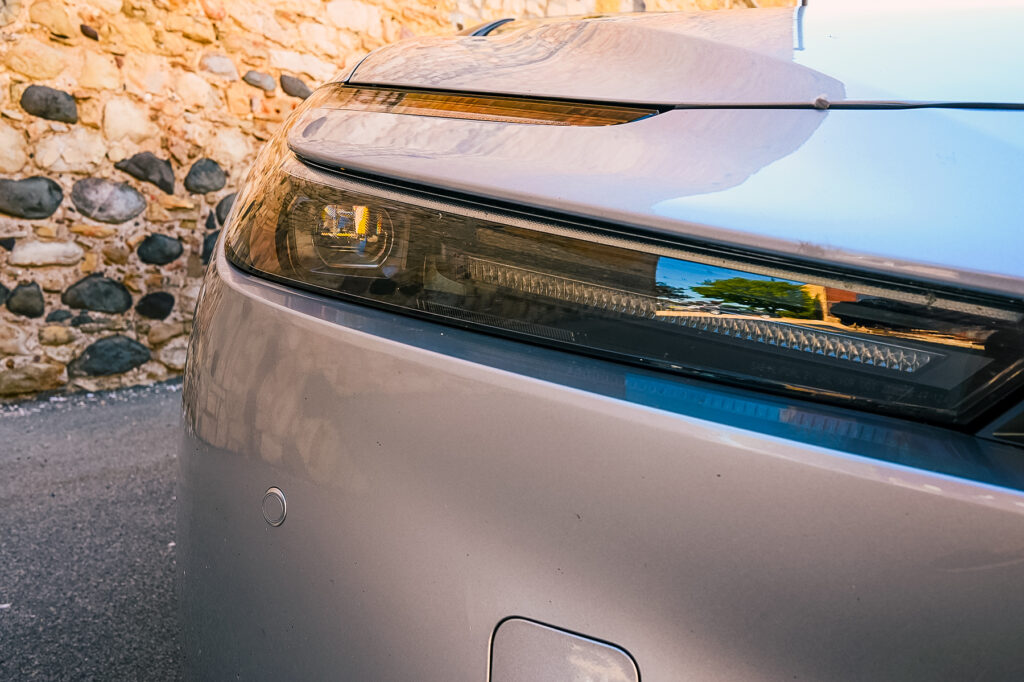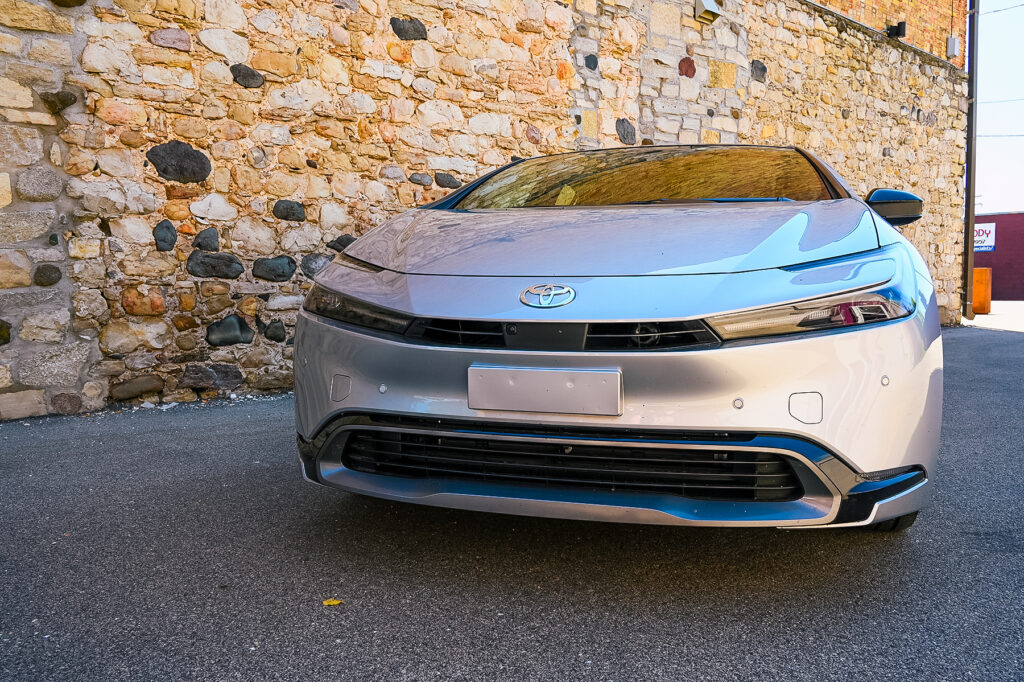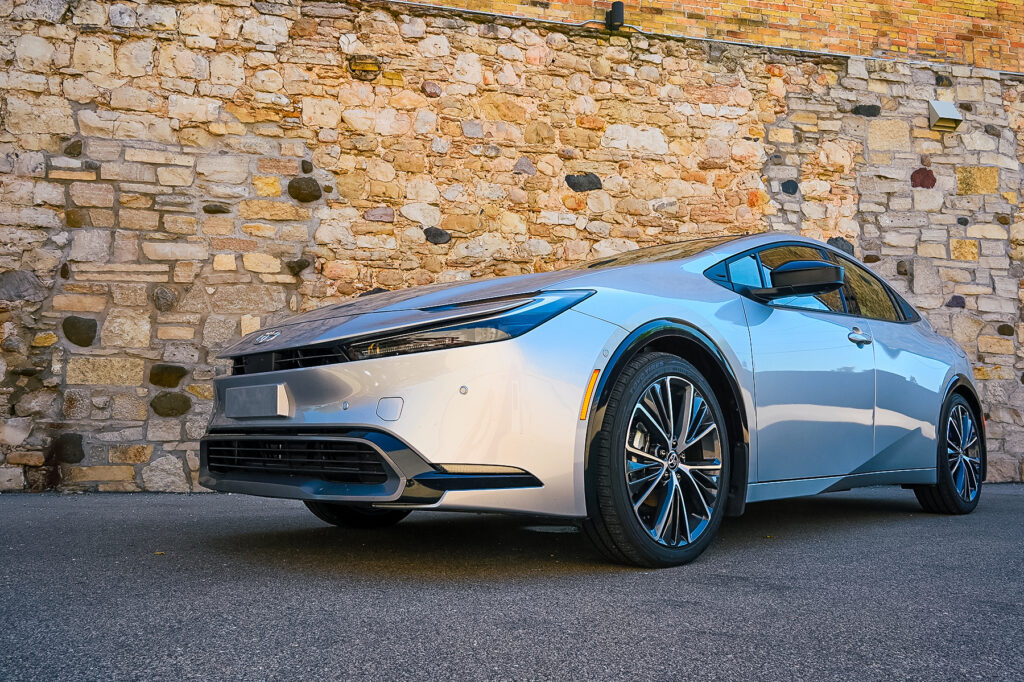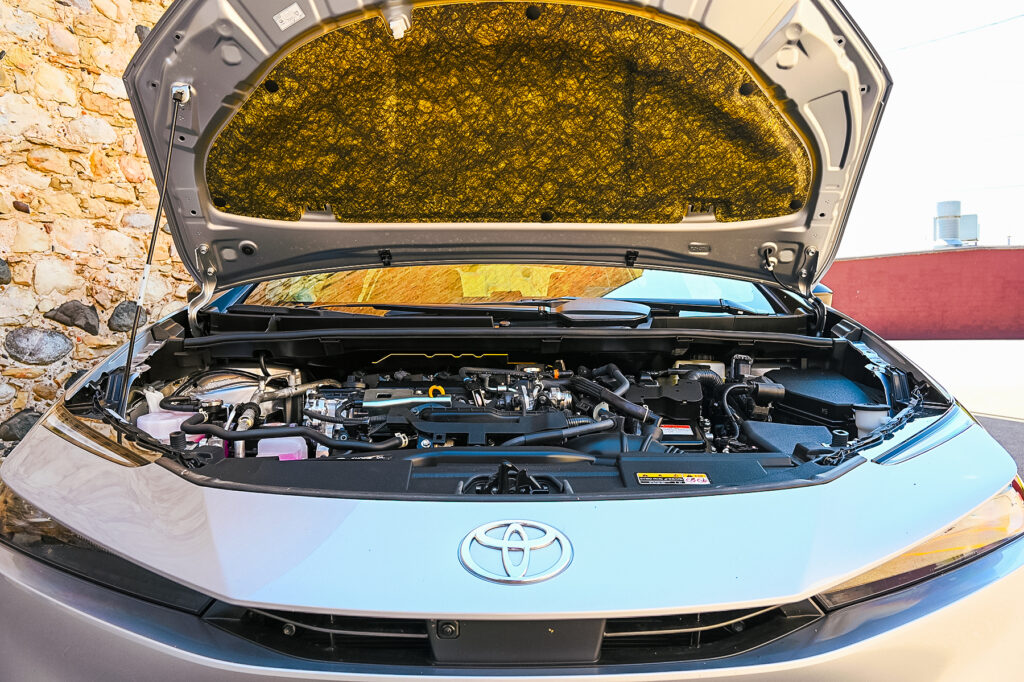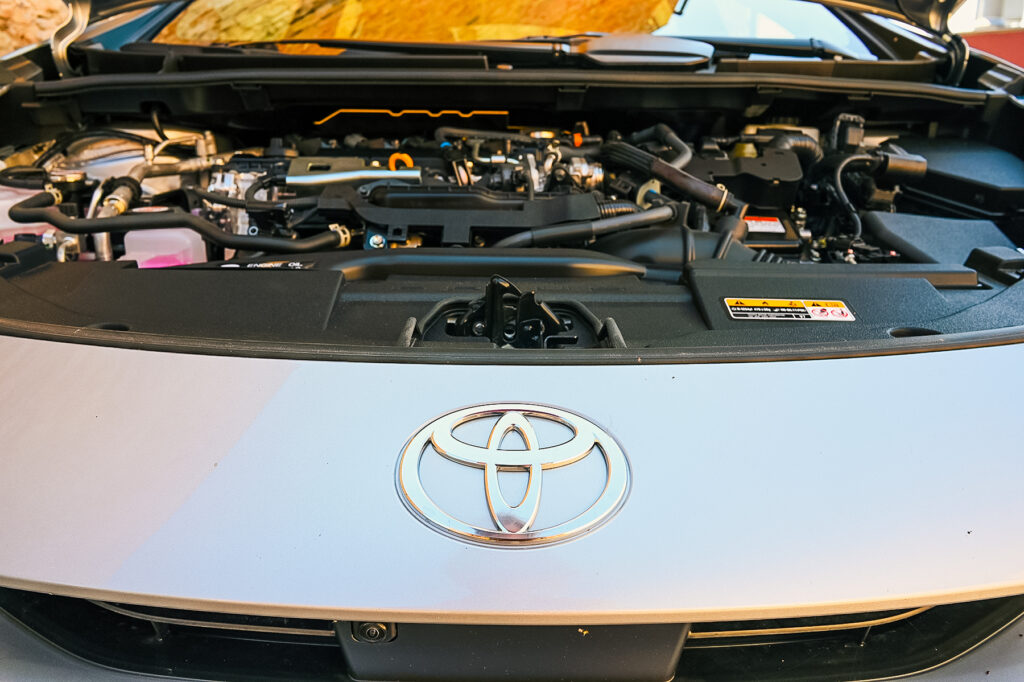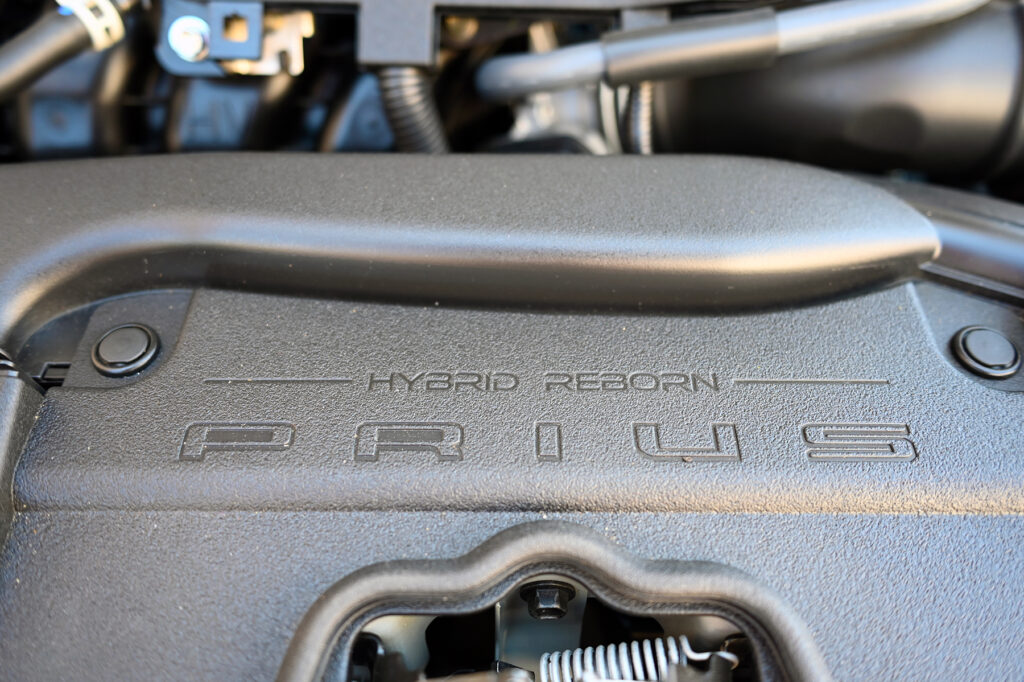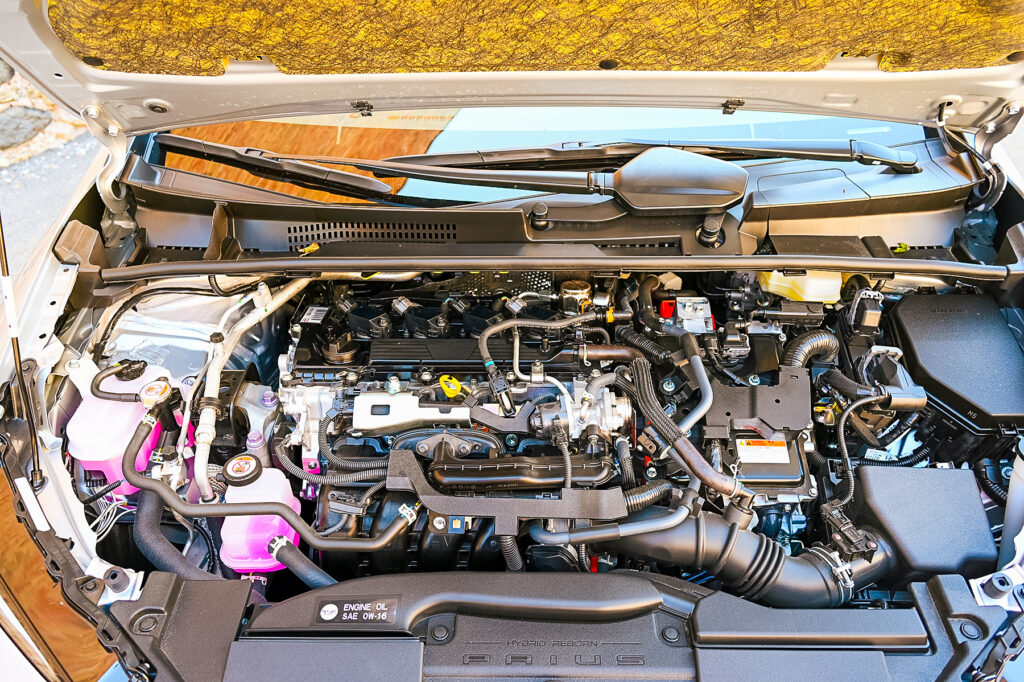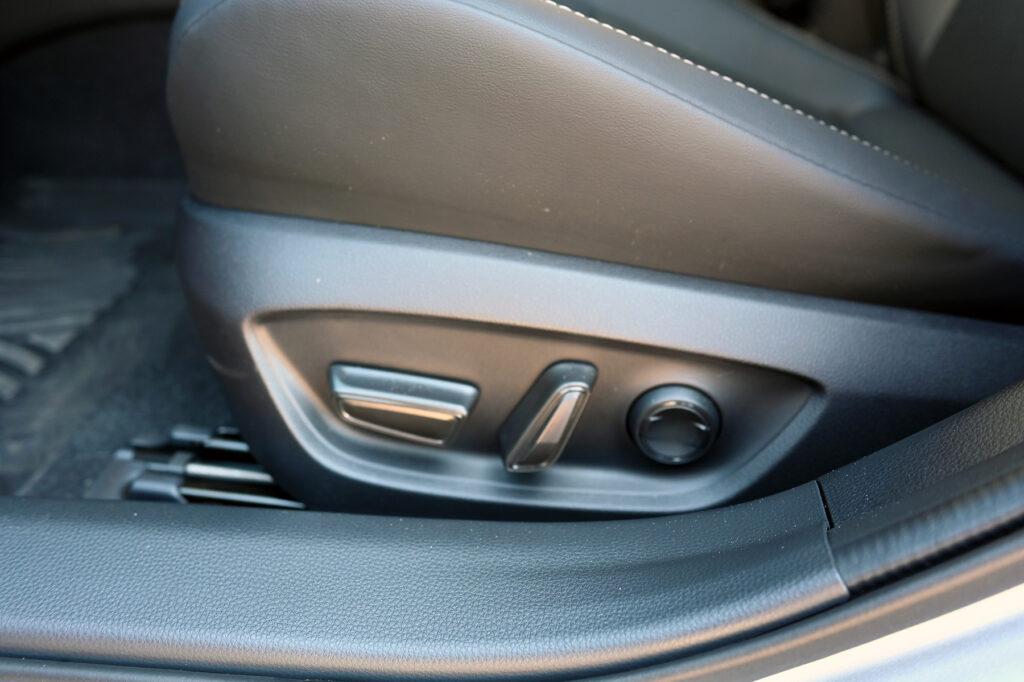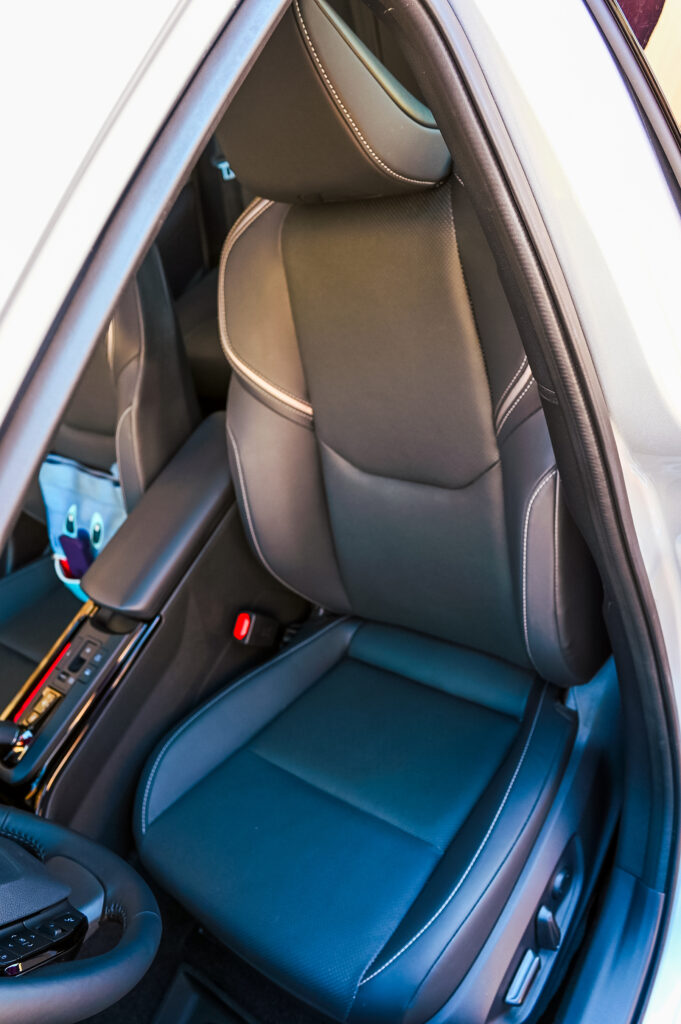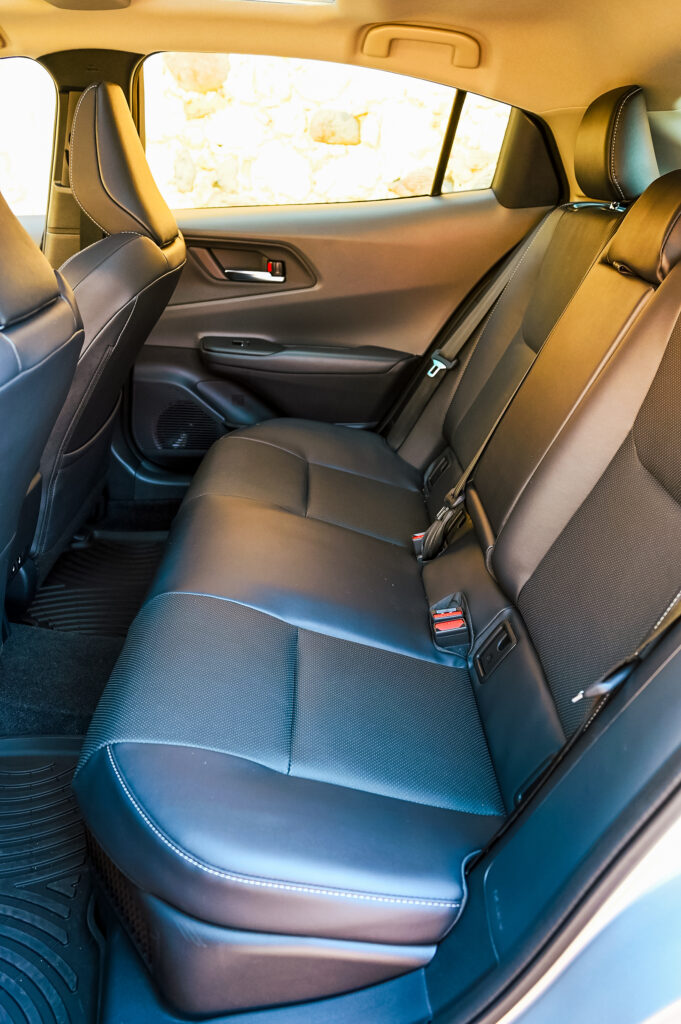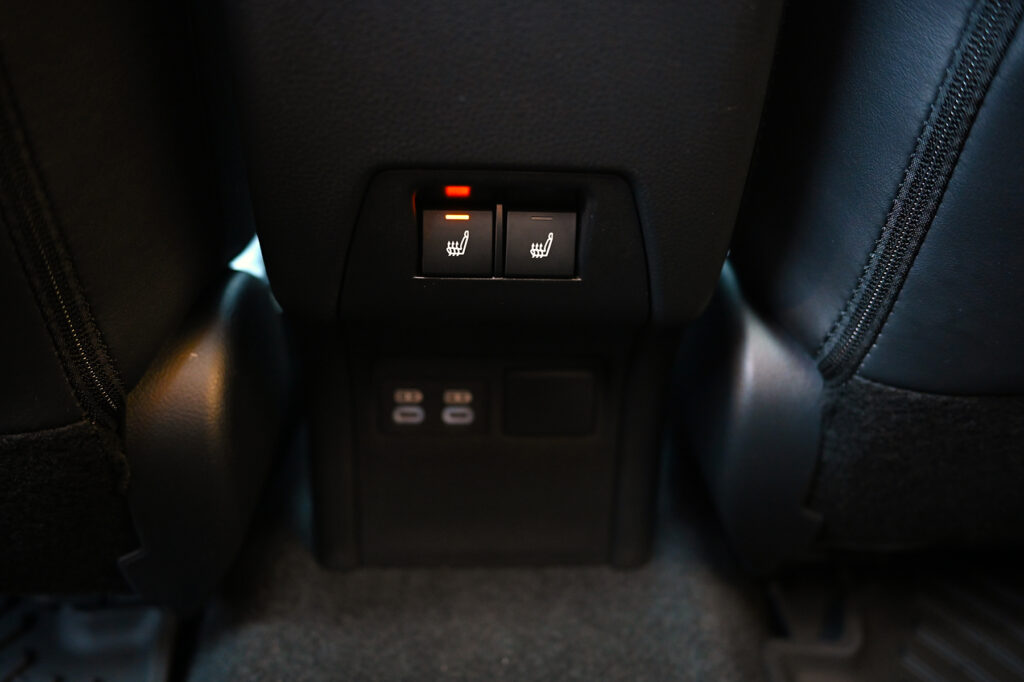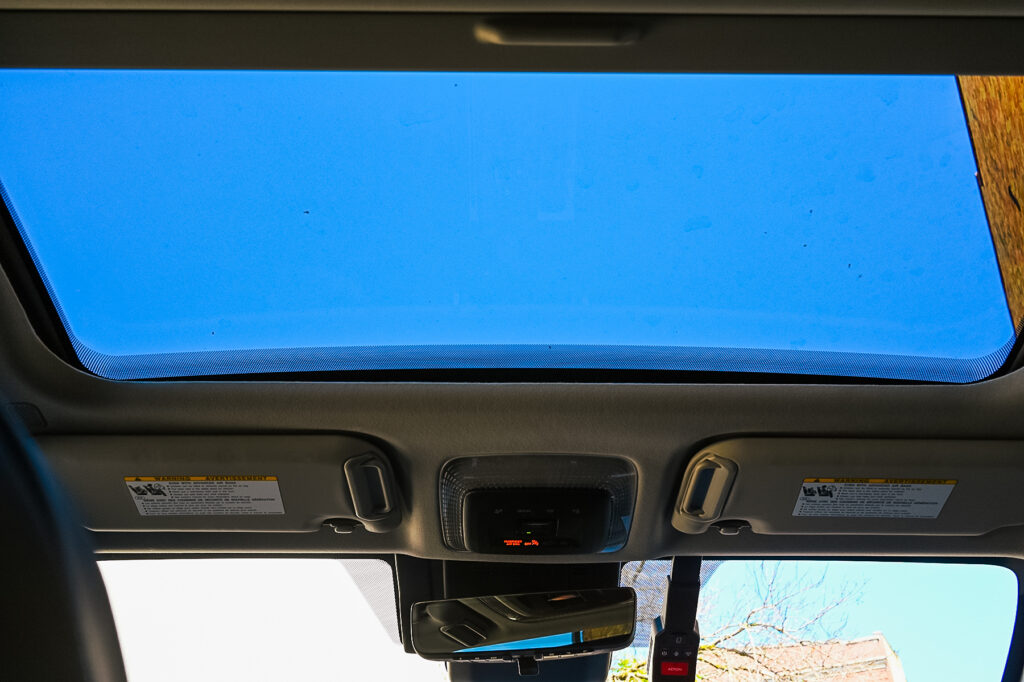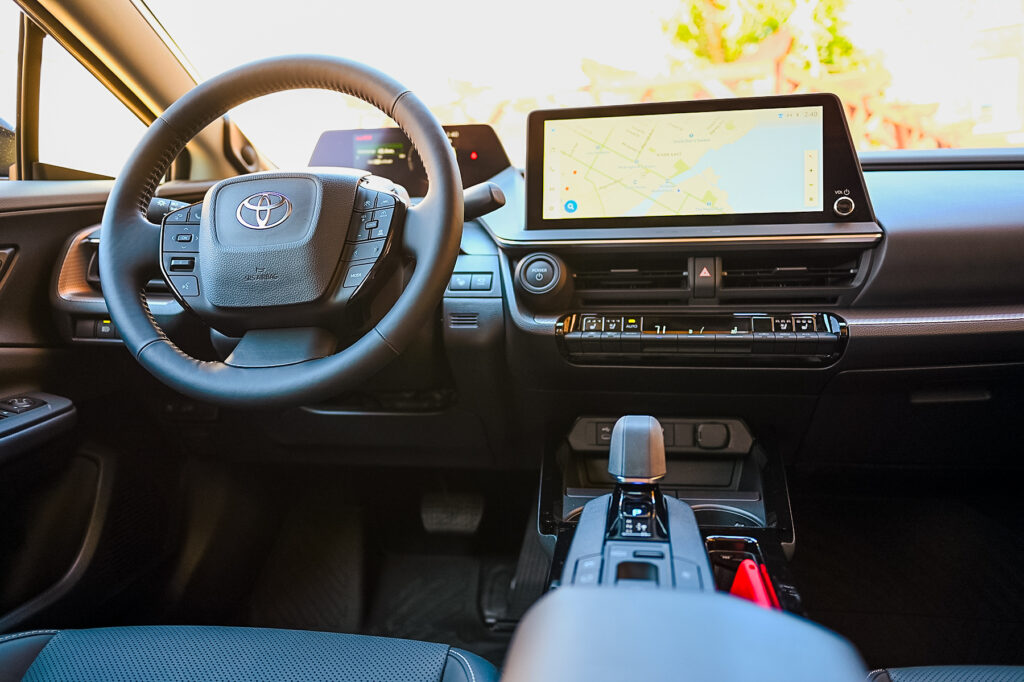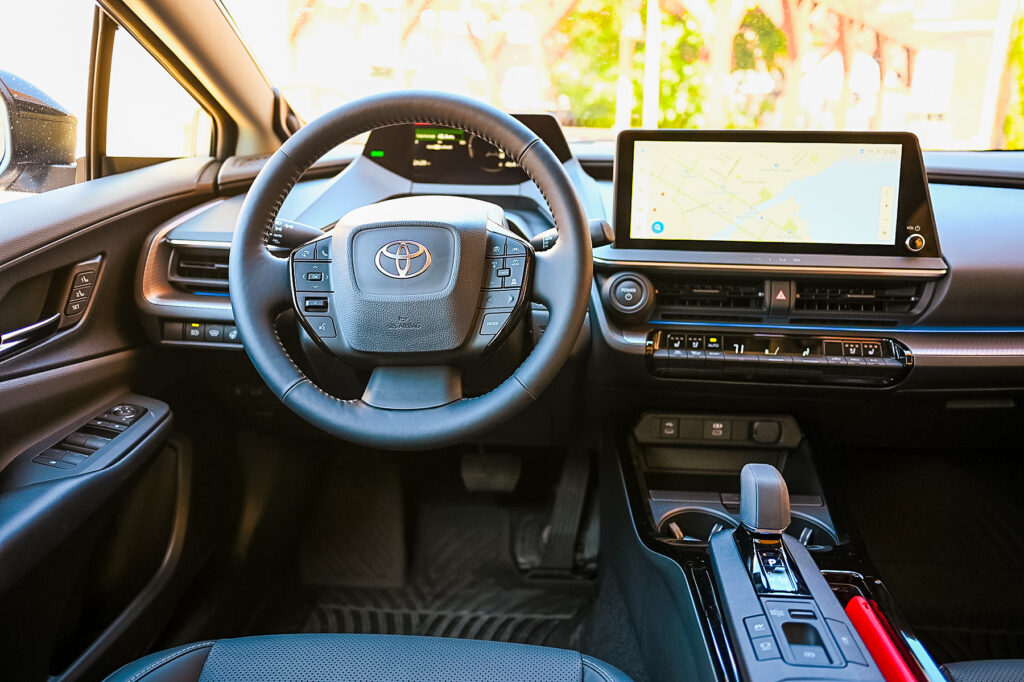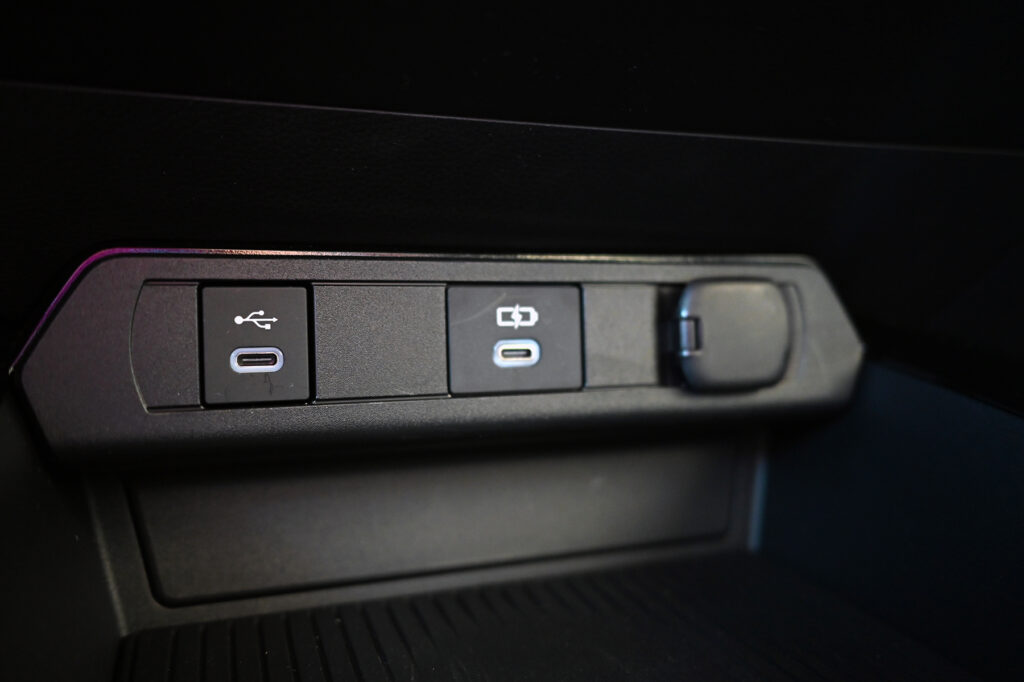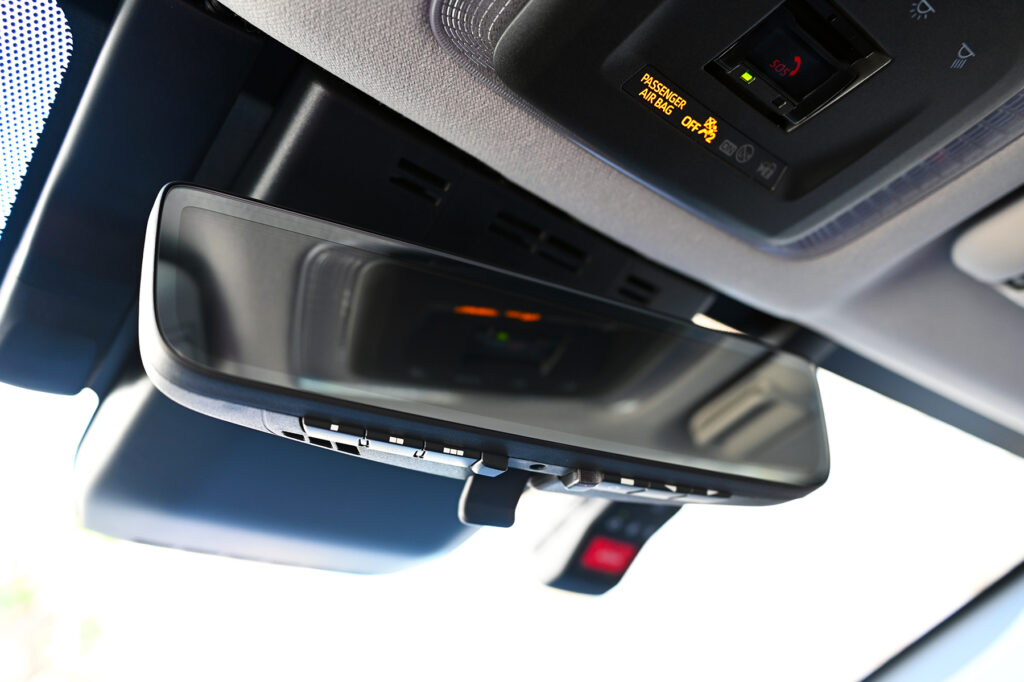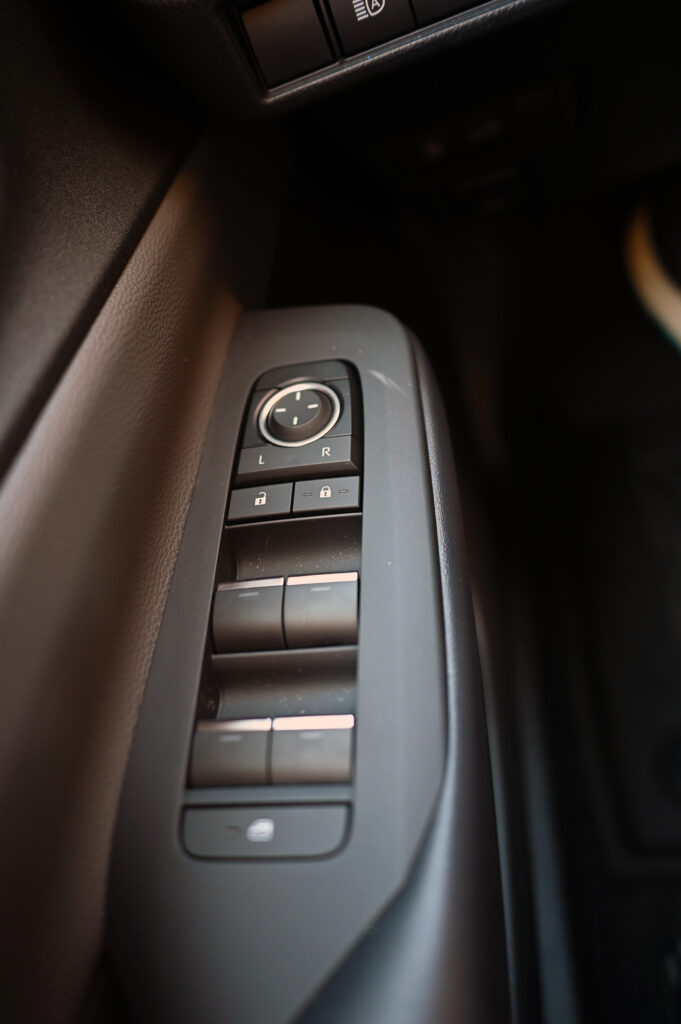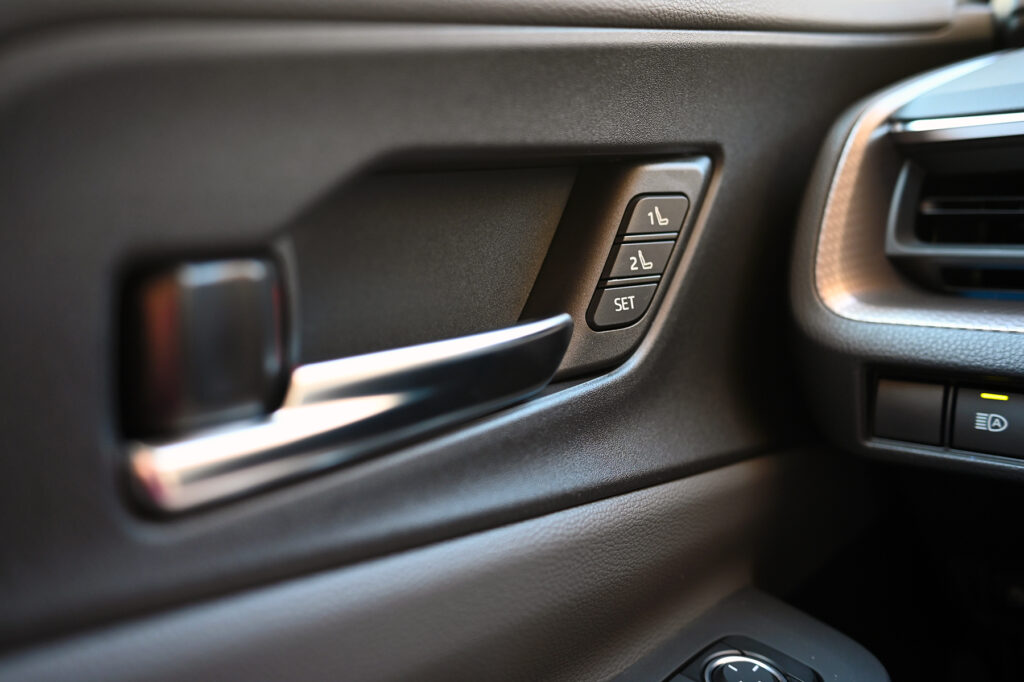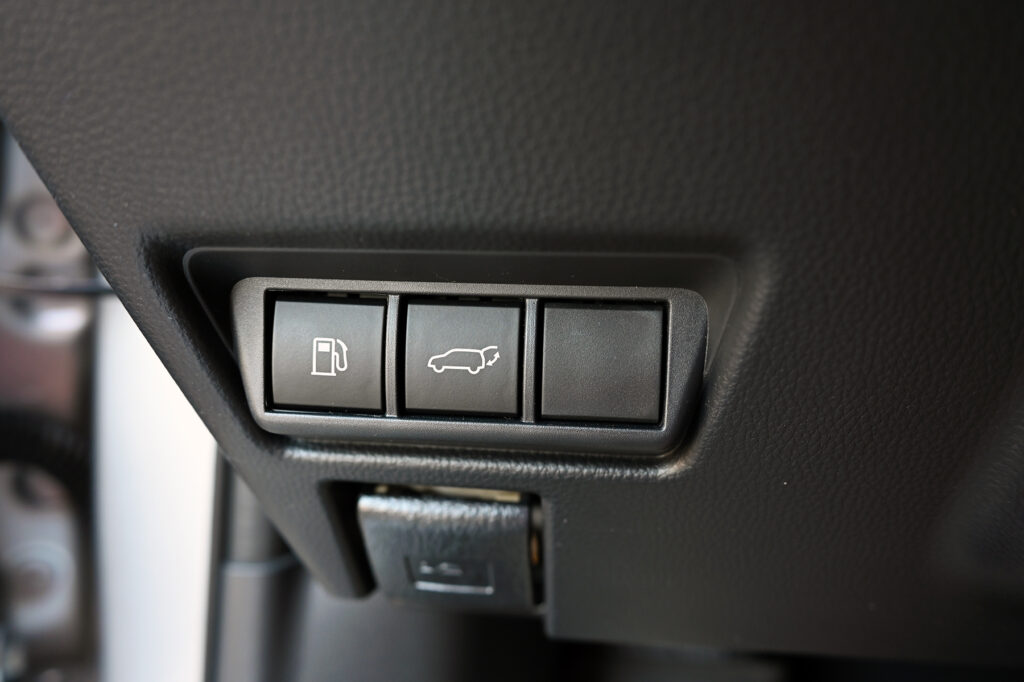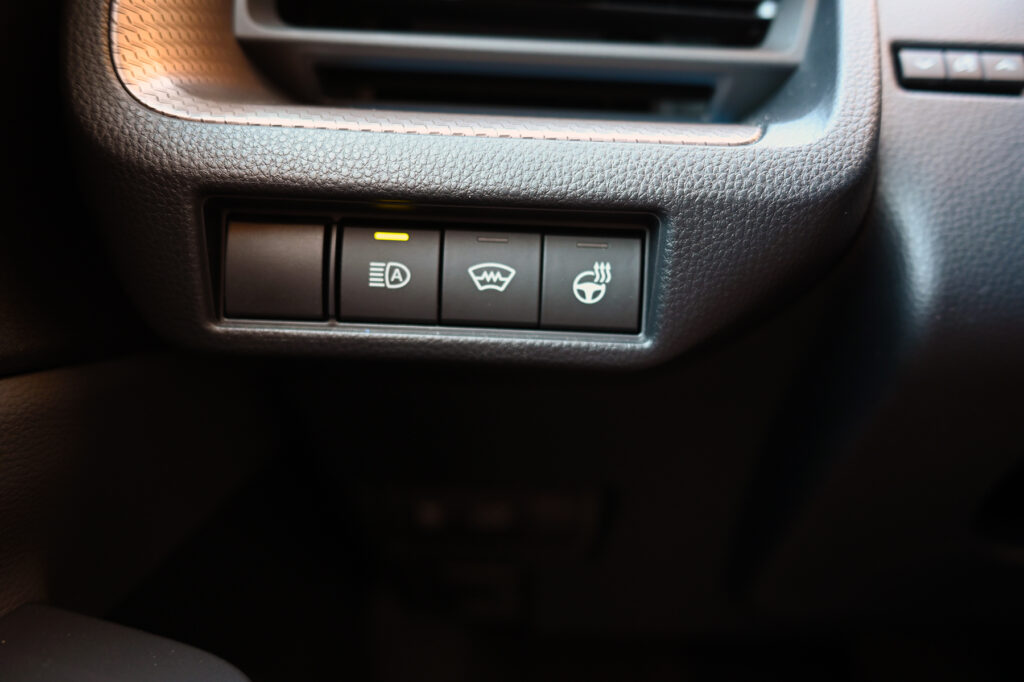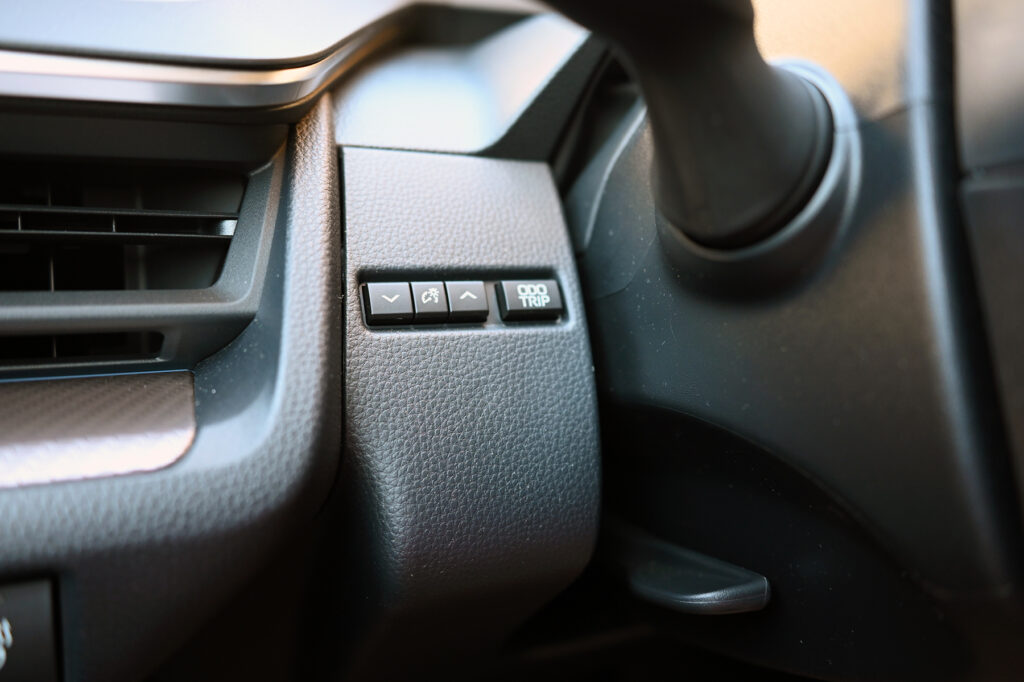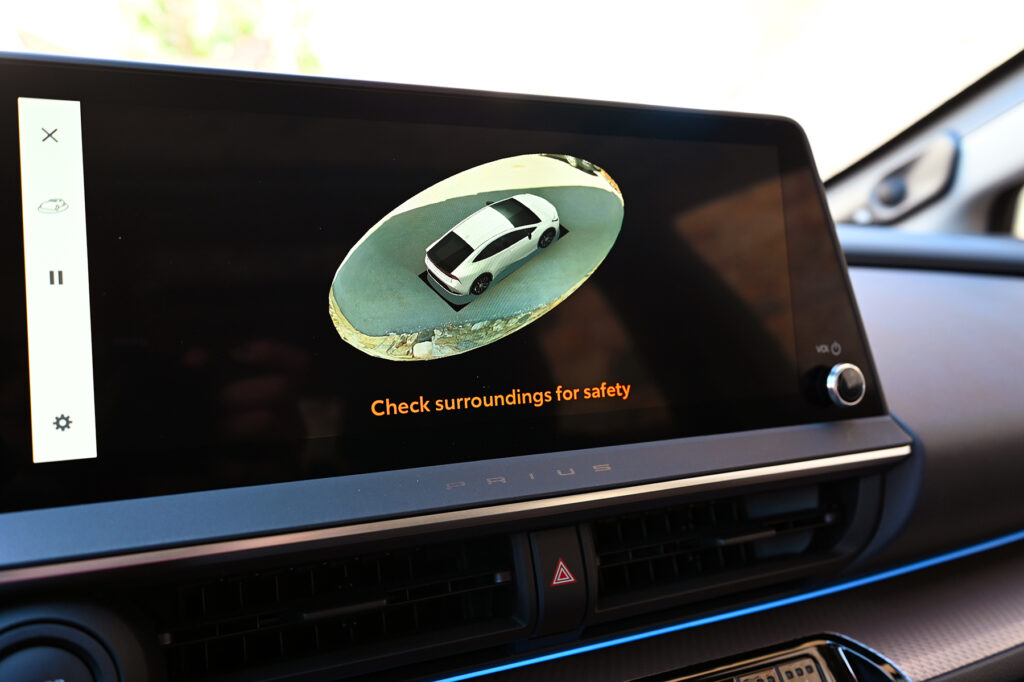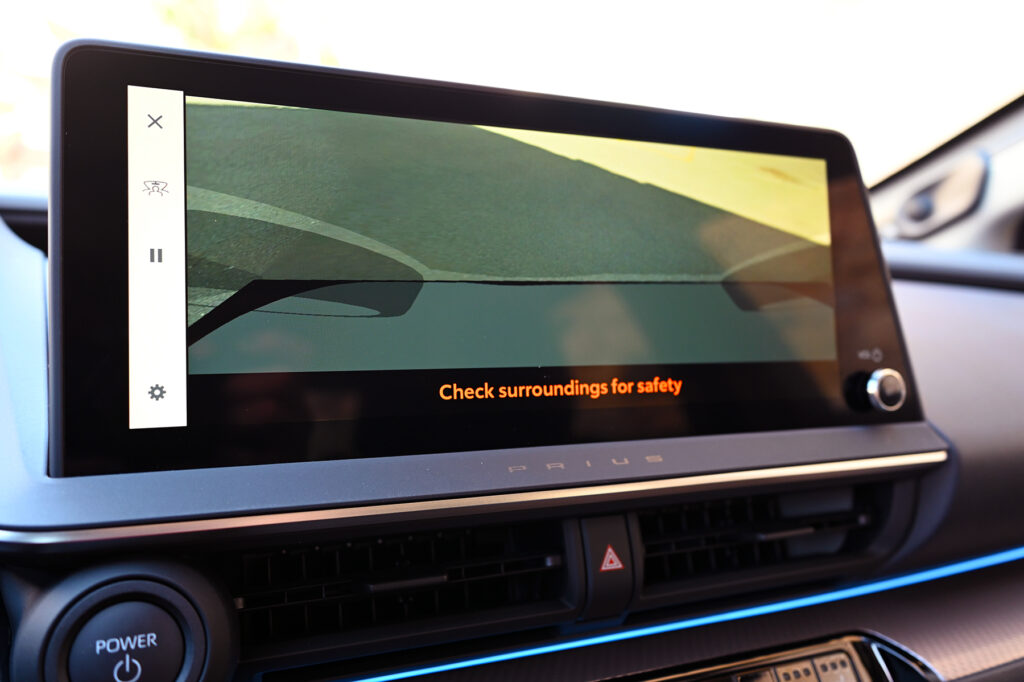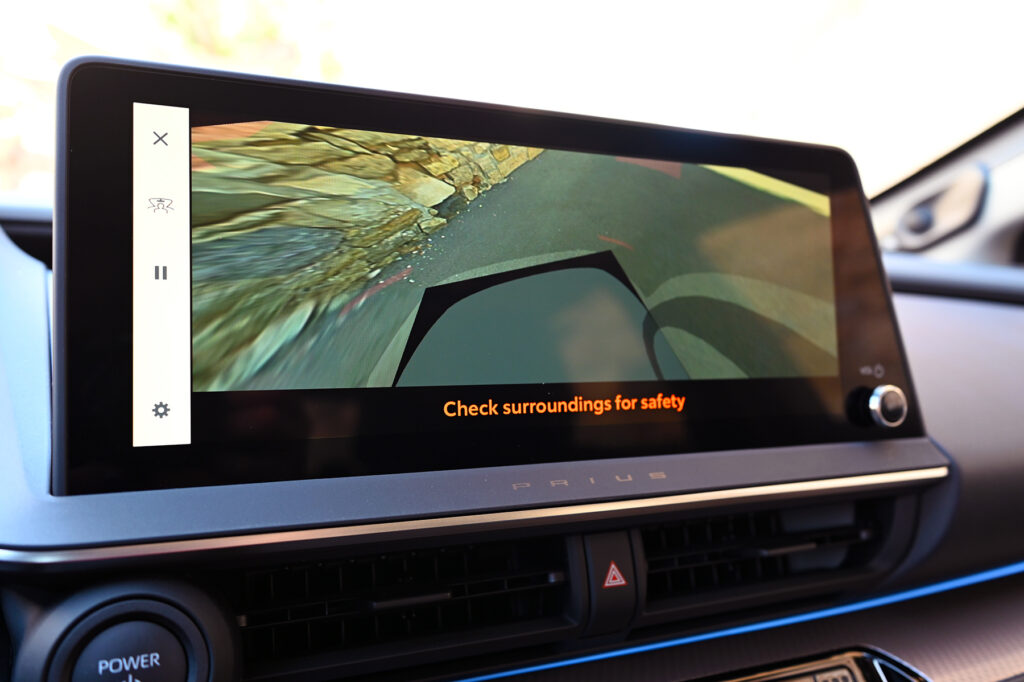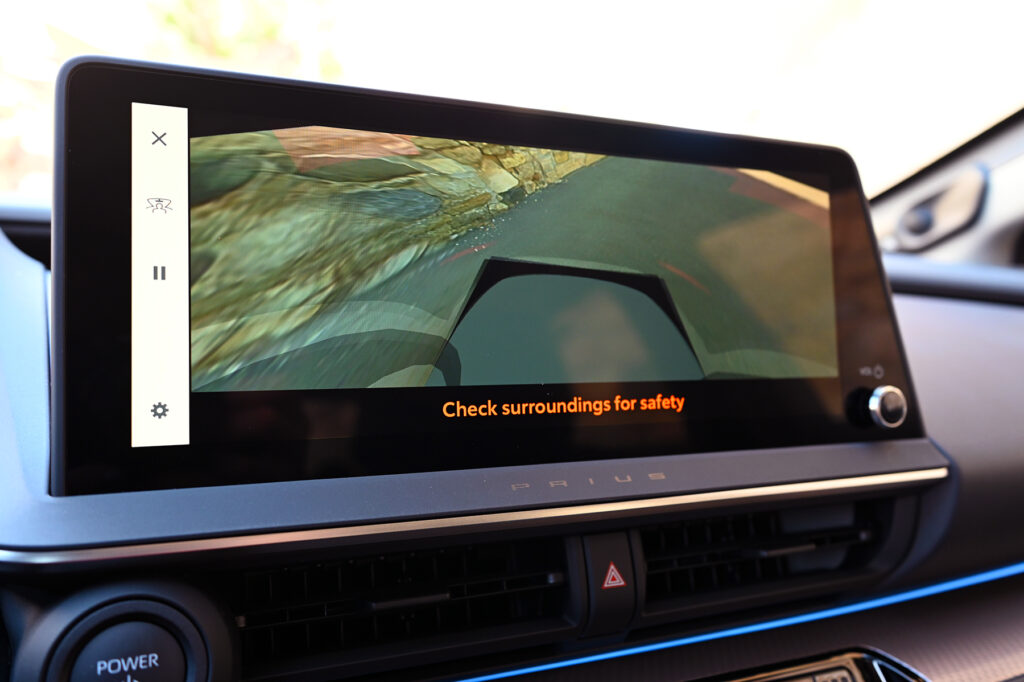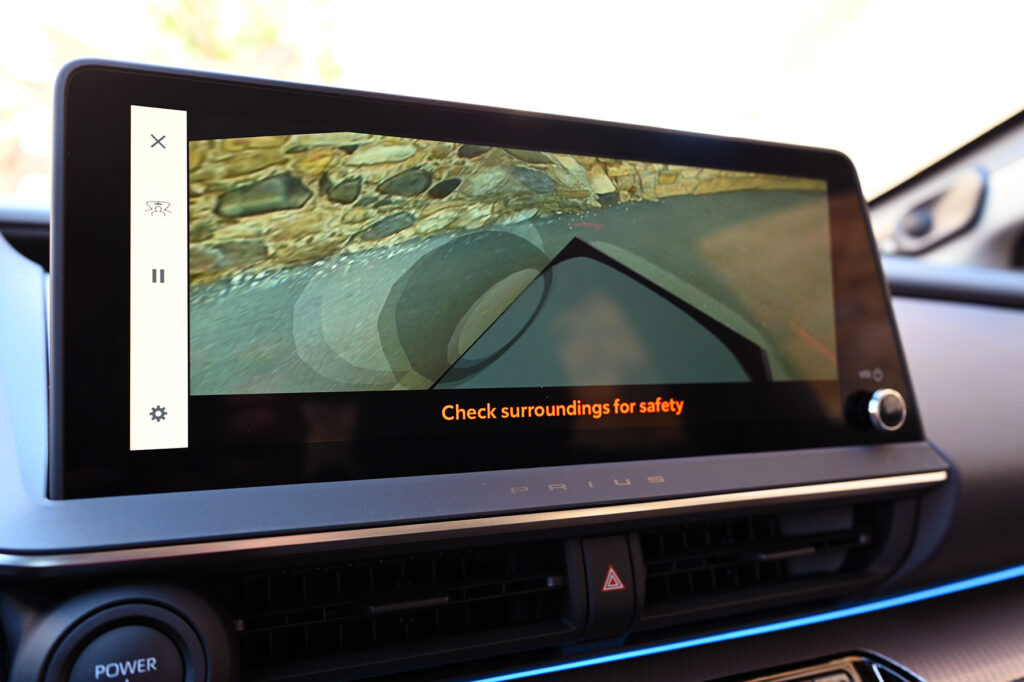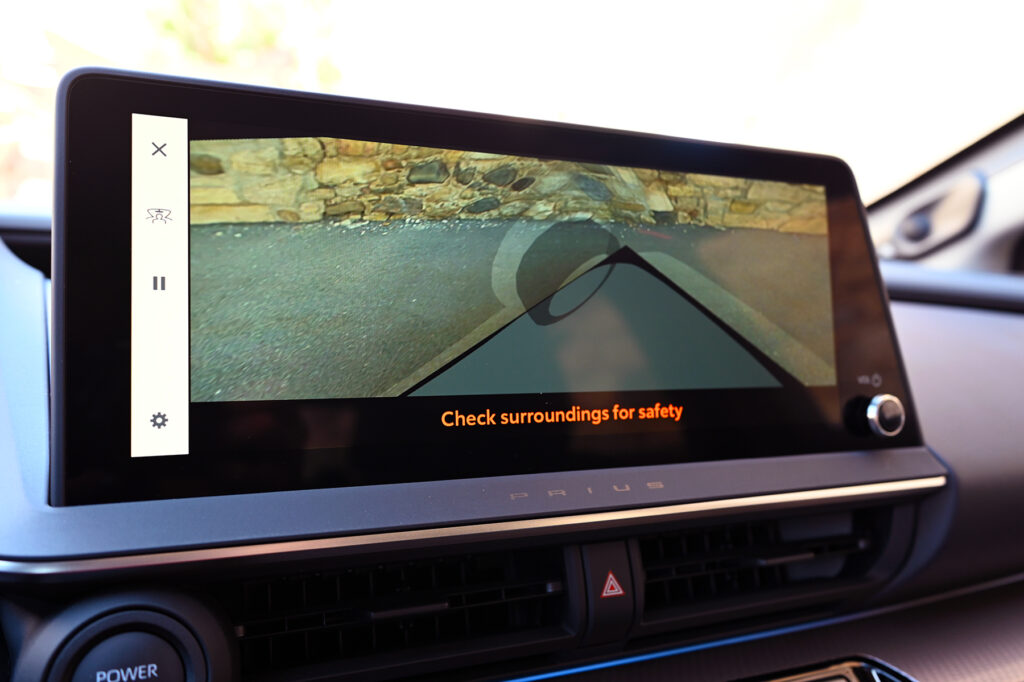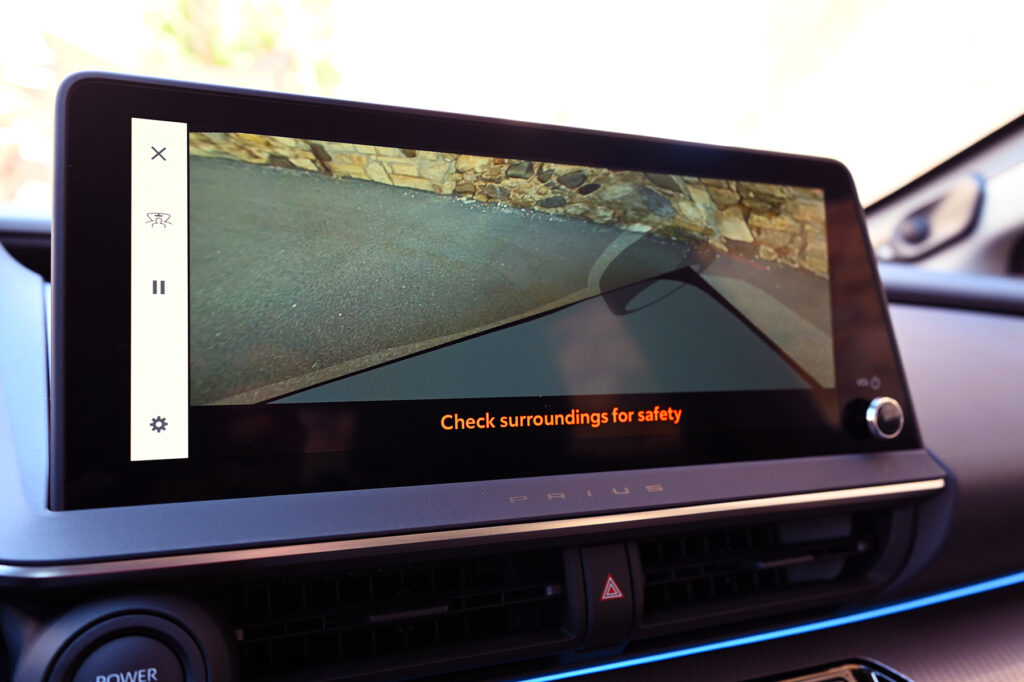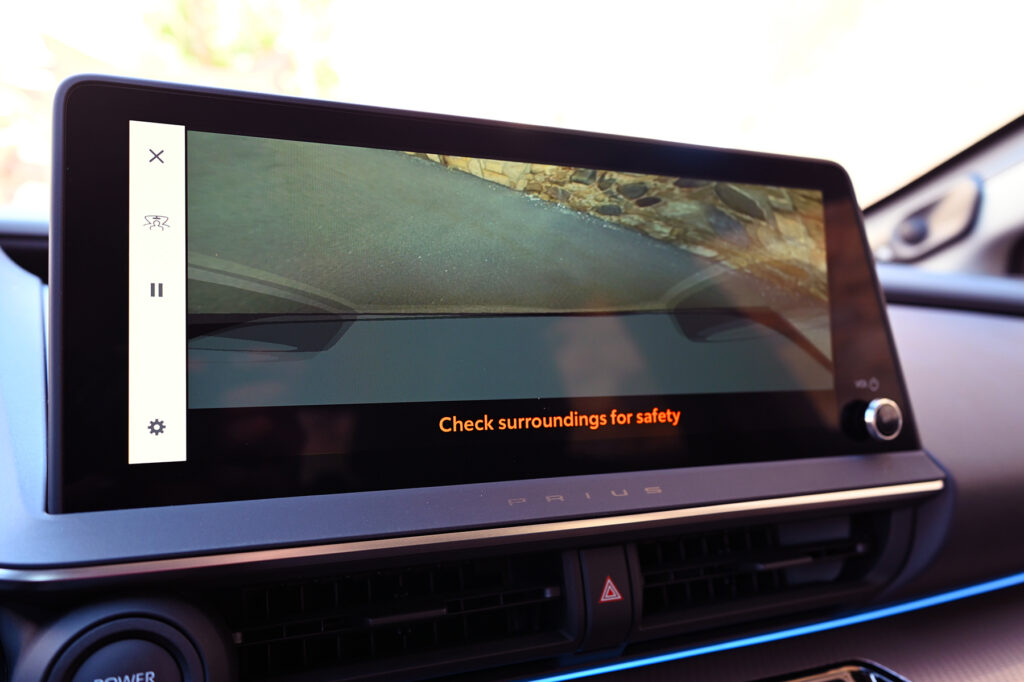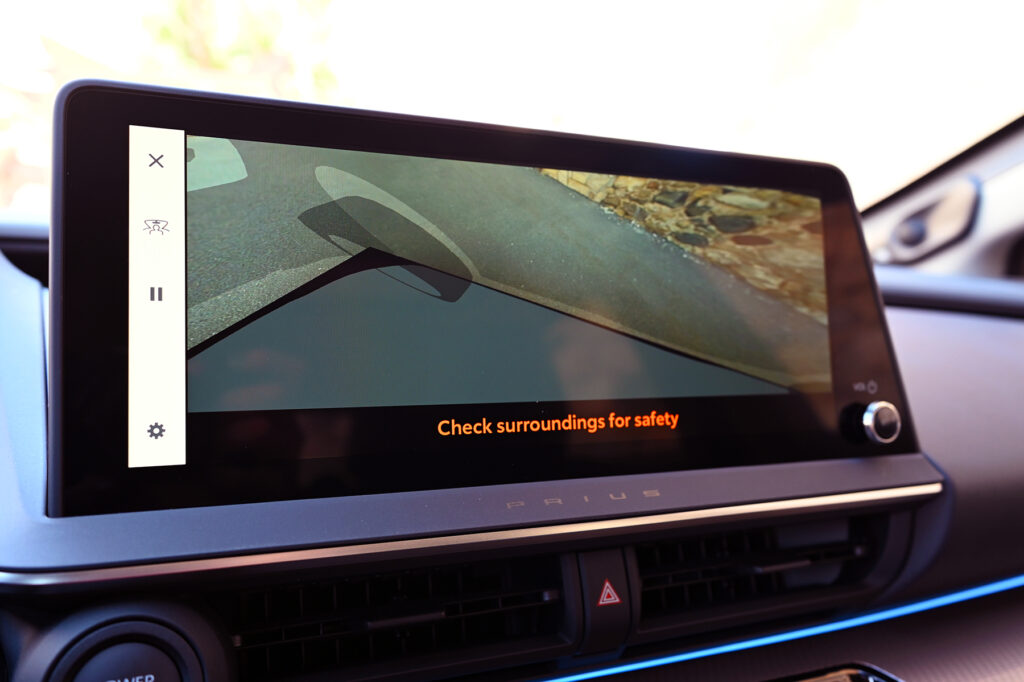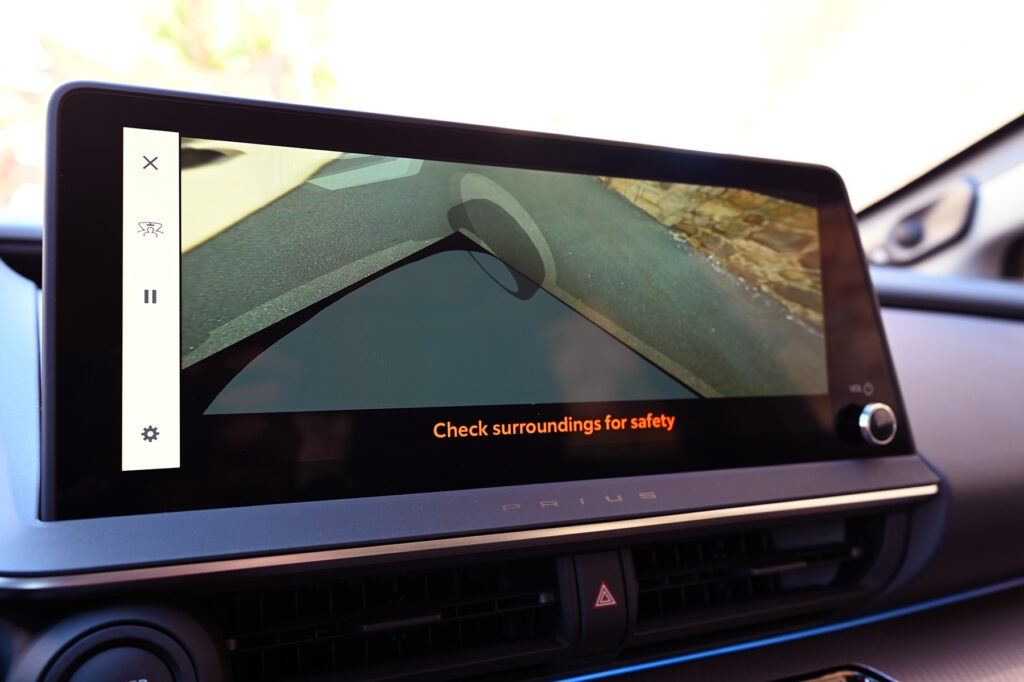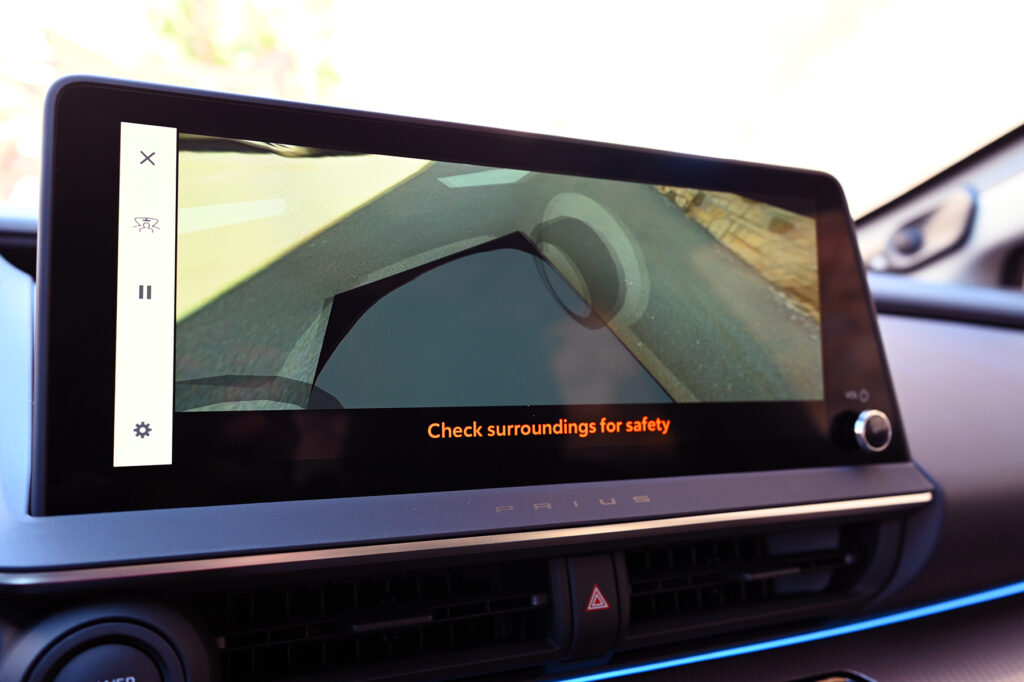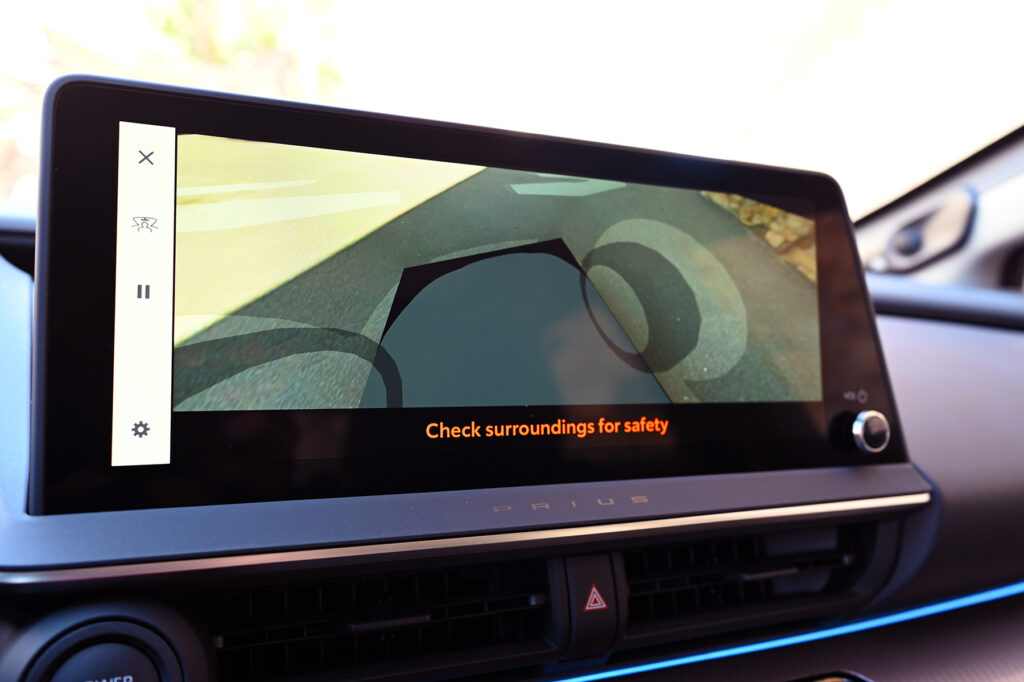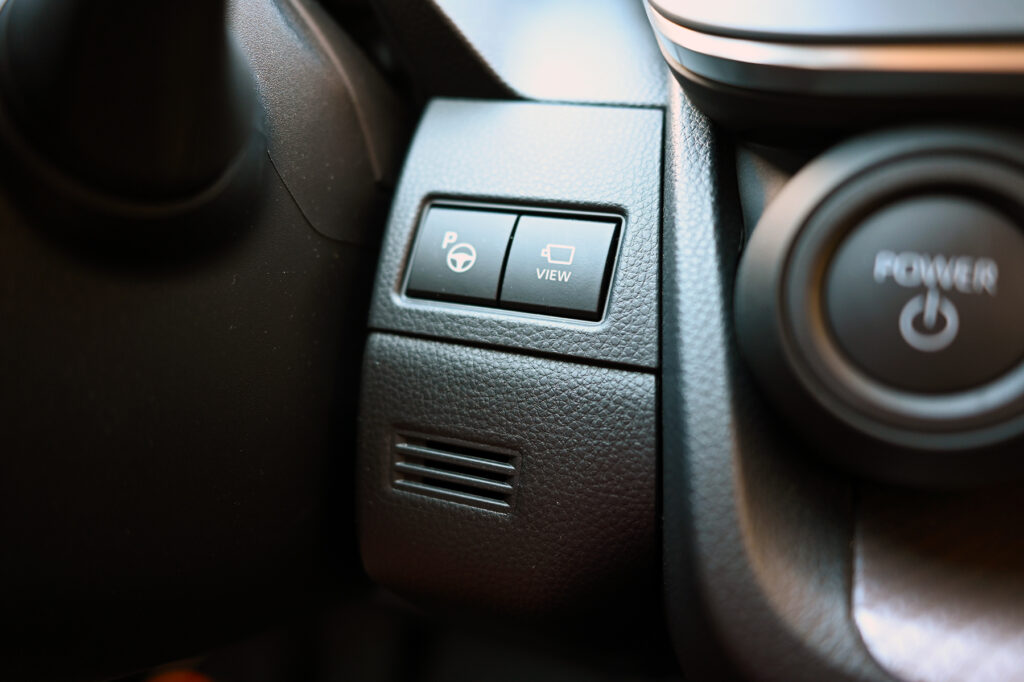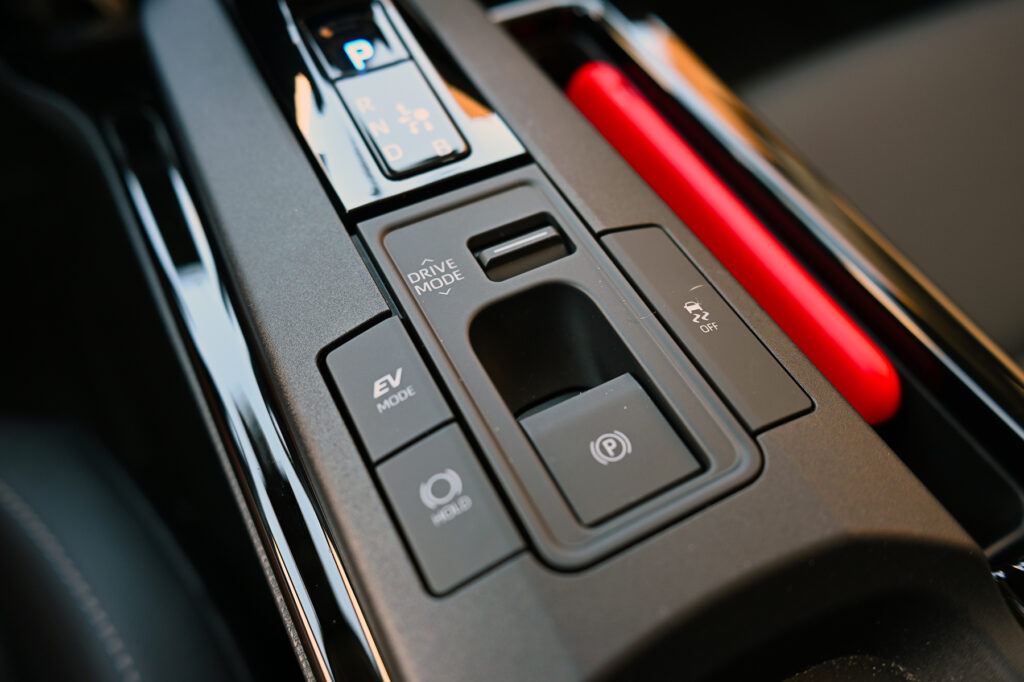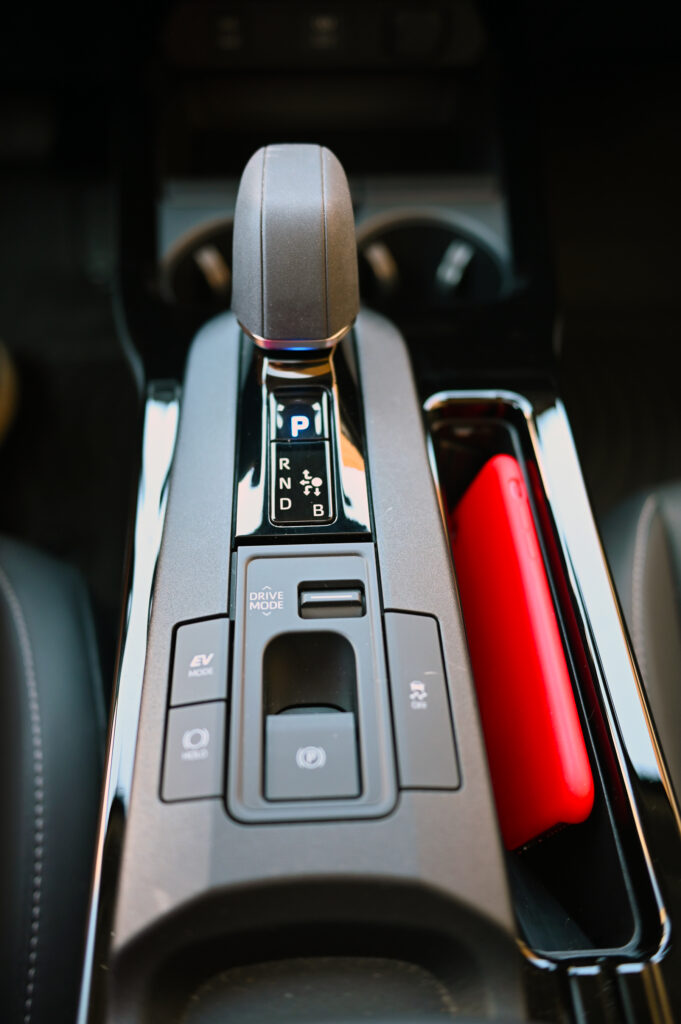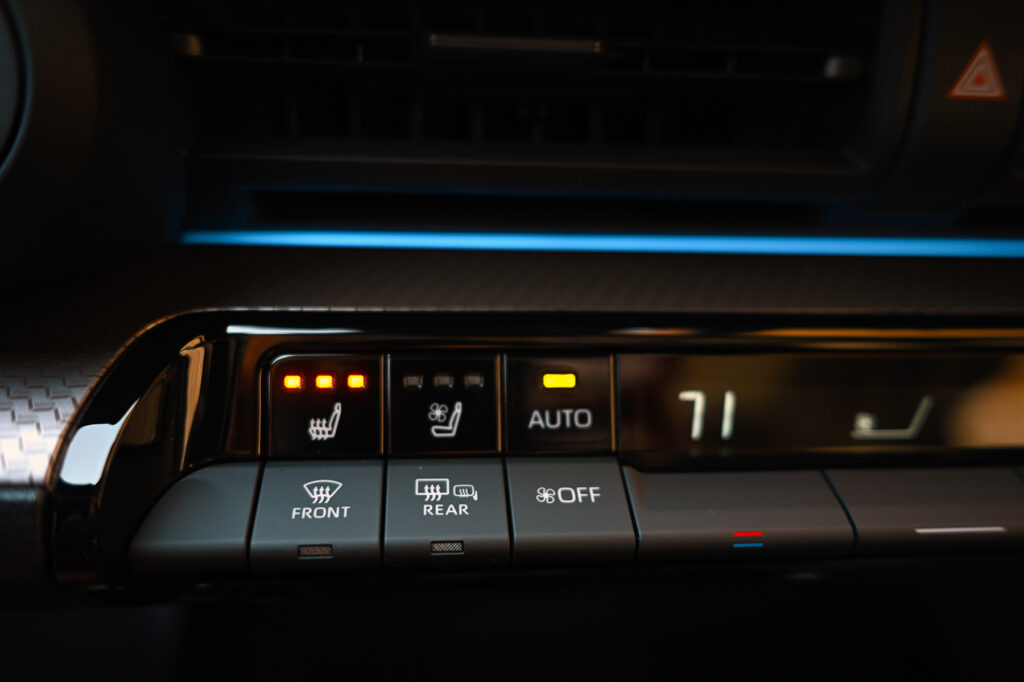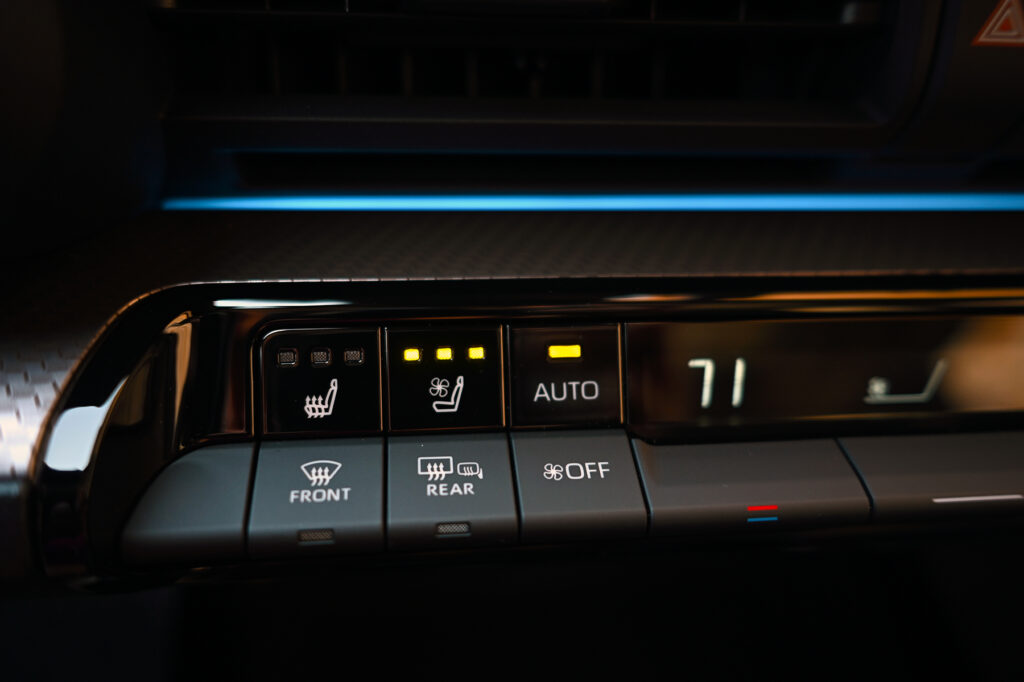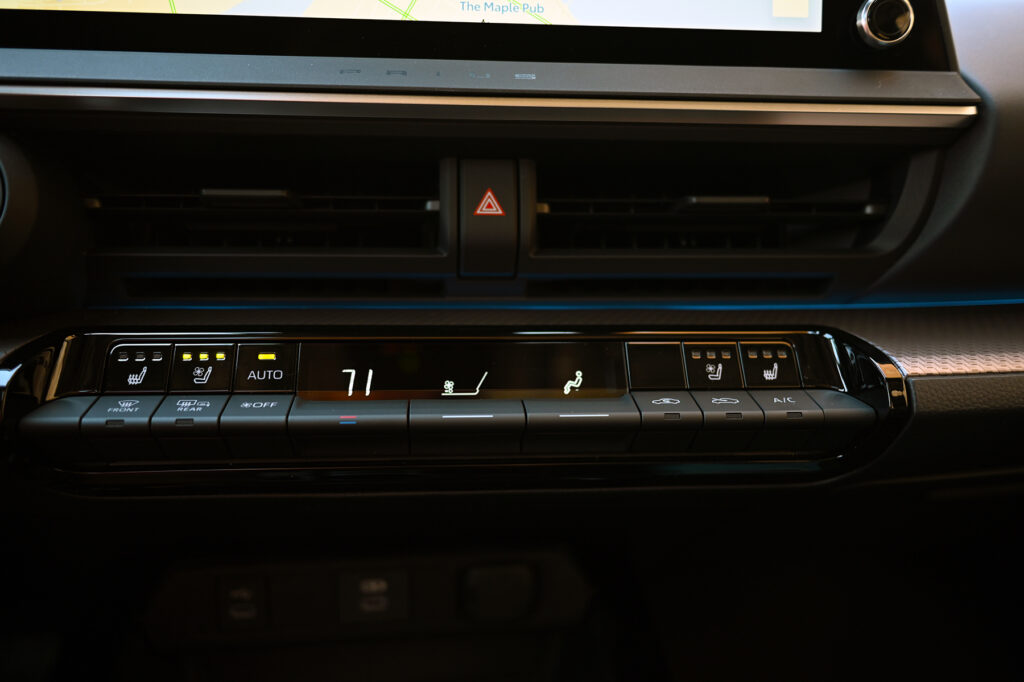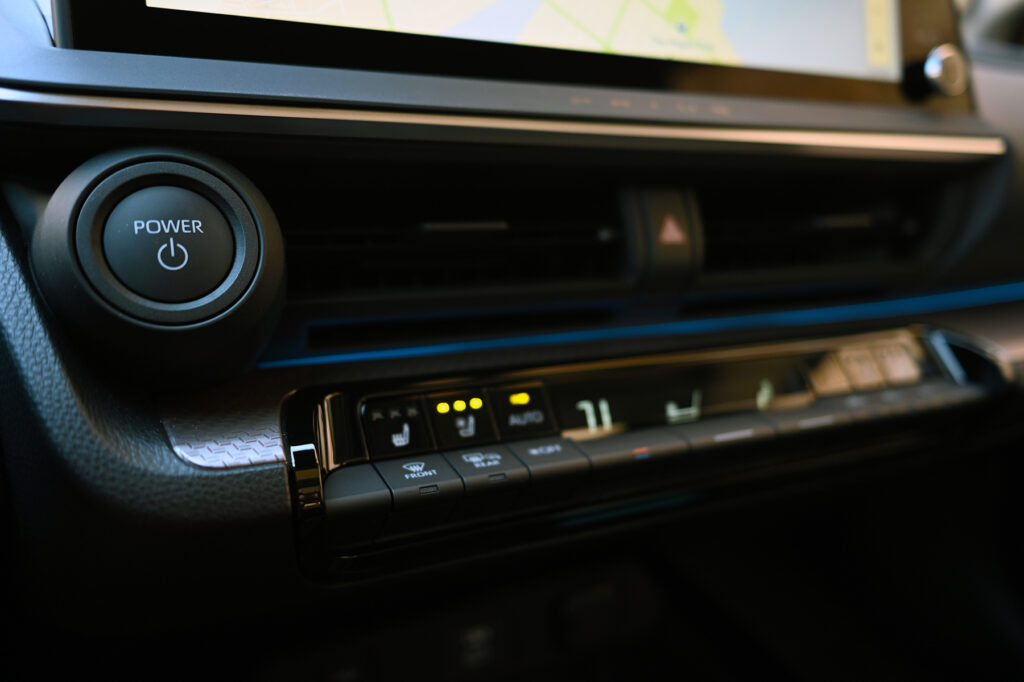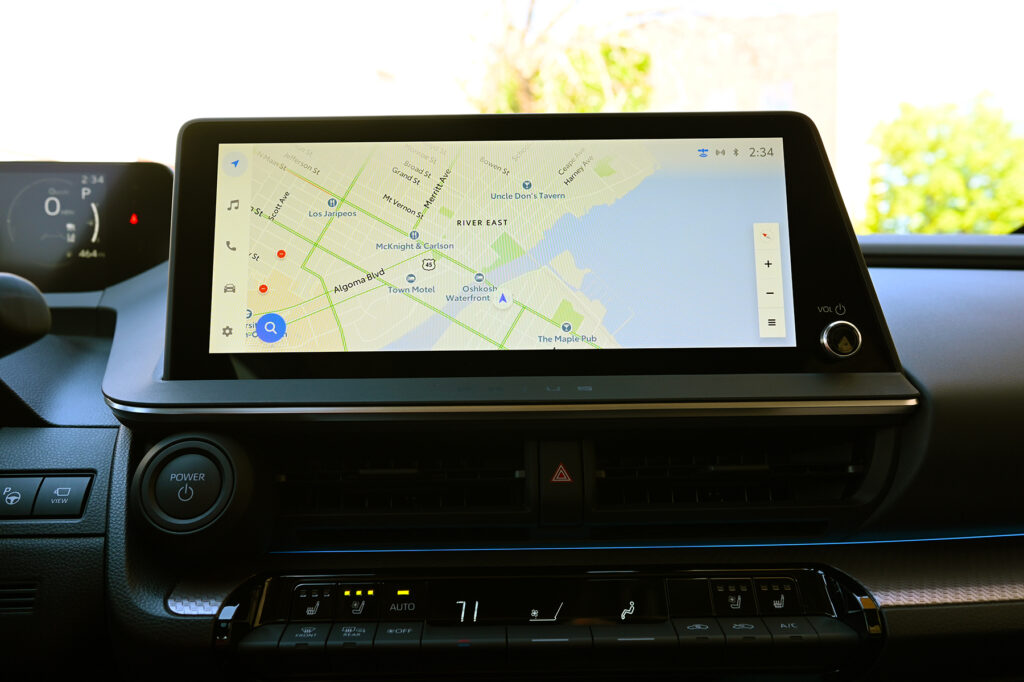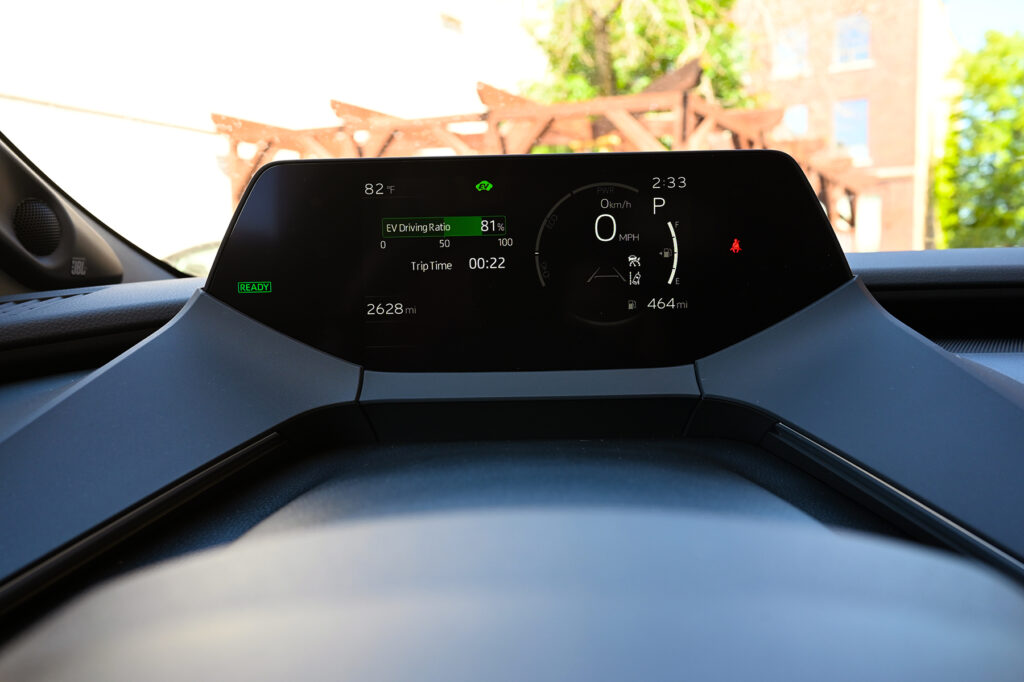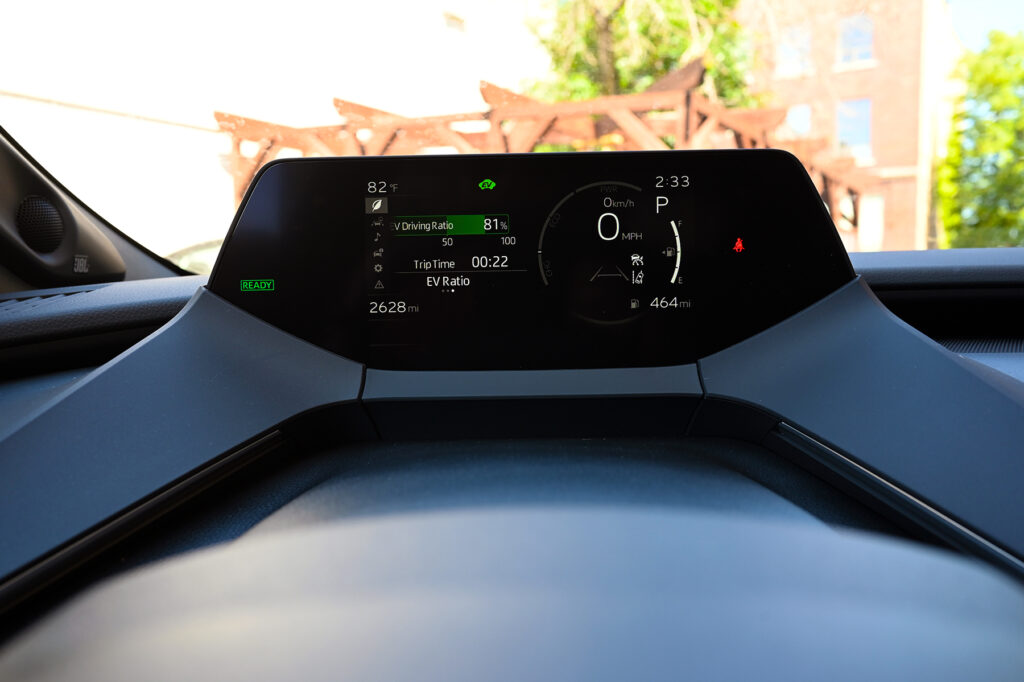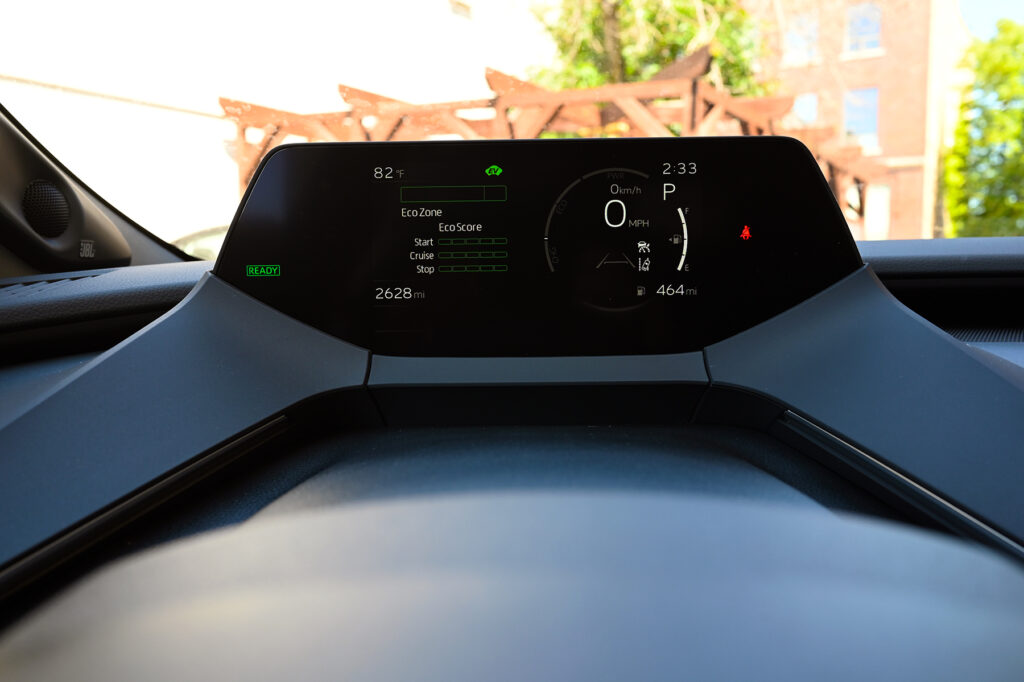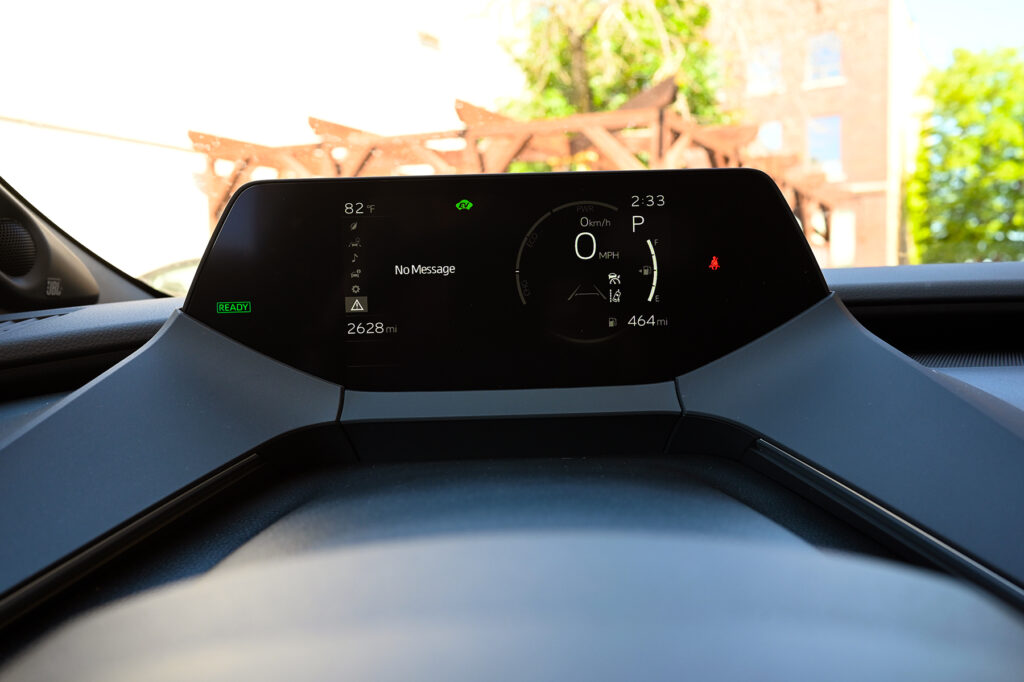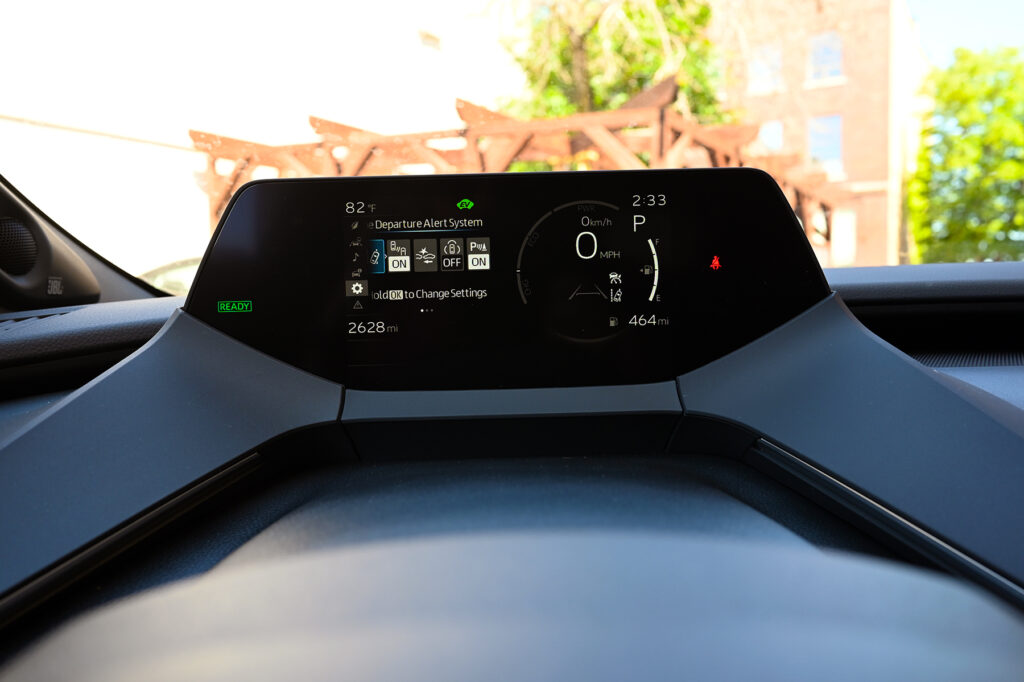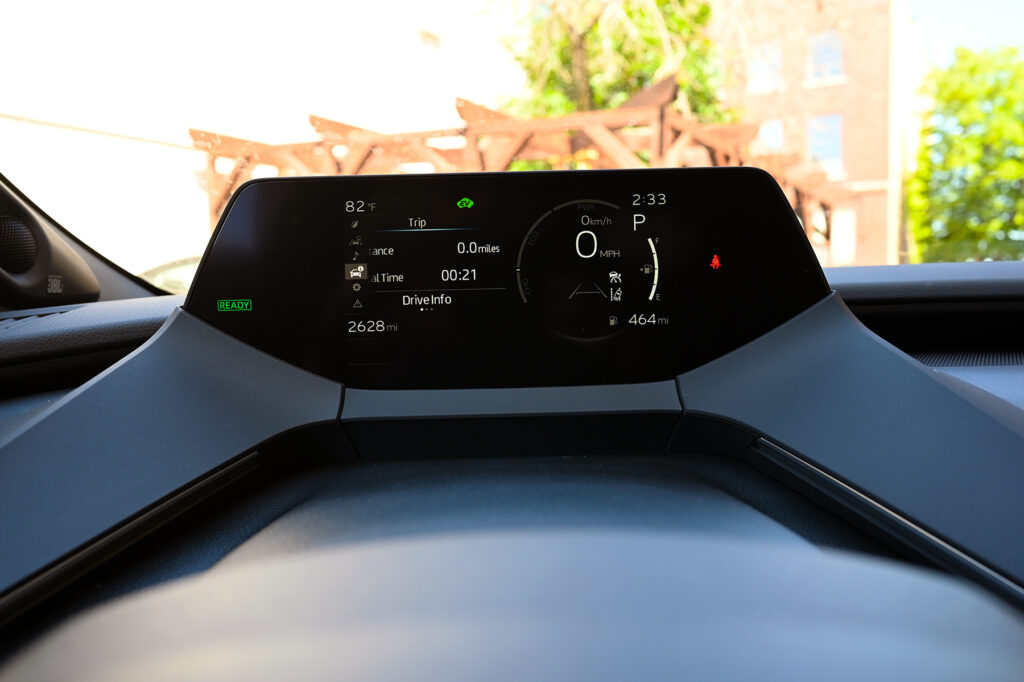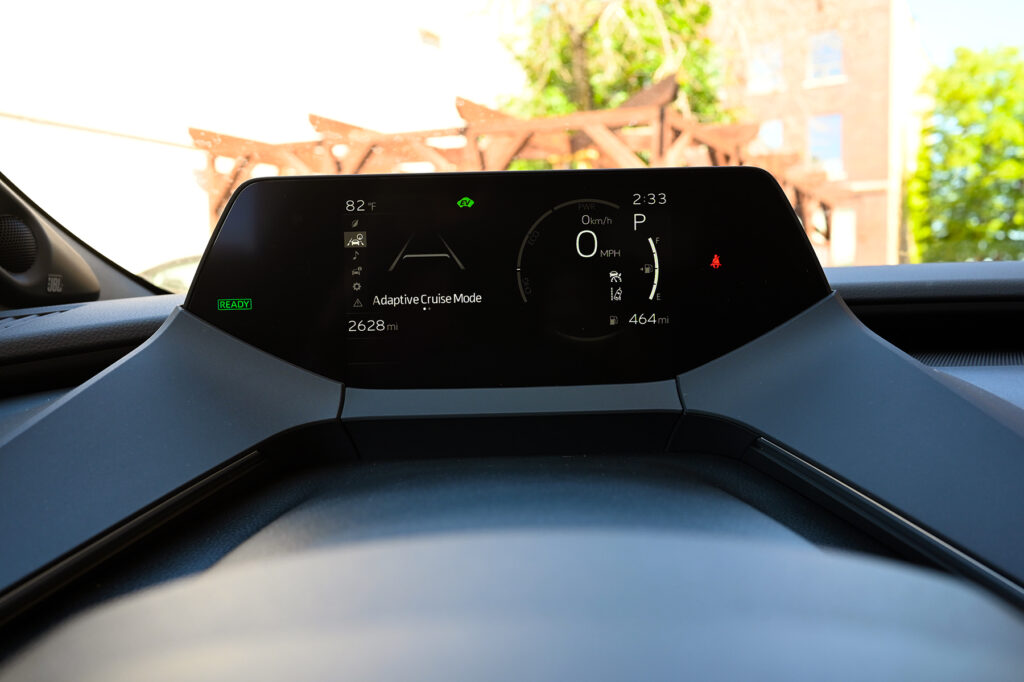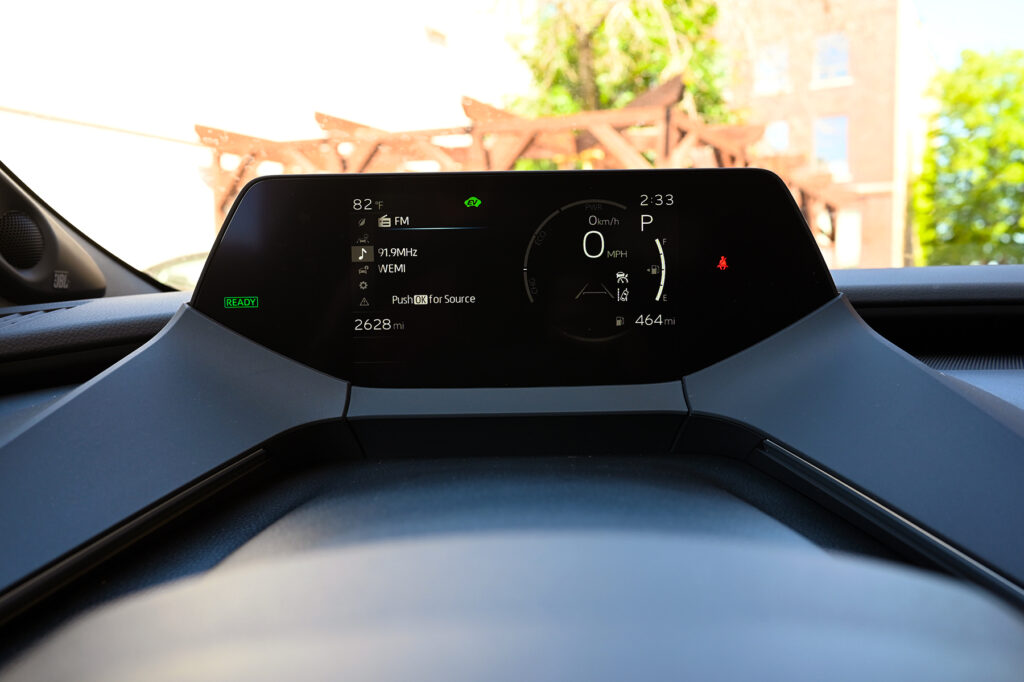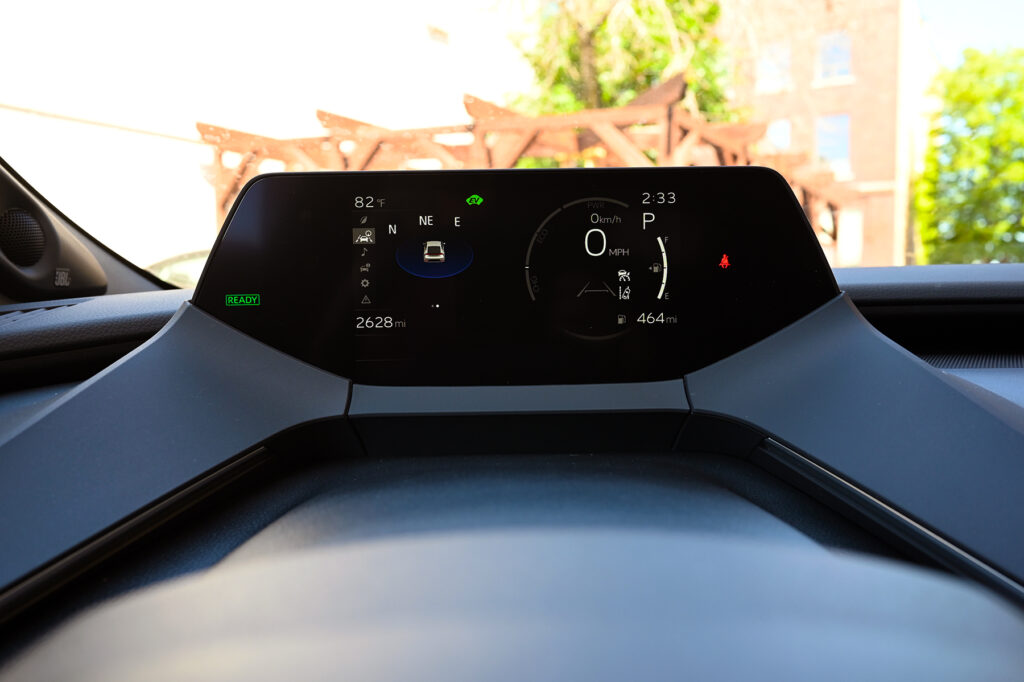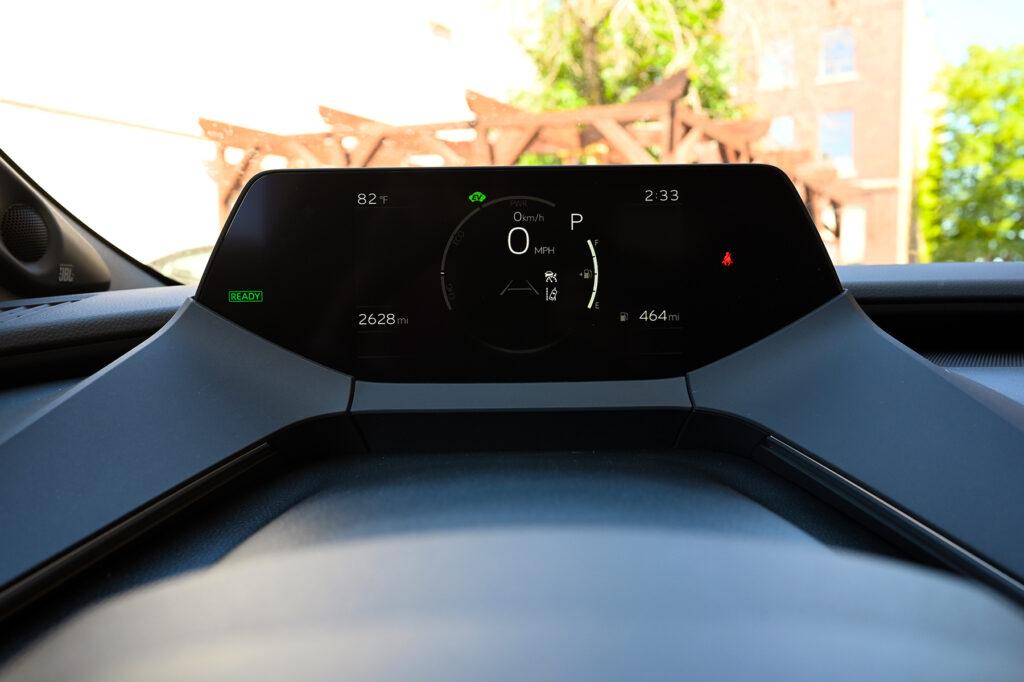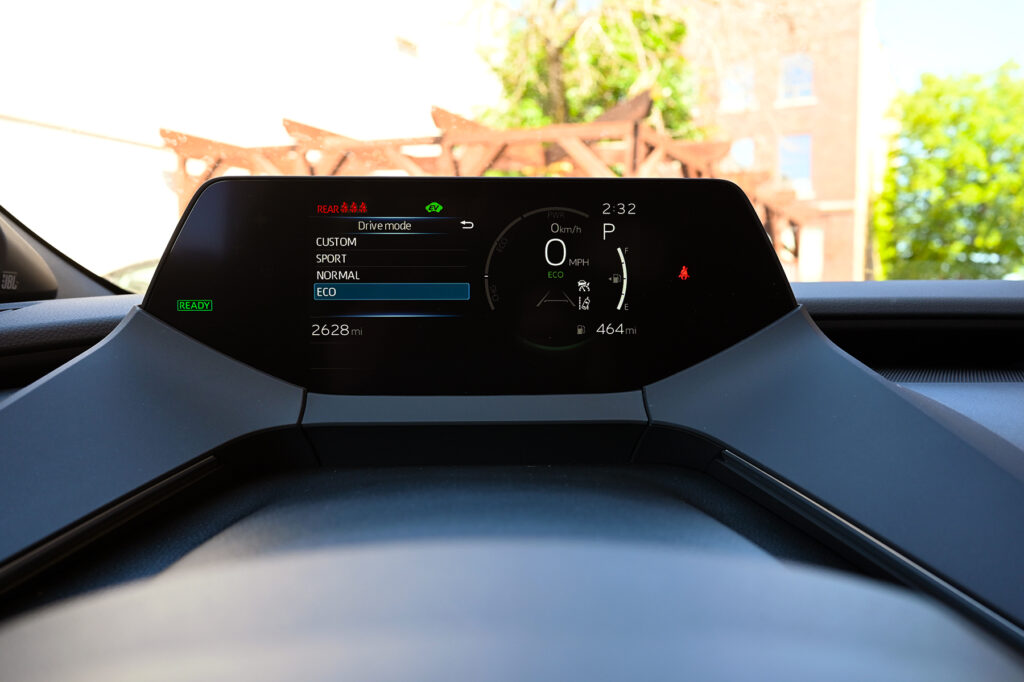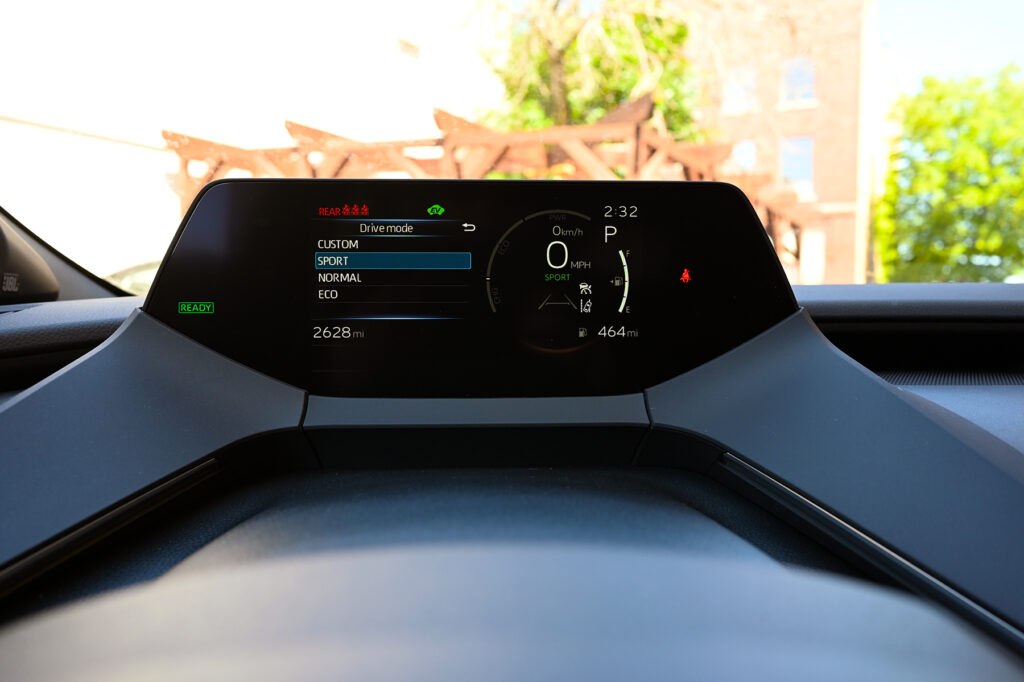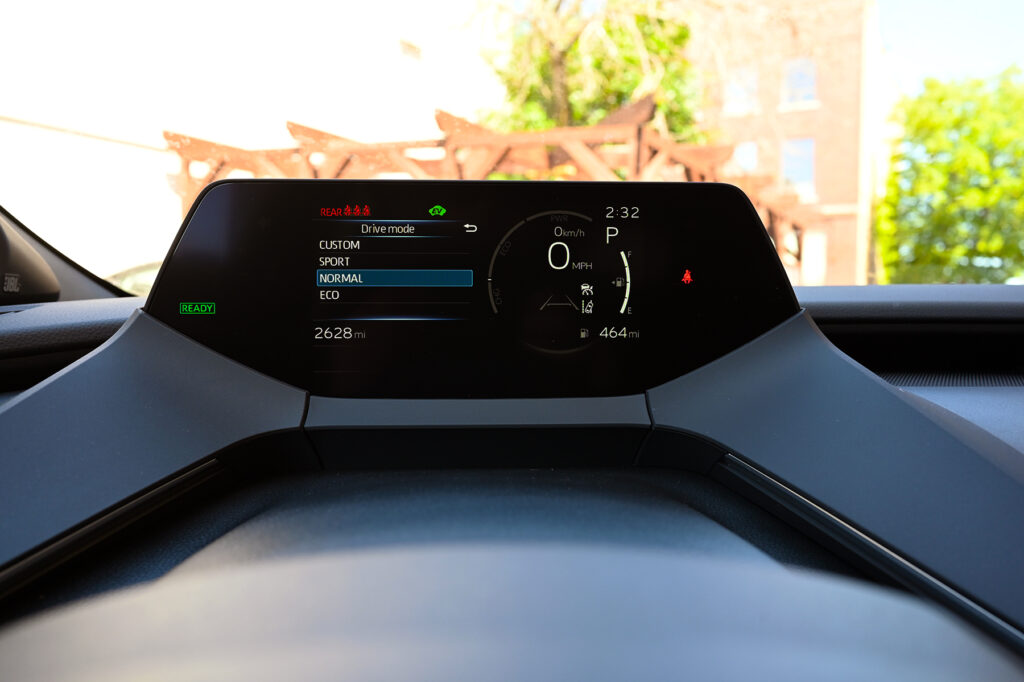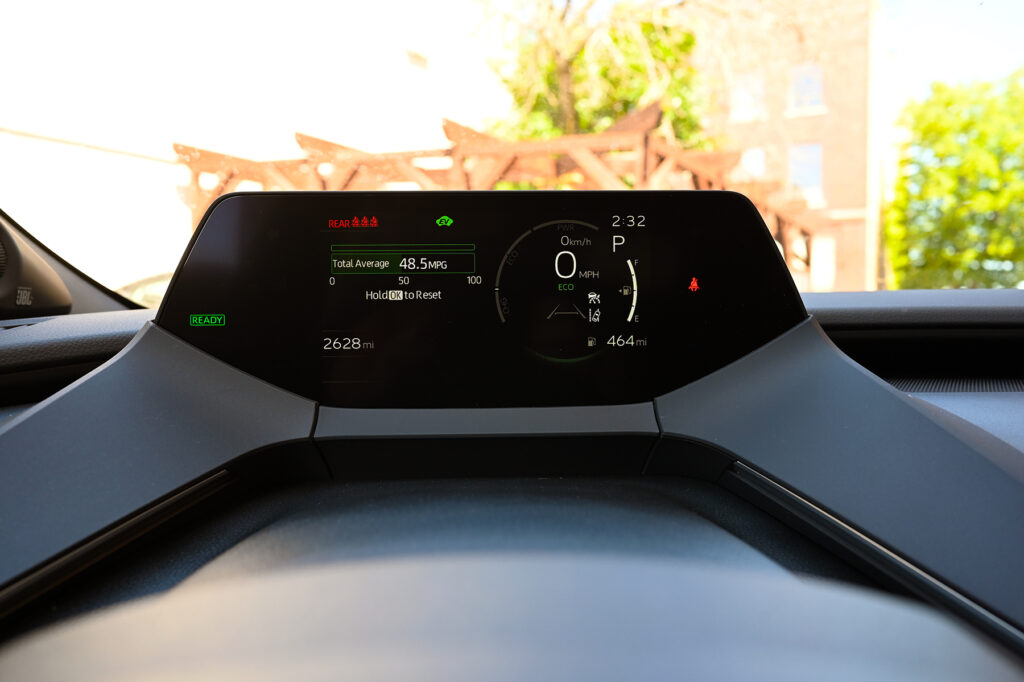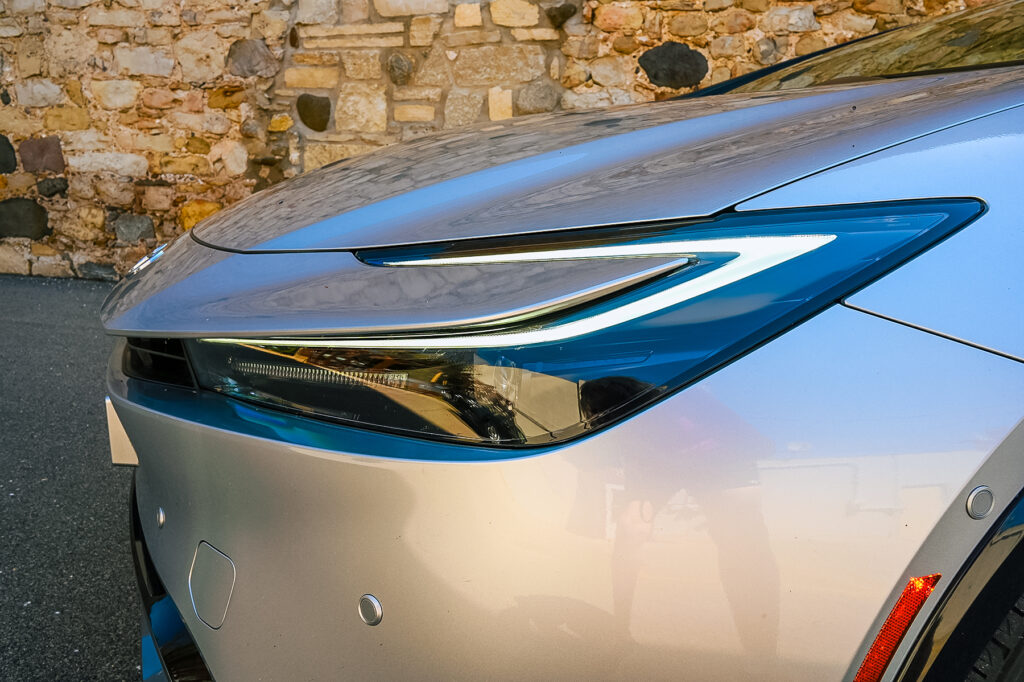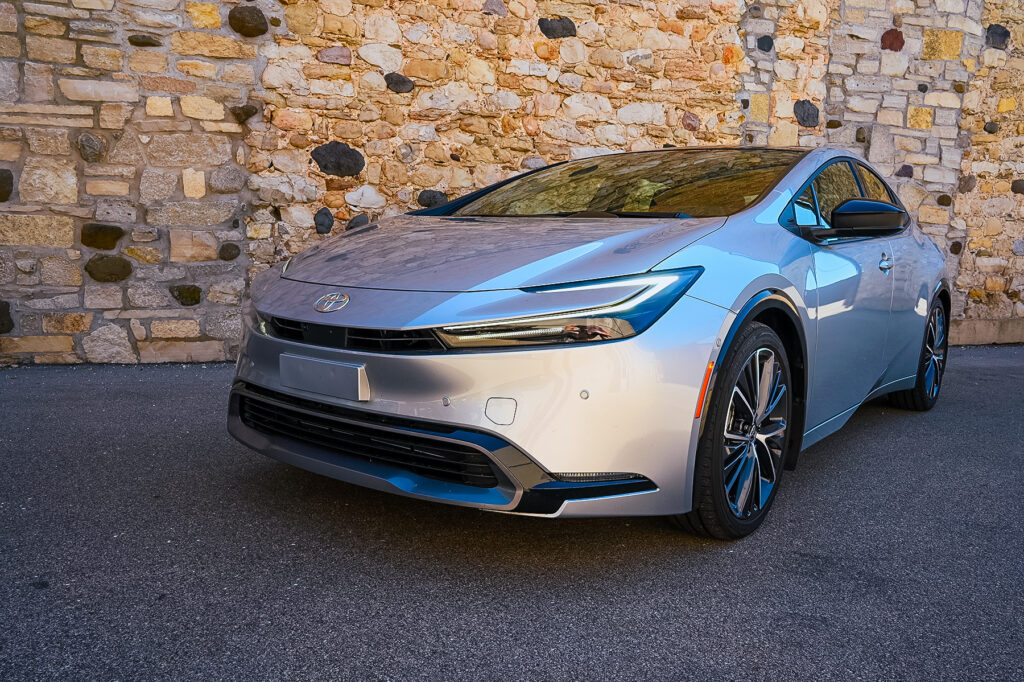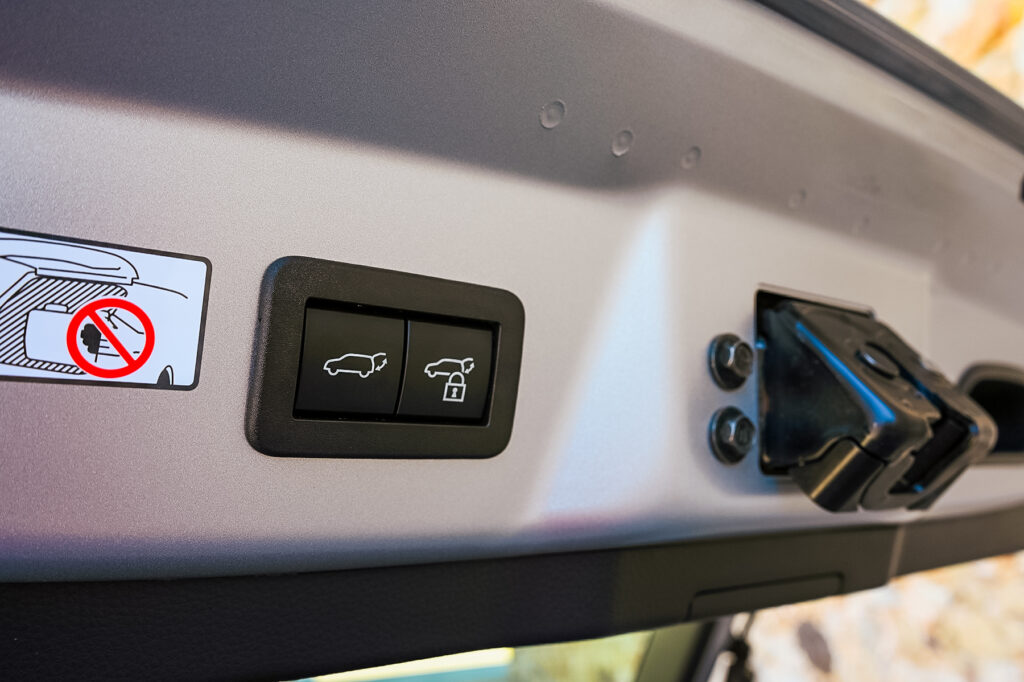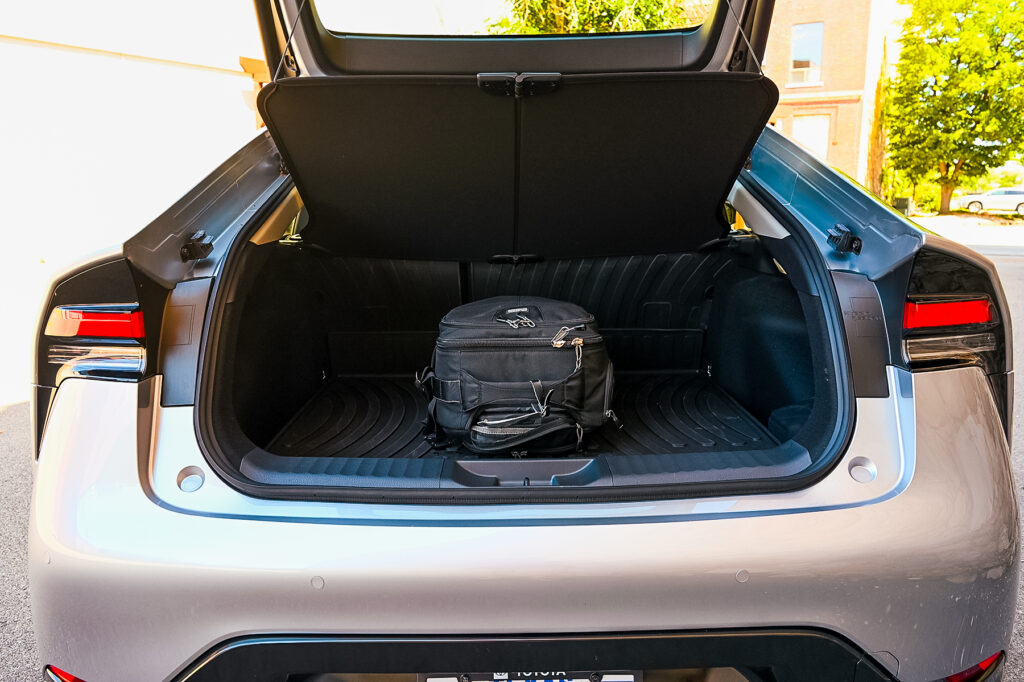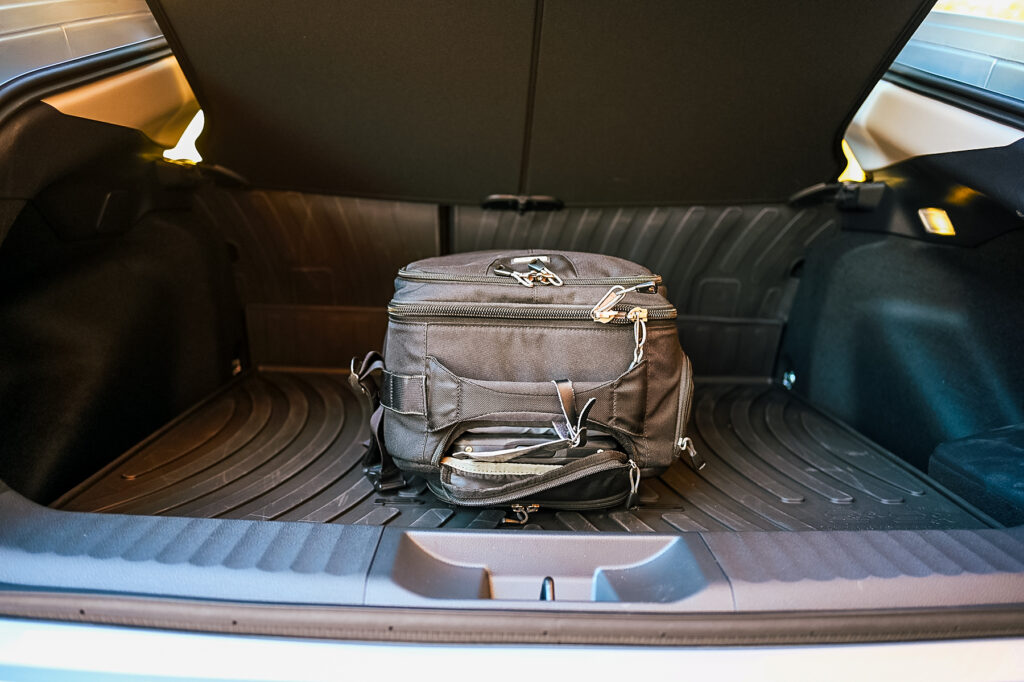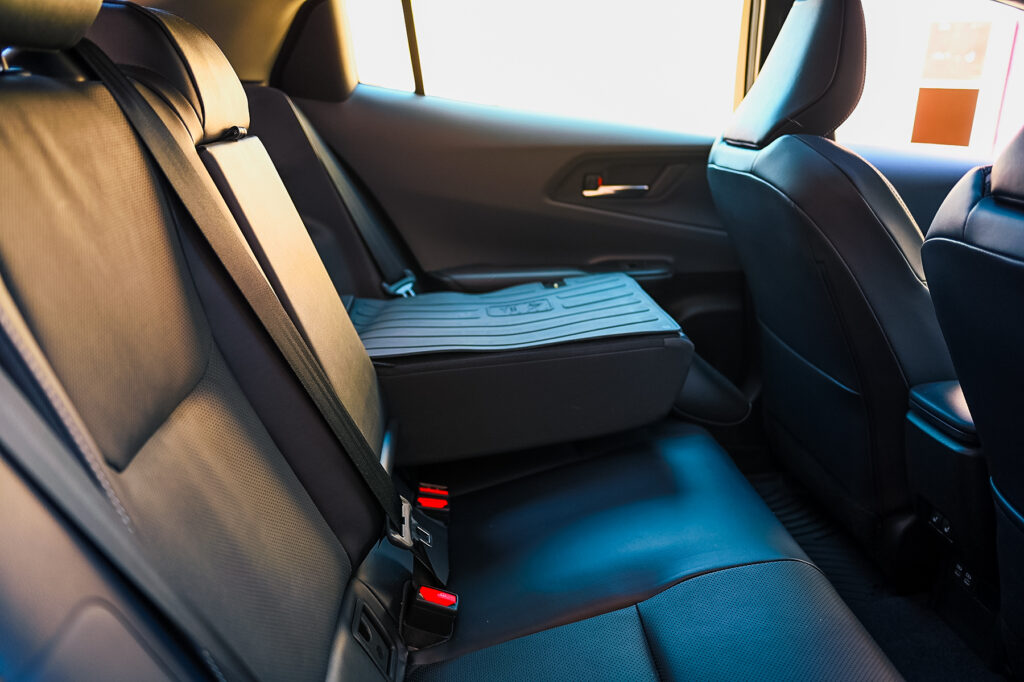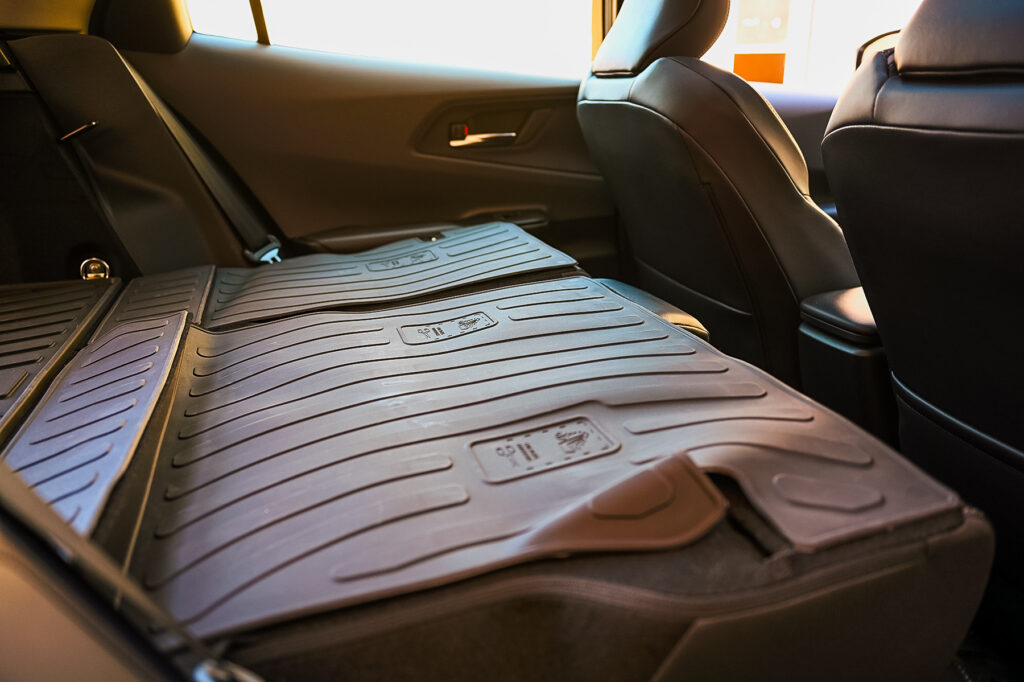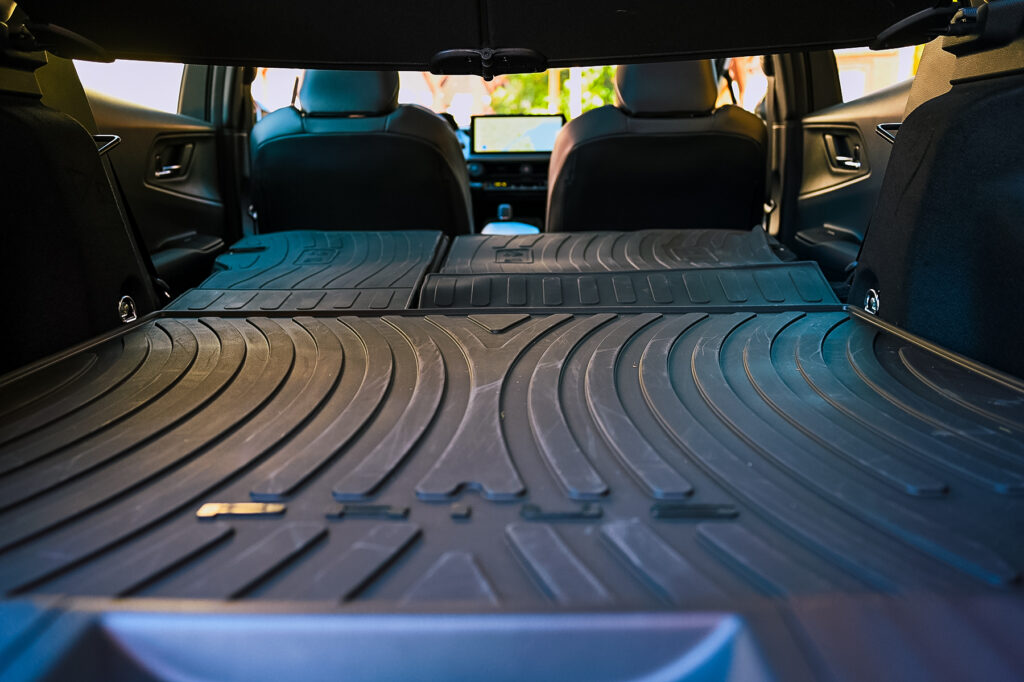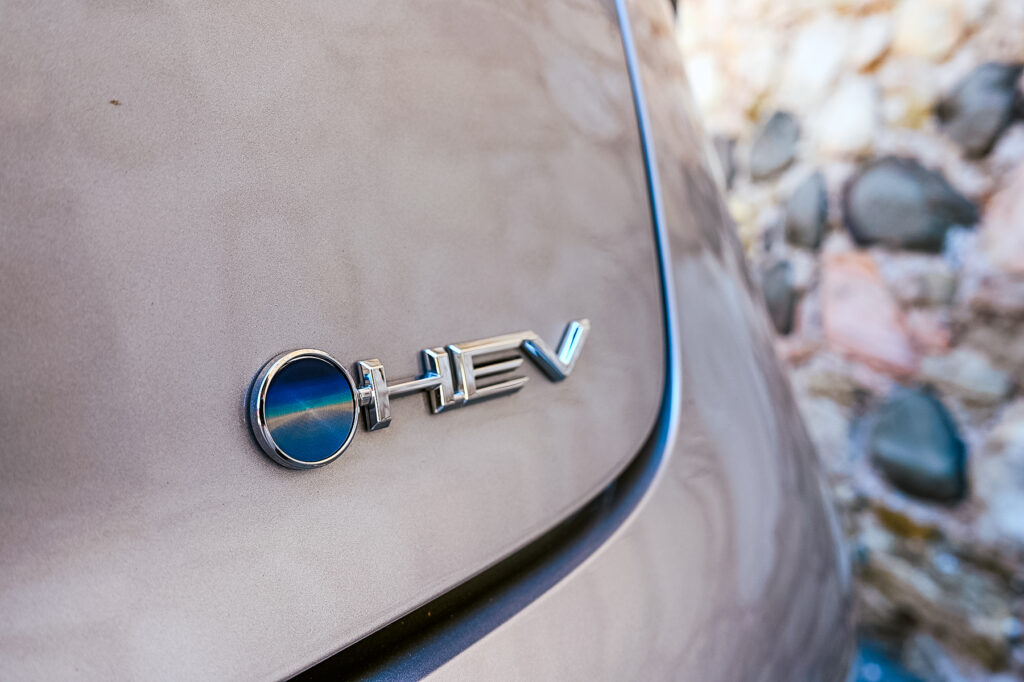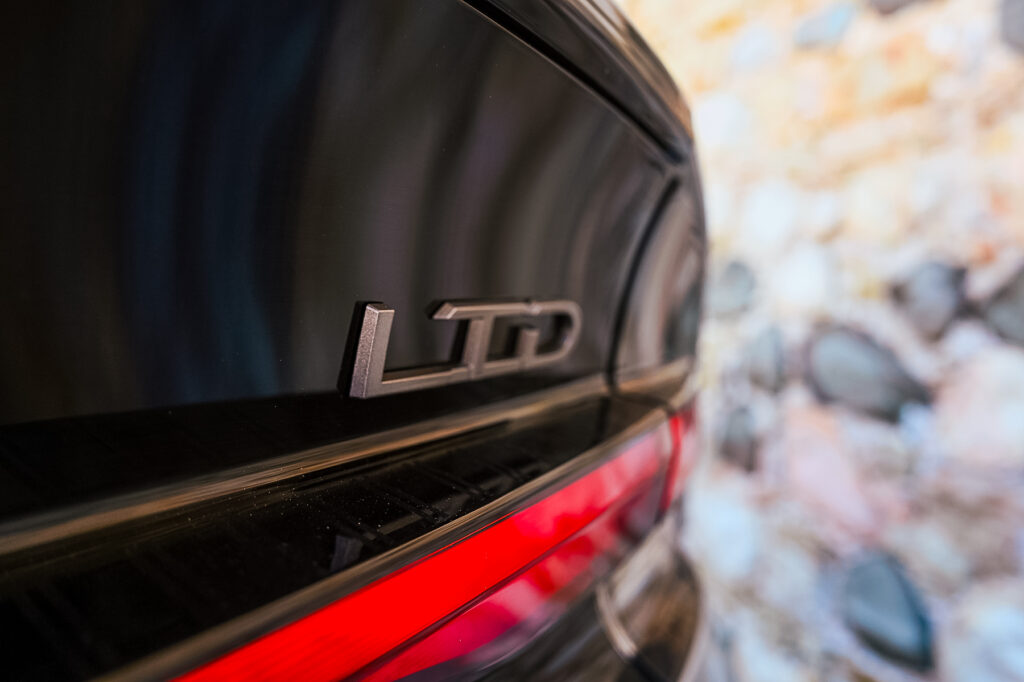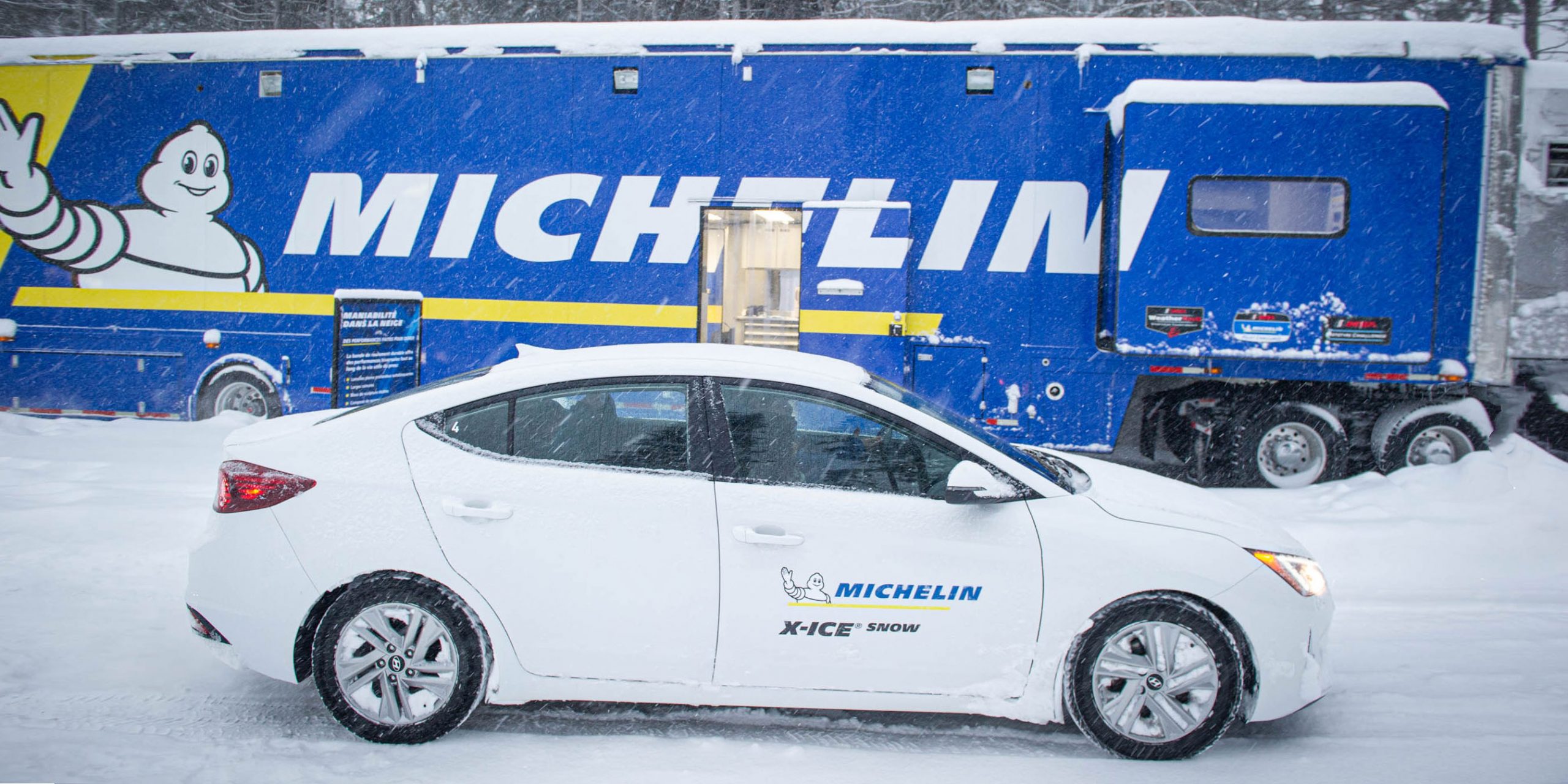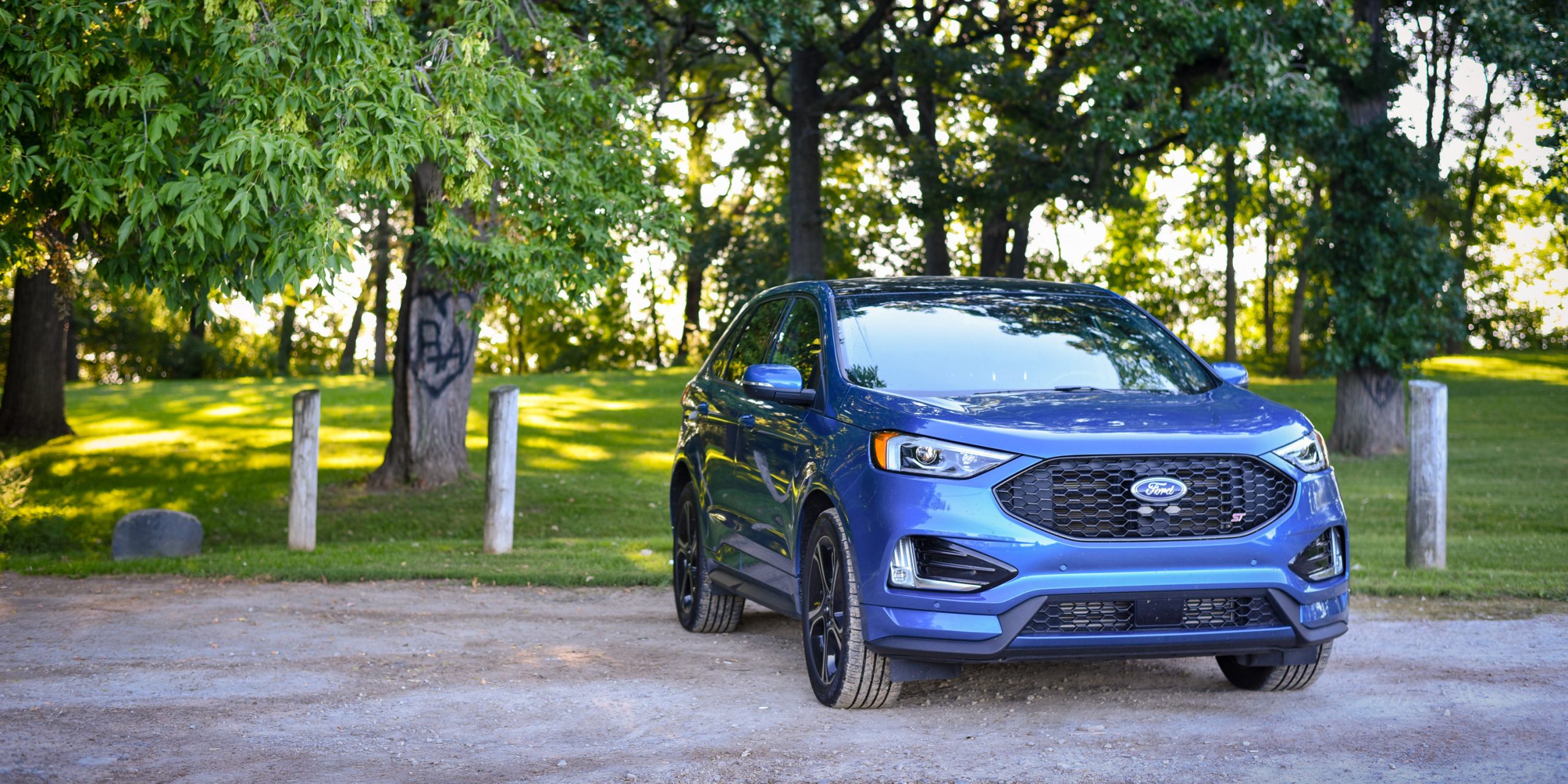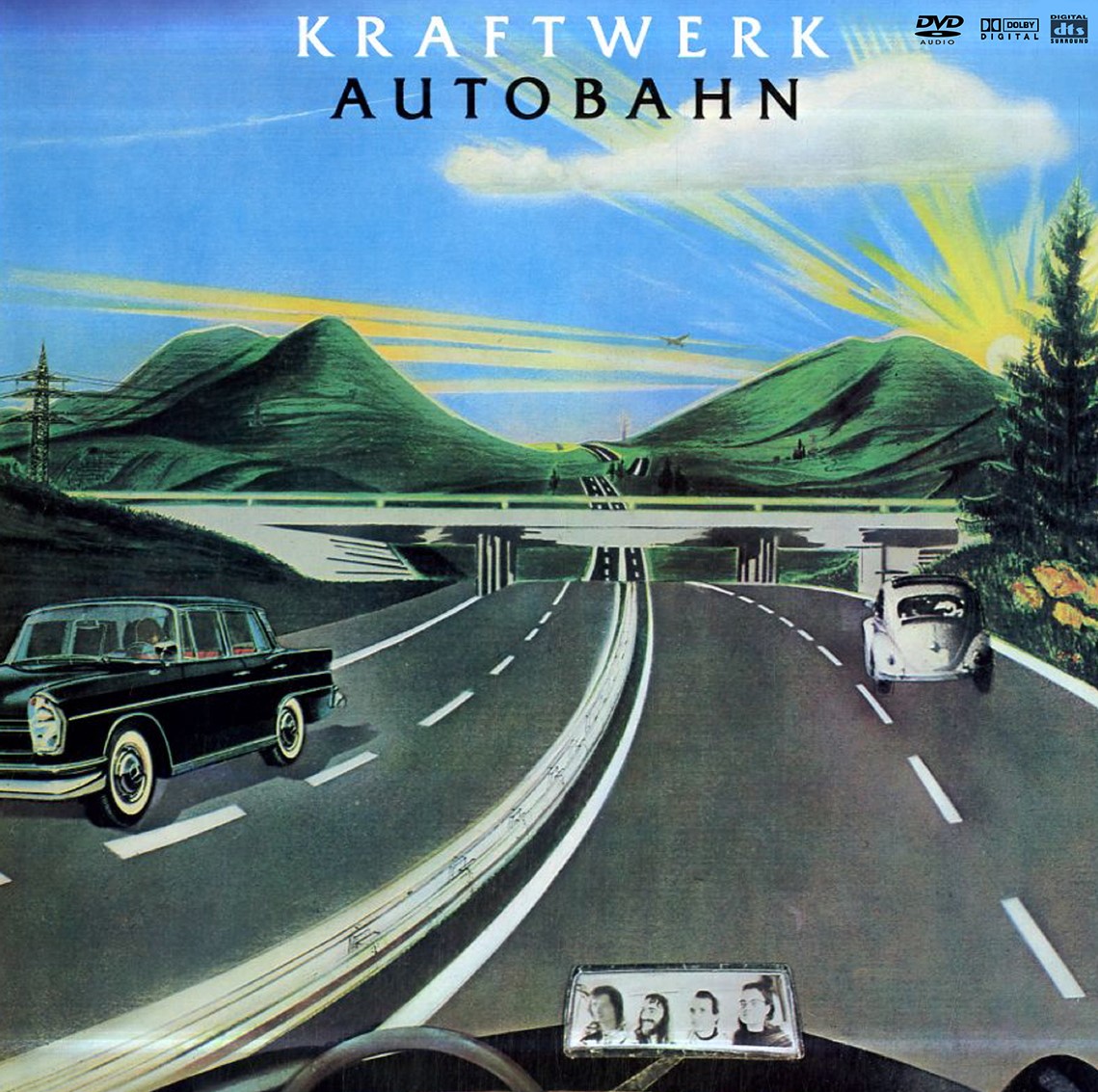Toyota Prius: A Redesigned Icon with Real Personality
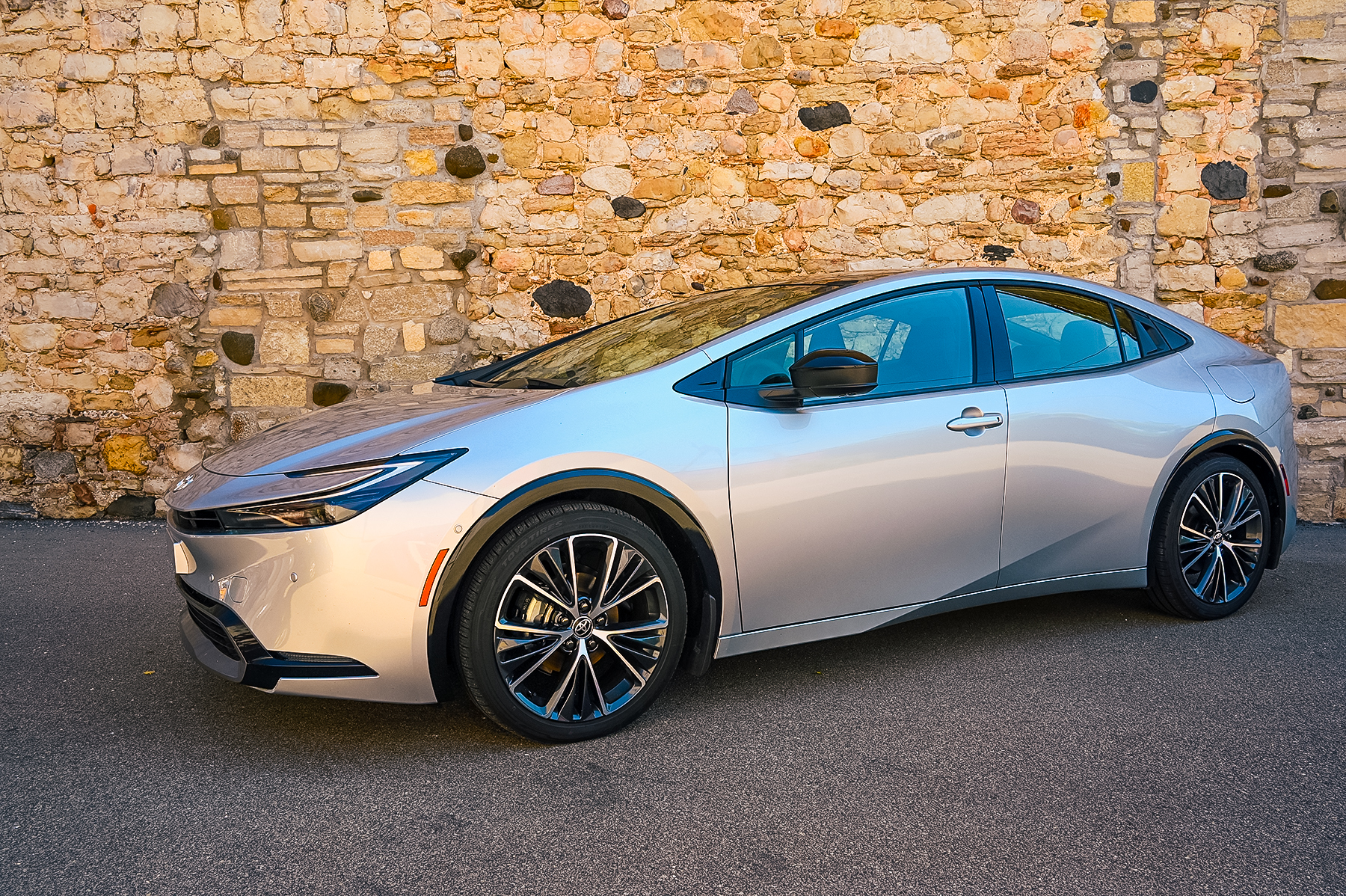
Words and Photos by Jennifer Jensen
The Toyota Prius has always been the sensible car for people who need fuel economy and practicality over style. But with the 2023 redesign of the Prius, Toyota took a different approach—it’s finally a car that turns heads. Toyota’s hybrid icon has been thoroughly redesigned, making it a genuine conversation starter. With sleeker styling, a more powerful engine, and advanced tech, the redesigned Prius looks ready to redefine itself for a broader audience. It was the first time in the Prius long life that Toyota’s engineers didn’t look to improve fuel economy above all else. Ironically, they still managed to do that, along with creating a Prius that is eye-catchingly appealing.
Design Overhaul: A Prius That’s Actually Attractive
Let’s talk design, because for the first time, the Prius is…good-looking? Yes, really. The redesigned Prius is lower, wider, and longer than its predecessor. With a steeply raked windshield—the most aggressive rake Toyota has ever put on a car—and bold body lines, the Prius has a streamlined, modern look that stands out on the road and stands head and shoulders above every Prius that came before. The front end is aggressive, and the overall stance feels more purposeful than ever.
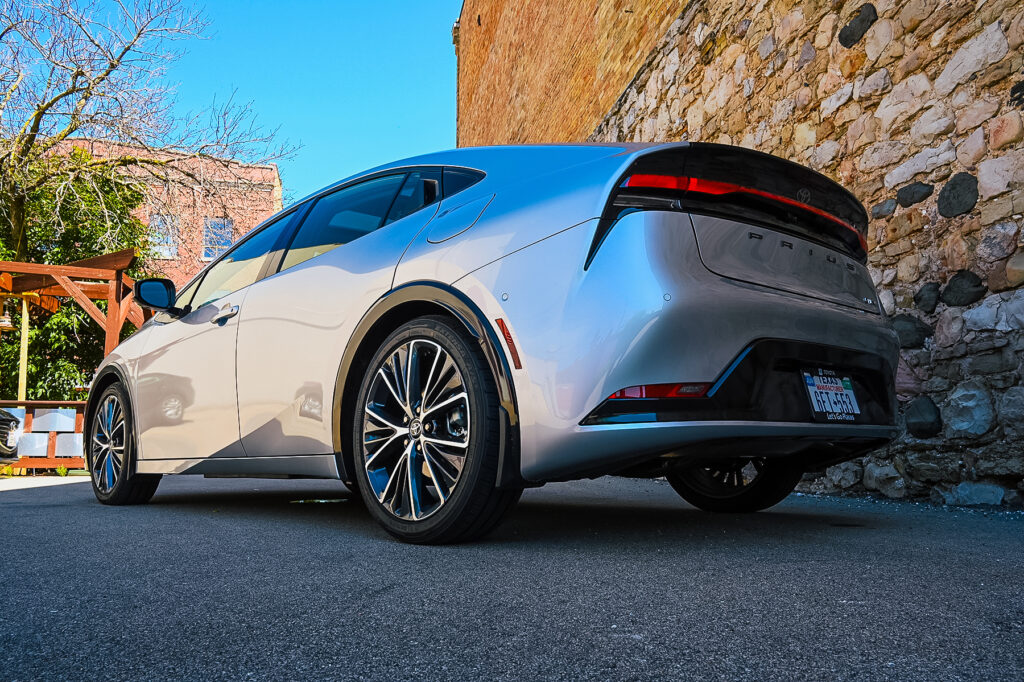
The downside? This low-slung, sporty look has its compromises. Visibility up front is a bit hindered by the long A-pillars and the shallow windshield angle. And while the front seats offer enough headroom, taller drivers might feel cramped, especially with the panoramic sunroof that doesn’t open but does bring in natural light. Rear seat headroom, though, is minimal; anyone over 5’10” will likely find the back seat uncomfortable for extended trips.
Performance Bump: A More Engaging Prius
Under the hood, Toyota has made significant changes. The updated Prius ditches the previous generation’s powertrain for a new 2.0-liter, four-cylinder engine paired with Toyota’s latest hybrid system. Front-wheel-drive models get a combined 194 horsepower, while all-wheel-drive versions bump it up to 196 horsepower. Compared to the previous generation, which maxed out at around 121 horsepower, this is a substantial increase that transforms the Prius’s driving dynamics.
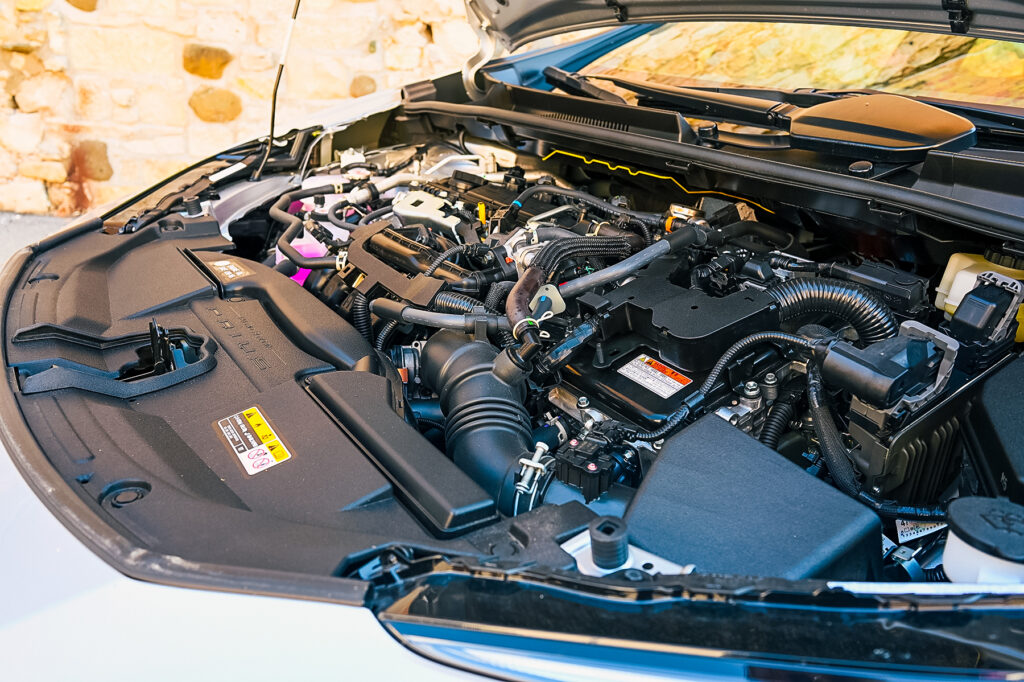
The result? Merging onto the highway and passing slower cars is easier and much less stressful. The Prius now goes from 0-60 mph in around 7 seconds, making it a full three seconds faster than before. The hybrid system’s electric motors kick in smoothly, providing an instant boost when you hit the throttle. It’s not a performance car by any stretch, but it’s lively enough to keep up with traffic and feels responsive when you need it. And it does it all efficiently.
On a road trip from Oshkosh to Chicago, our Prius Limited averaged nearly 50 mpg, hitting 49.2 mpg on the highway—exactly what you’d hope for from a Prius. And with its 11.3-gallon tank, you won’t be spending much time at the gas station.
Interior Comfort and Tech: Spacious Up Front, A Bit Tight in the Back
Inside, Toyota has taken a minimalist approach with clean lines, a simple dashboard, and a thoughtful layout. There’s plenty of space in the front, with supportive seats that make long trips comfortable. Toyota also gave the Prius a new steering wheel, which has a smaller circumference and reminds me more of a racecar steering wheel. One small gripe: if you’re the type who likes to rest your hand at the bottom of the wheel, you’ll find there’s no gap at the spoke. But that’s a minor complaint in an otherwise well-thought-out cockpit.
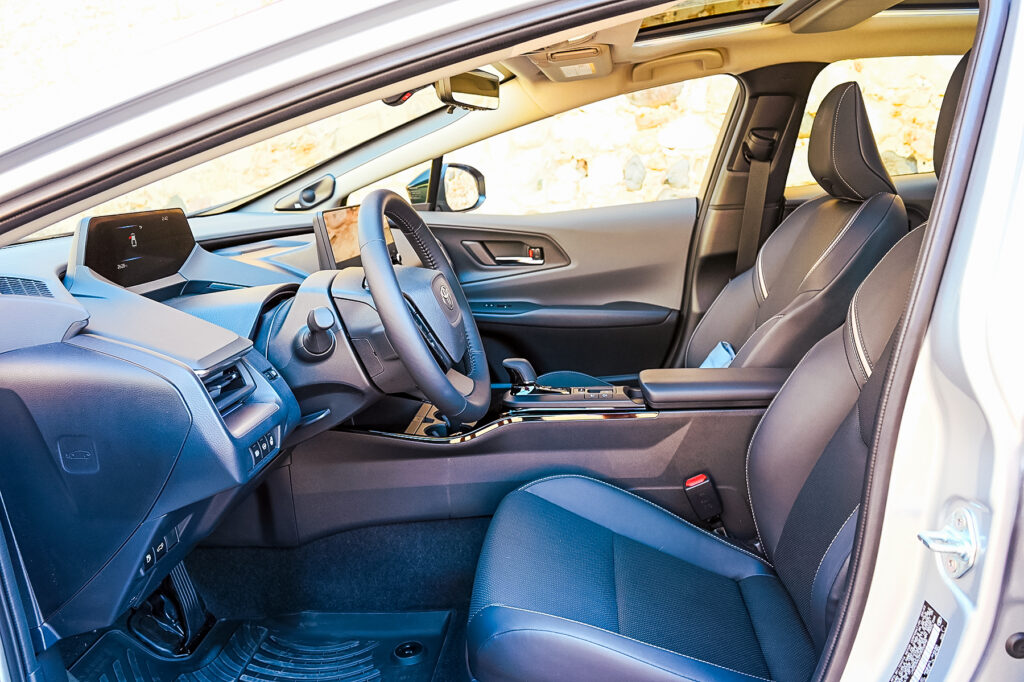
The Prius Limited trim includes an upgraded JBL audio system that sounds clear and balanced, and the cabin has six USB-C charging points, so everyone can stay charged on road trips. The 12.3-inch touchscreen on this trim is responsive and bright, though I found the small font on the display hard to read. Fortunately, Toyota has retained physical controls for the HVAC and volume functions.
In the back seat, the lowered roofline is definitely more noticeable. Headroom is tight, and taller passengers will find themselves leaning forward to avoid brushing against the headliner. Legroom is adequate for a compact car, but if you’re over six-feet tall you’re going to fight for the front seats on a road trip.
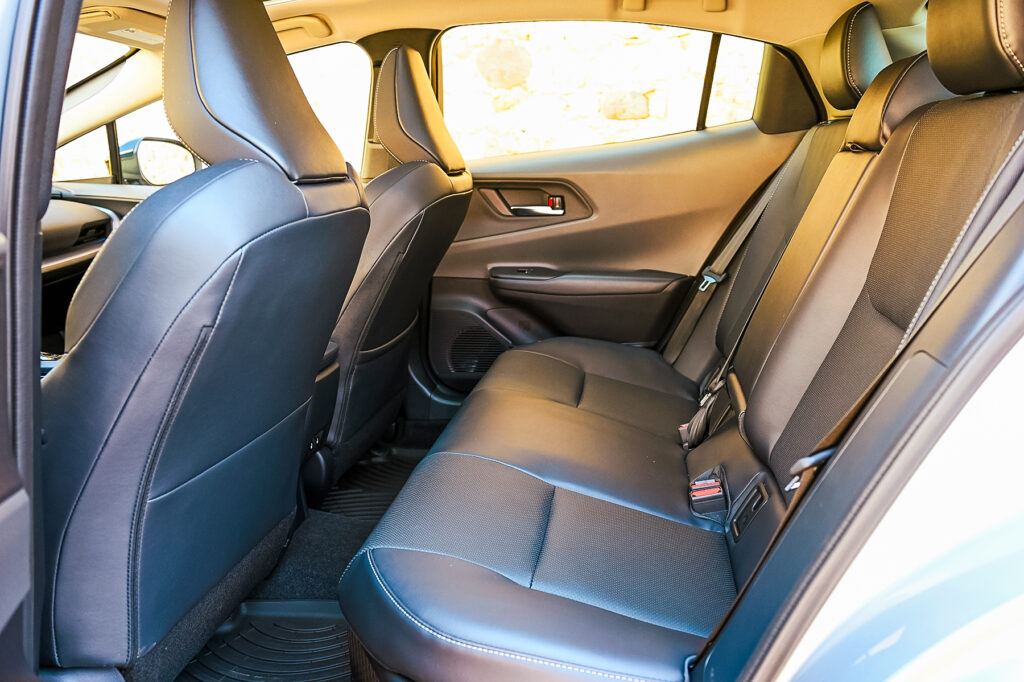
The Drive: Smooth, Efficient, and Surprisingly Quick
Driving the Prius is a completely new experience over the older models. The new powertrain, paired with an electronically controlled CVT, does a good job delivering power without that rubber-band effect that’s typical of CVTs. Acceleration is, well, there! It’s linear and predictable, and the Prius feels composed on the highway. Around town, it’s nimble, and the steering—while not exactly sporty—is light and predictable.
Toyota included several drive modes—Eco, Normal, and Sport—that adjust the throttle response and steering effort. In Sport mode, throttle response is noticeably sharper, making the car feel a bit more eager off the line, though you won’t need to worry about tire spin.
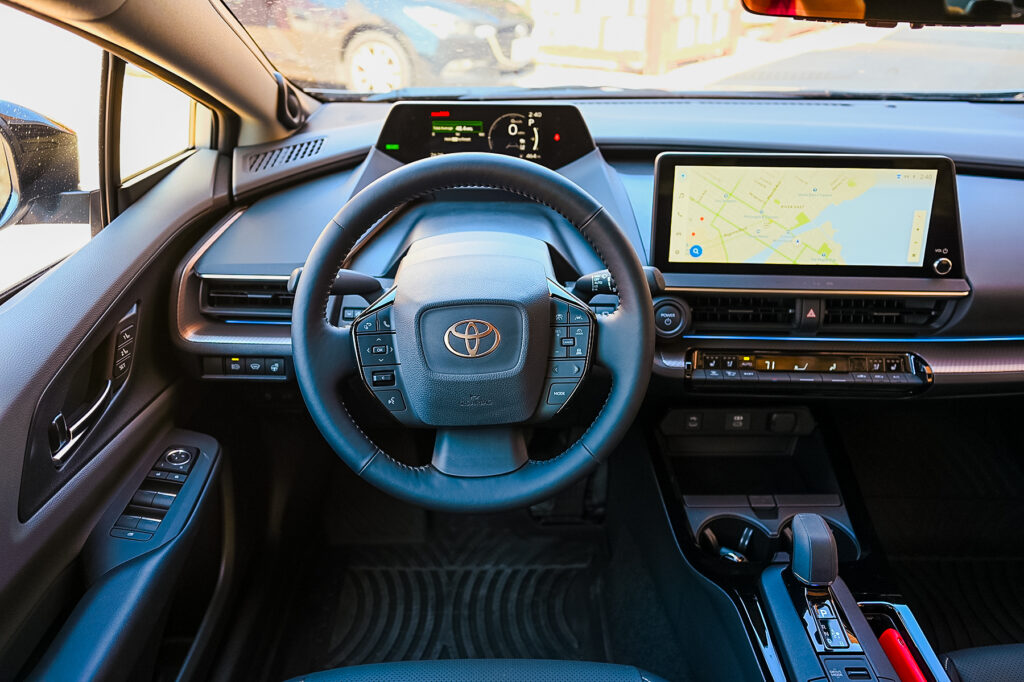
Switching between modes doesn’t change the suspension, as it’s a fixed setup. The suspension is firm enough to give the Prius a fair amount of composure on twisty roads, but it’s more in tune with city commutes and keeping the harshness of modern day broken roads to a minimum.
Around town, the Prius can sip fuel, relying on electric power at low speeds and transitioning to the gas engine when needed. It’s not a seamless transition but far less intrusive than previous models. This is where the Prius still shines—you can feel good about your fuel usage without sacrificing modern conveniences.
Technology and Safety Features: Toyota’s Latest and Greatest
The Prius comes standard with Toyota Safety Sense 3.0, a suite of advanced safety features that includes adaptive cruise control, lane-keeping assist, and pedestrian detection. The adaptive cruise control works well, although Toyota’s system tends to be conservative, keeping you a bit farther from the car in front even on the closest setting. You can switch between adaptive and standard cruise, which lets you maintain a set speed without the radar adjusting your distance—a nice feature if you prefer old-school cruise control on the highway.
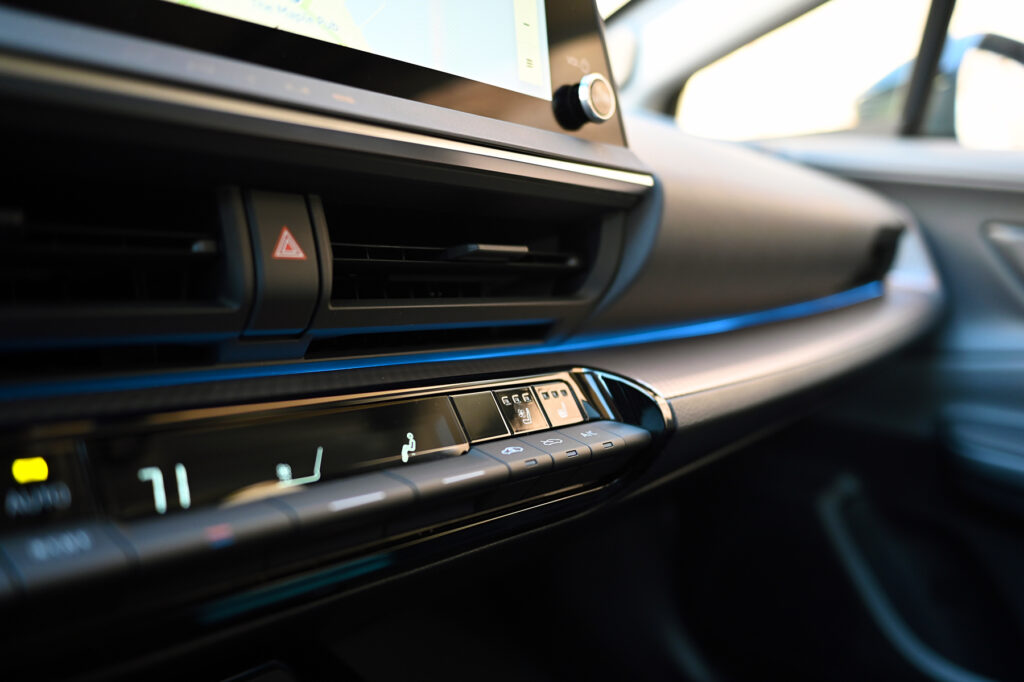
There is a 7-inch digital instrument cluster that provides good information, but this is one of the deisgn areas that will generate love it or hate it reactions. Toyota’s engineers and designers crafted this 7-inch landscape screen in a spot that they felt negated the need for a head up display placing it further away than a traditional instrument binnacle. The problem arises in sight line visibility. Depending on your seat height and placement of the steering wheel, you may be blocking the view of that screen. Or at least portions of it. I can understand the intention here, but I would have preferred that screen in a more traditional location and a HUD for important info.
Cargo Space and Practicality: A Little Less Room, but Still Functional
The redesigned Prius sacrifices a bit of cargo space for style. Compared to the previous generation, the new model loses about 3.5 cubic feet of trunk space. The cargo area still offers enough room for a couple of weekend bags, and there are under-floor storage compartments that come in handy for smaller items. There’s no spare tire, so you’re left with a repair kit—something to keep in mind if you frequently drive on rough roads.
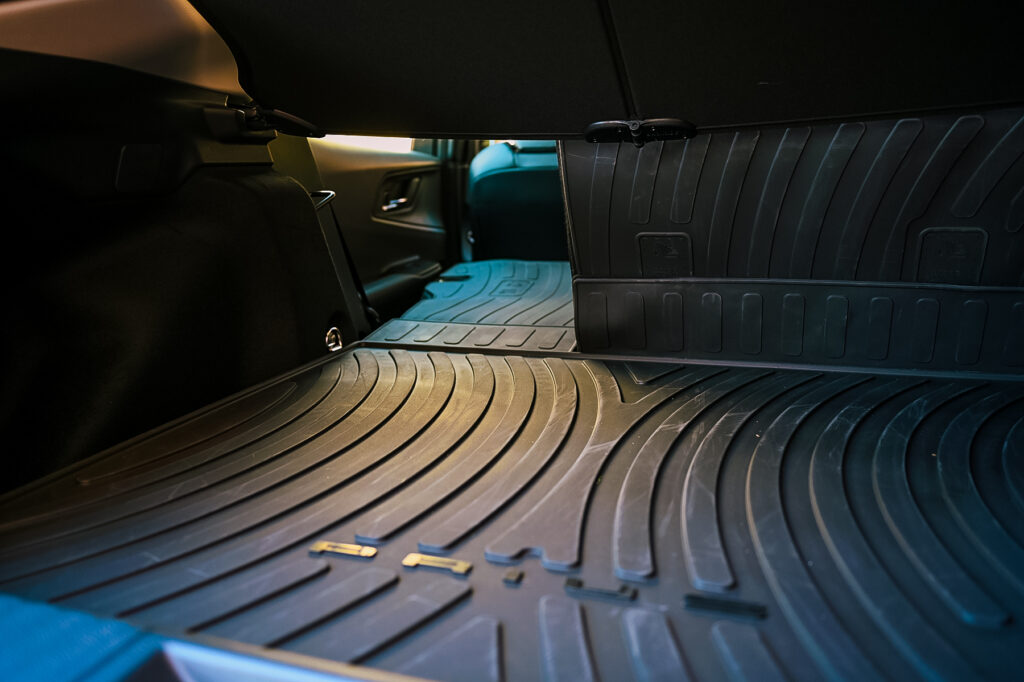
Inside there are cup holders galore, lots of space in the center console for all of your trinkets and even a hidden storage compartment that is emblazoned with the line #hiddenstorage. The wireless phone charger worked really well during our time with the Prius and didn’t overheat my phone in the least. In the back, the rear seats fold down for added versatility. On that trip to Chicago I mentioned earlier, my daughter was with me and we fit two rather large duffel bags in the trunk with ease. So there is plenty of room for the week in/week out activities you would put a Prius through.
Verdict: A Prius with Personality, Finally
The updated Toyota Prius manages to keep all the things people love about this hybrid—remarkable fuel economy, reliability, and practicality—while adding style and a dash of excitement. This new model feels like it’s grown up, with enough power to handle highway speeds with ease and an interior that finally feels modern and comfortable.
It’s not without its quirks. The sloping roofline compromises rear headroom, and the steering wheel can block the instrument display depending on your seating position. But these are minor drawbacks in an otherwise well-rounded package.
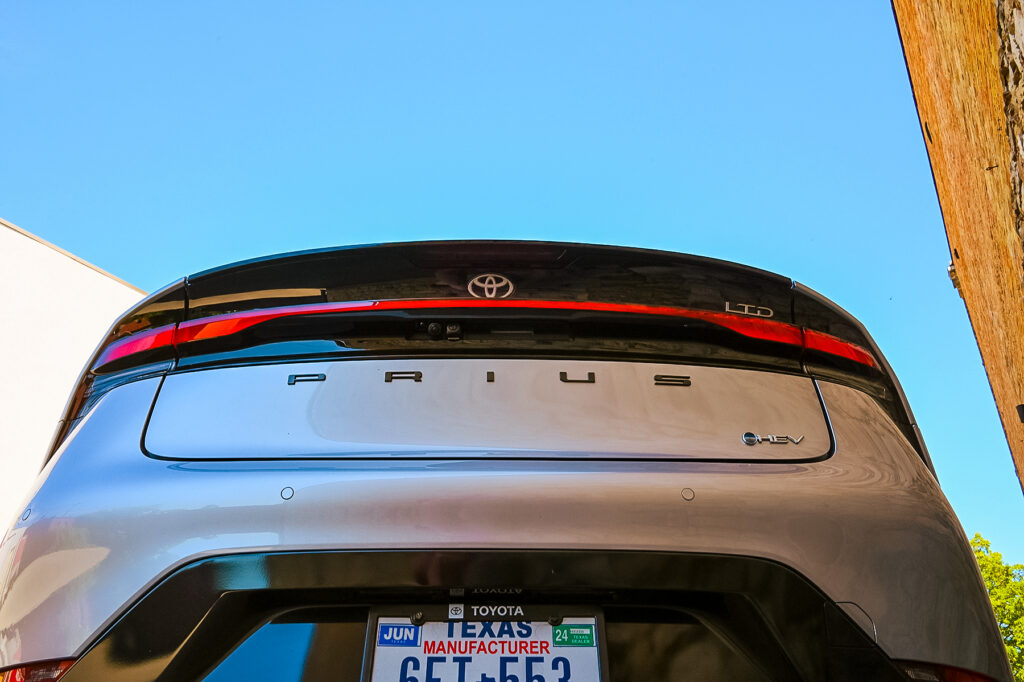
For the first time, the Prius feels like a car you’d want to drive, not just one you drive because it makes sense. It’s efficient, comfortable, and surprisingly fun—a Prius with real personality. Toyota has done a commendable job of balancing the eco-friendly roots of this car with a more engaging design and drive. And if you really want to step up your Prius game, take a look at the Prius Prime which adds even more power to this attractive platform.
